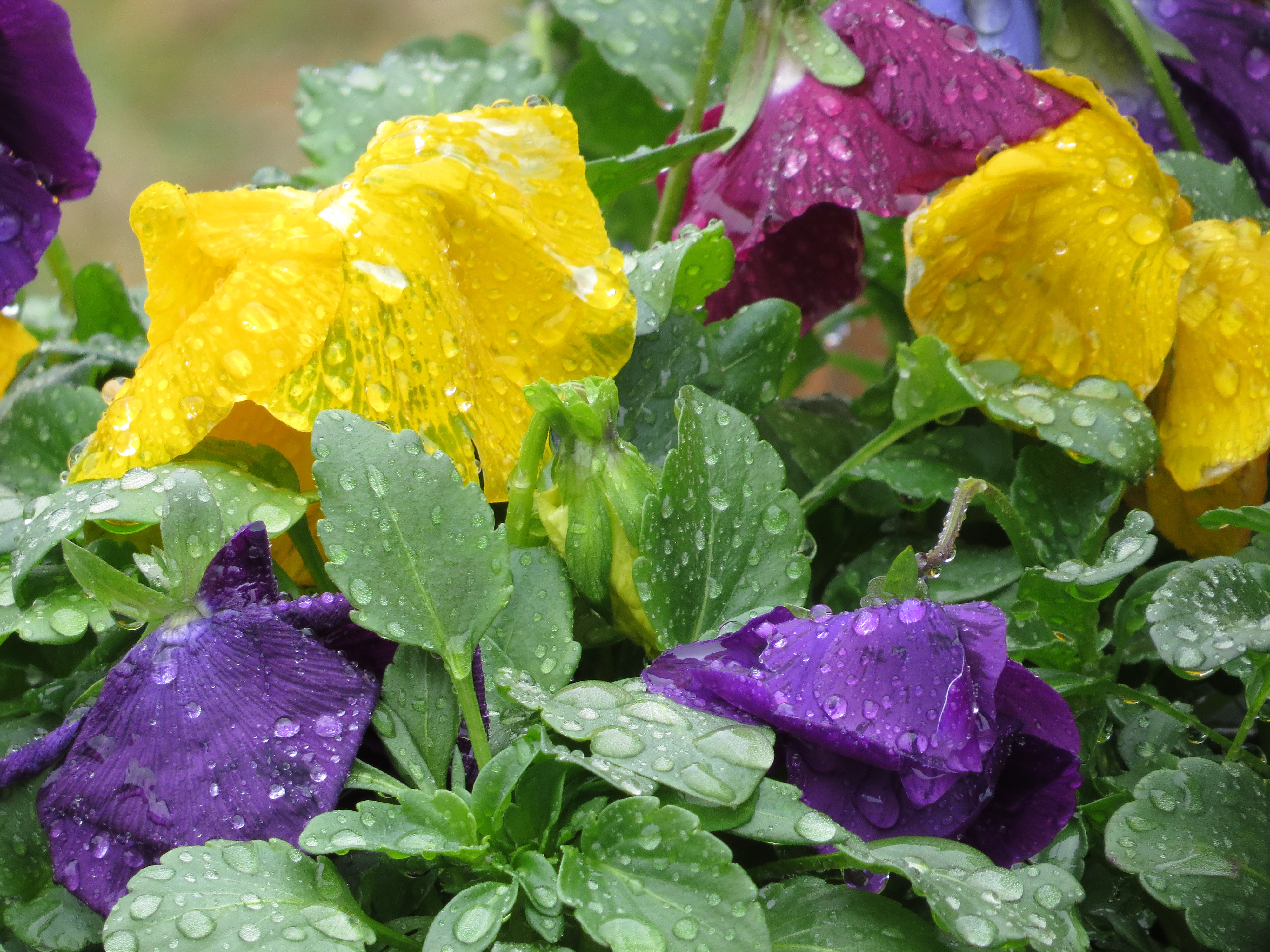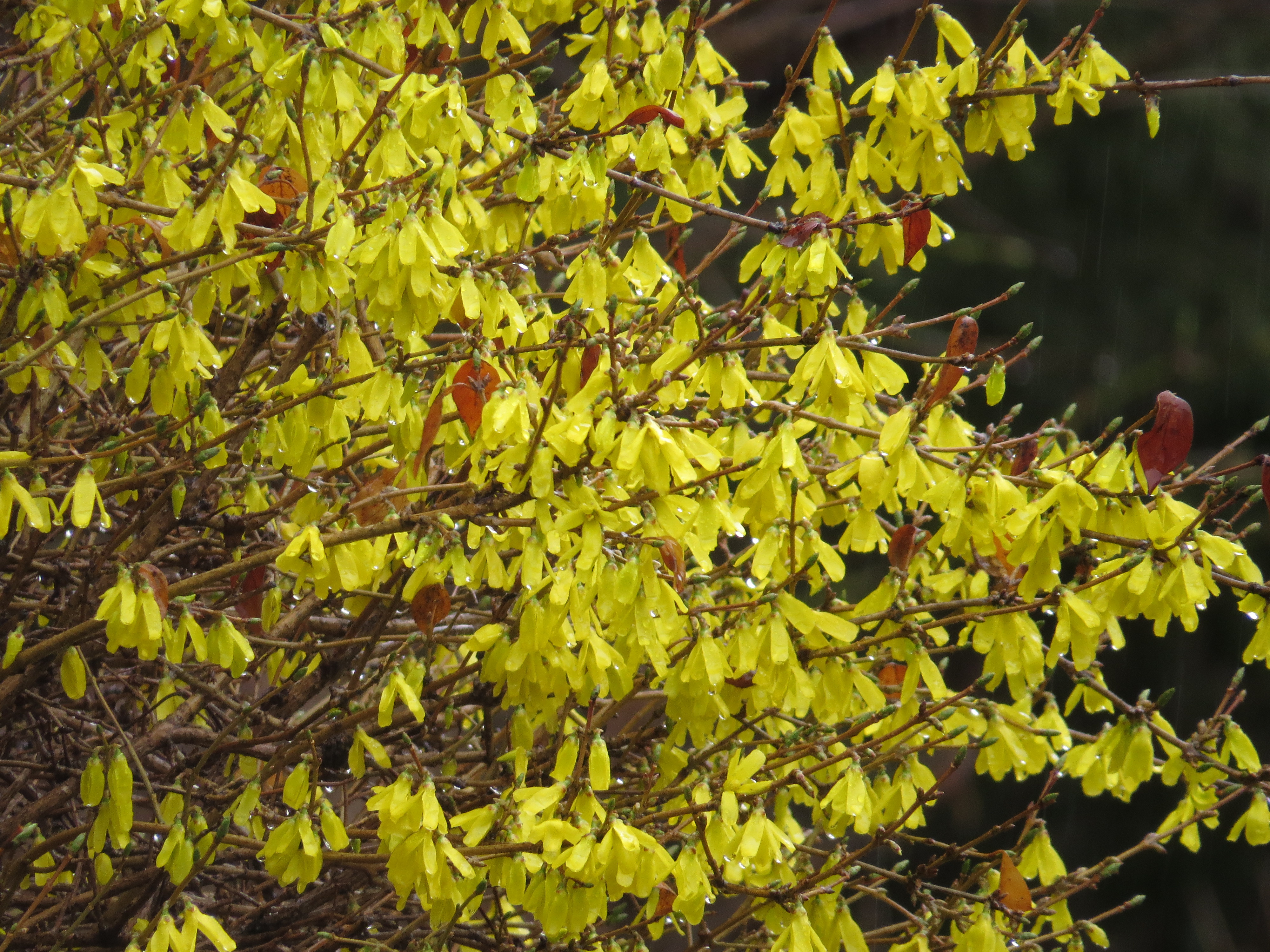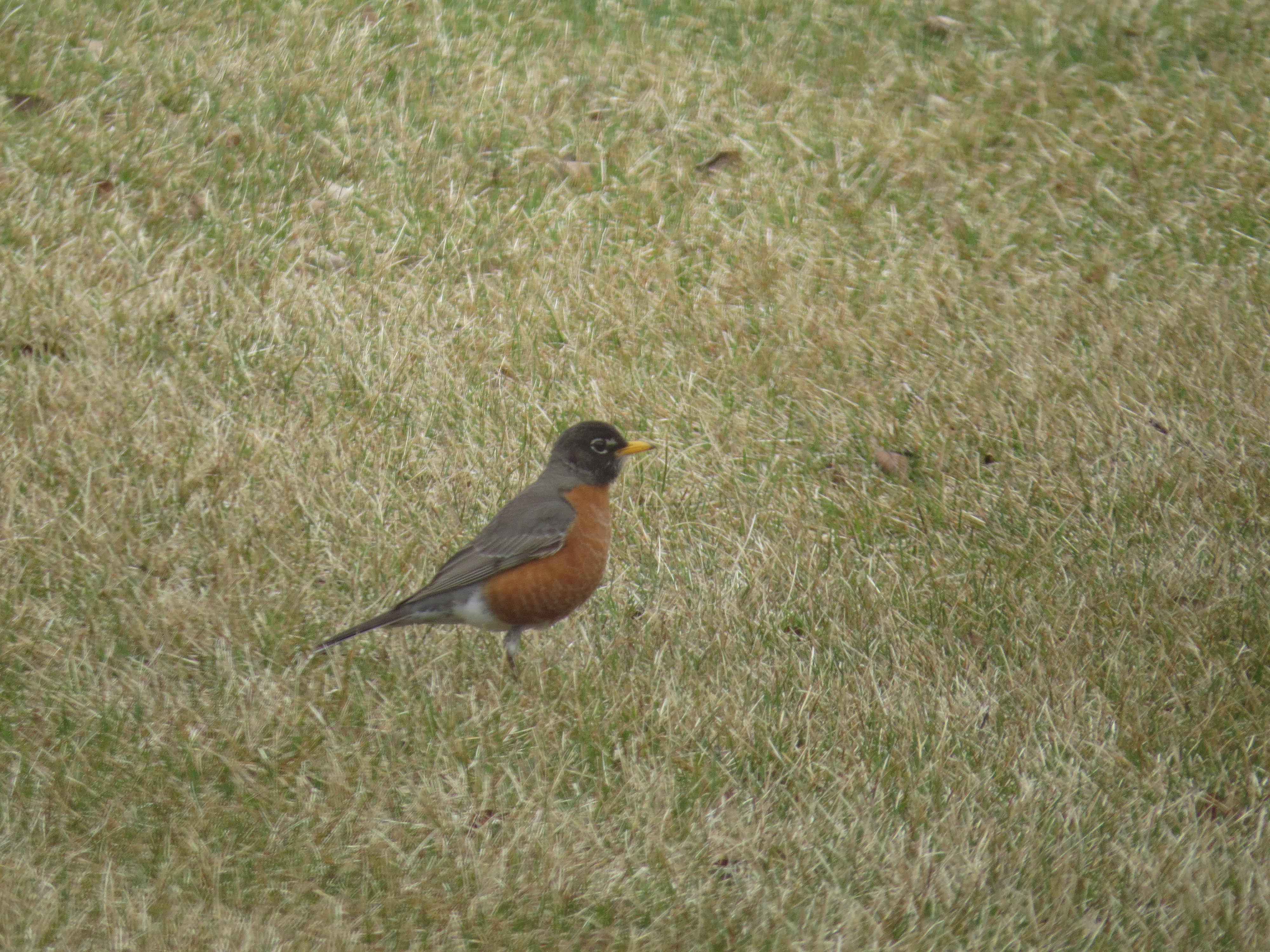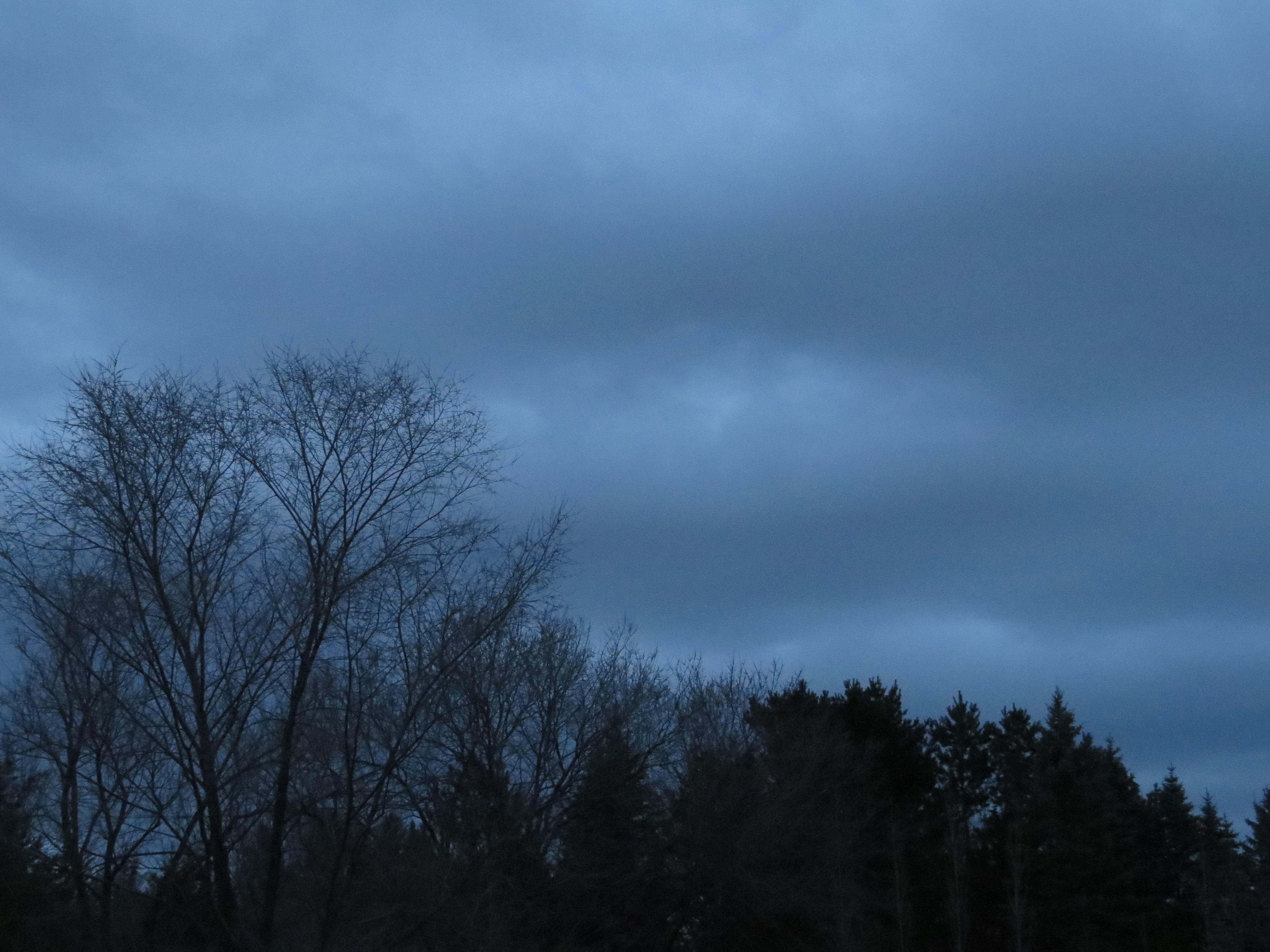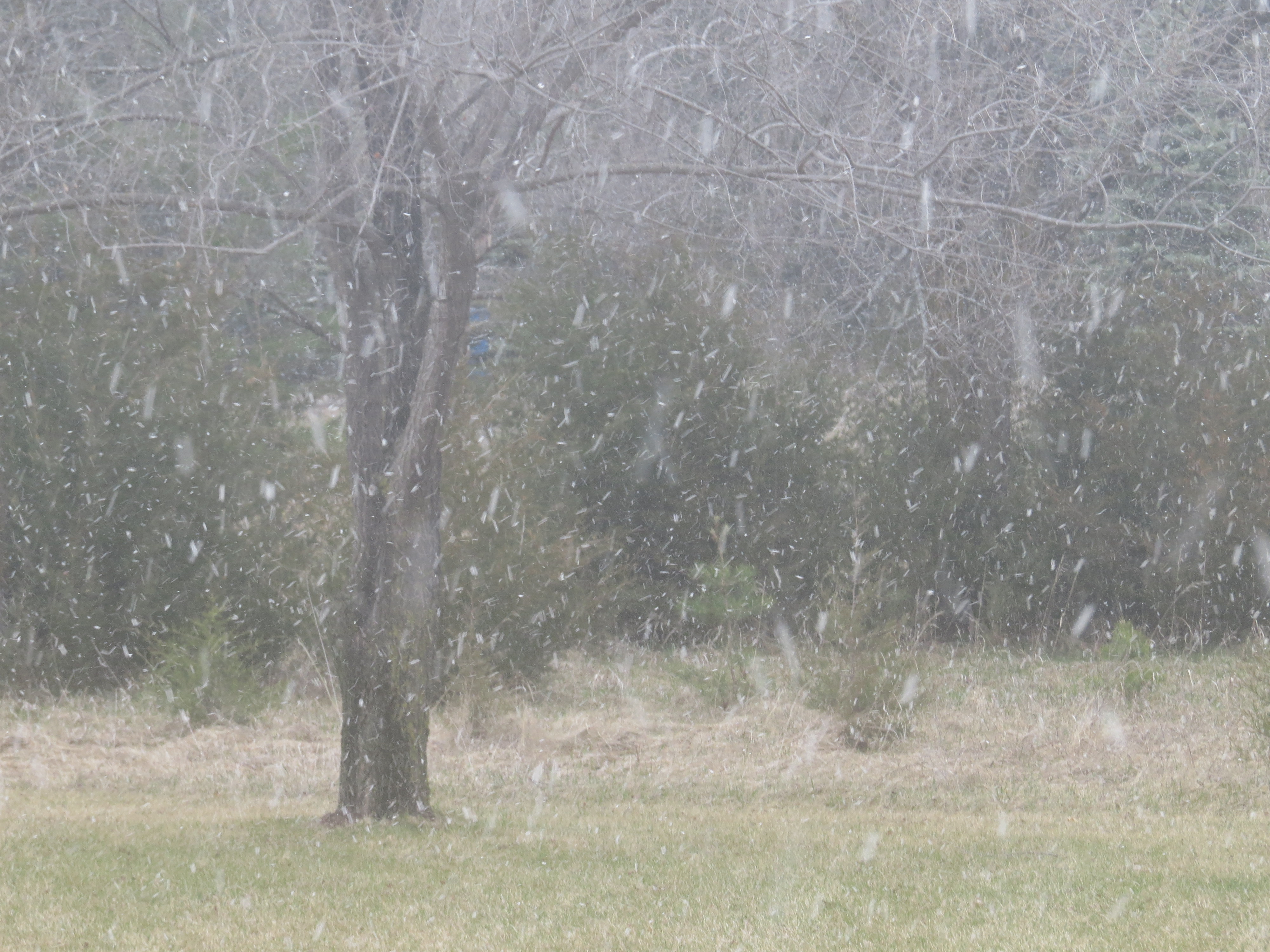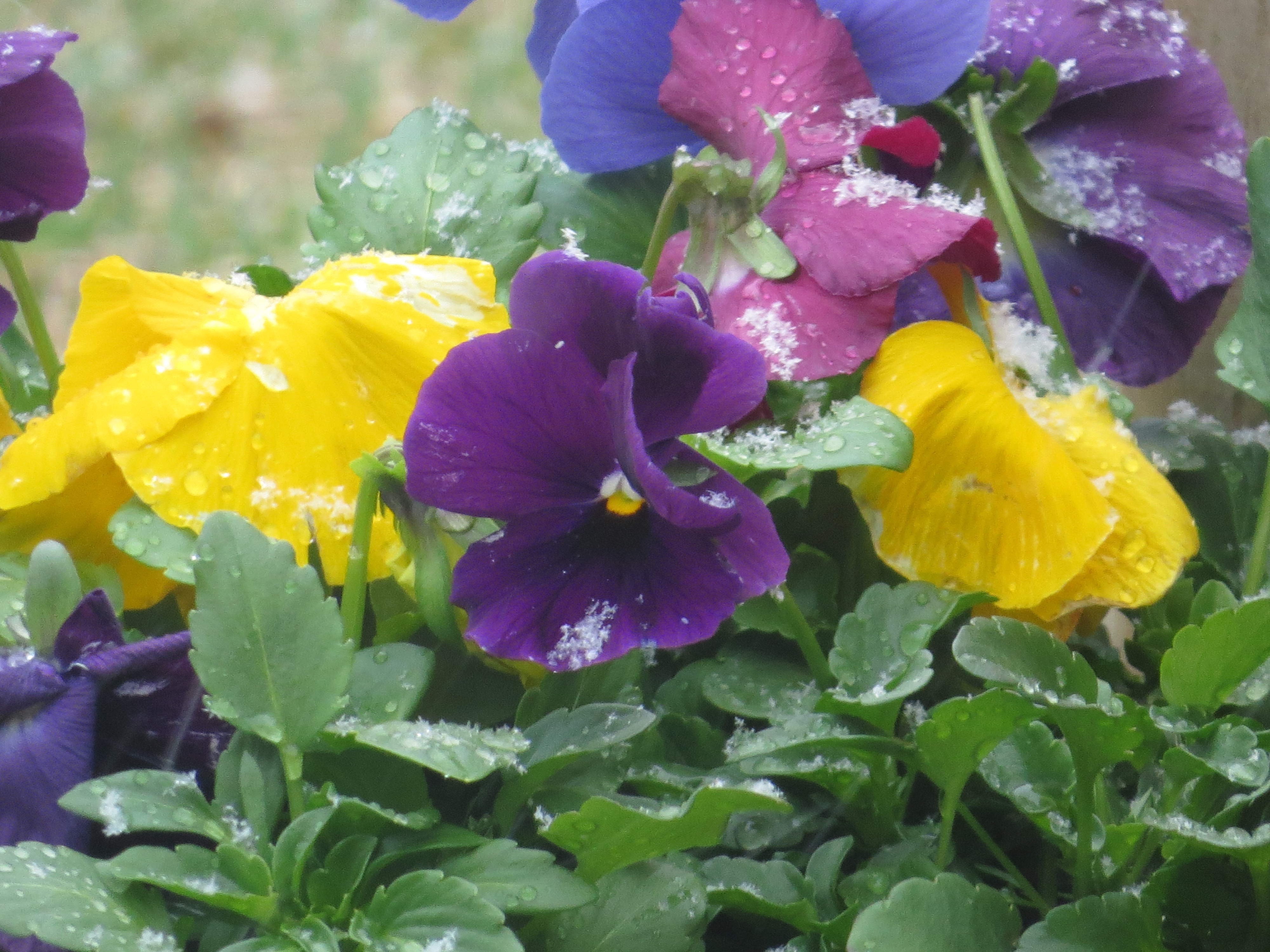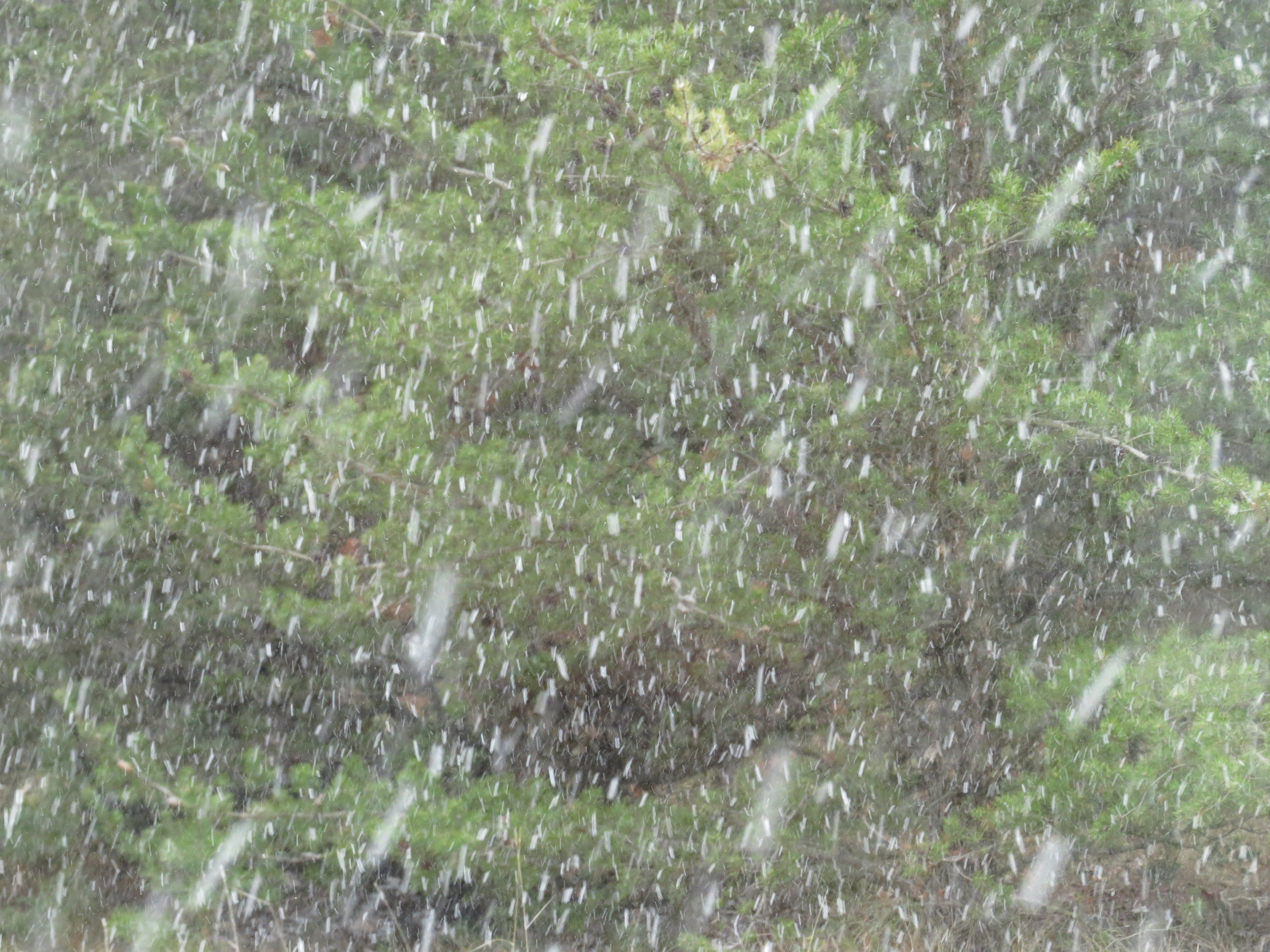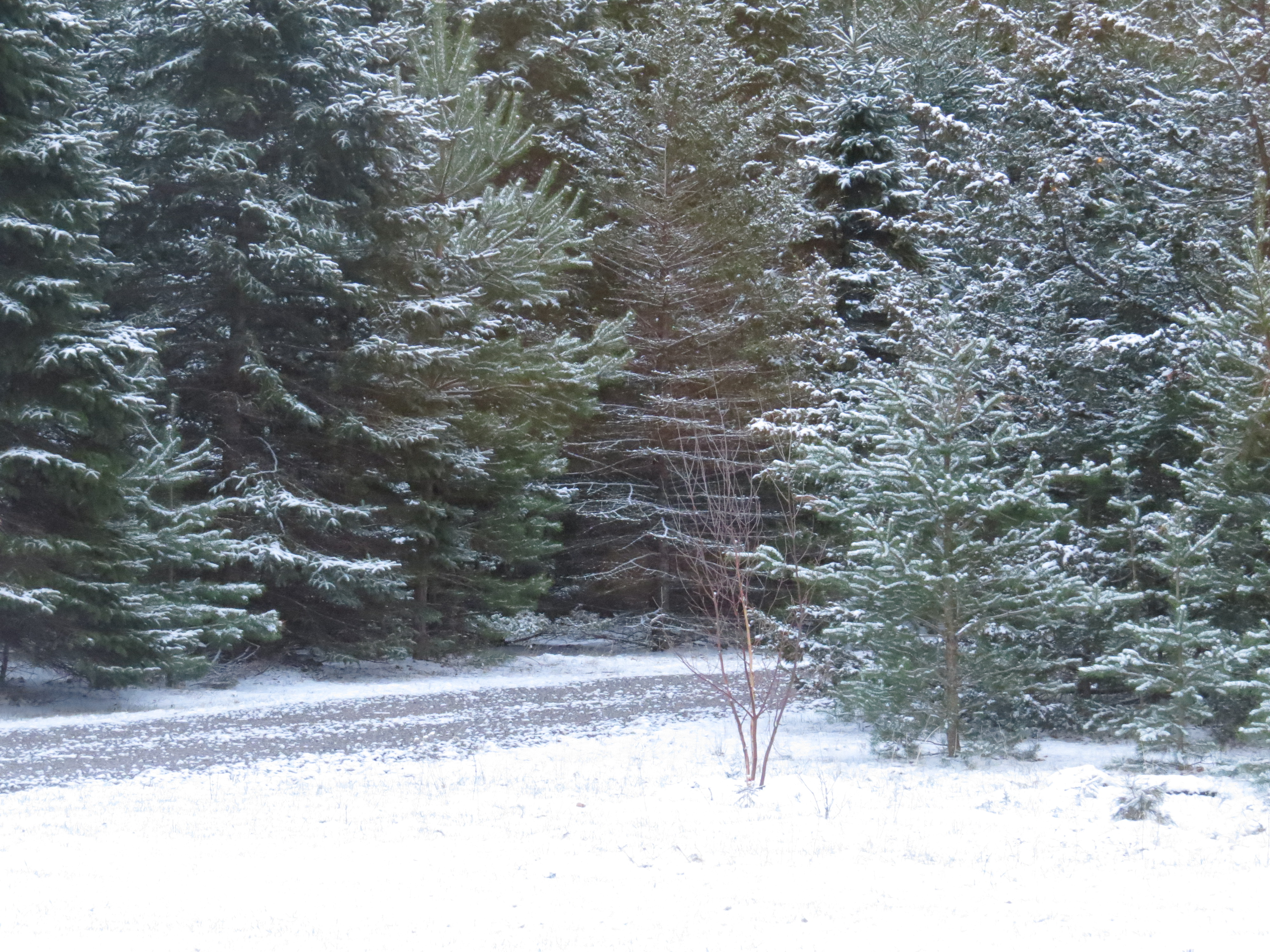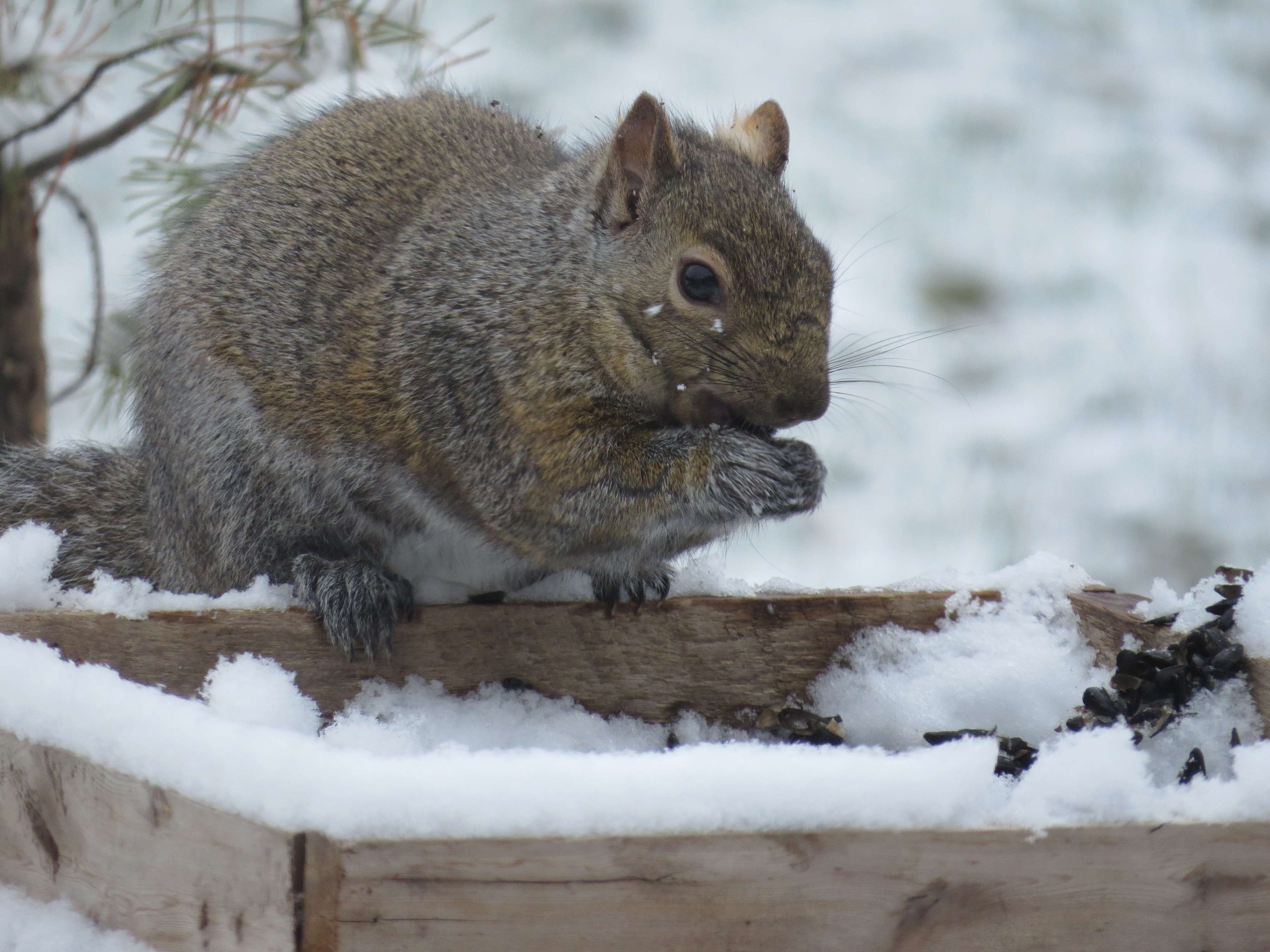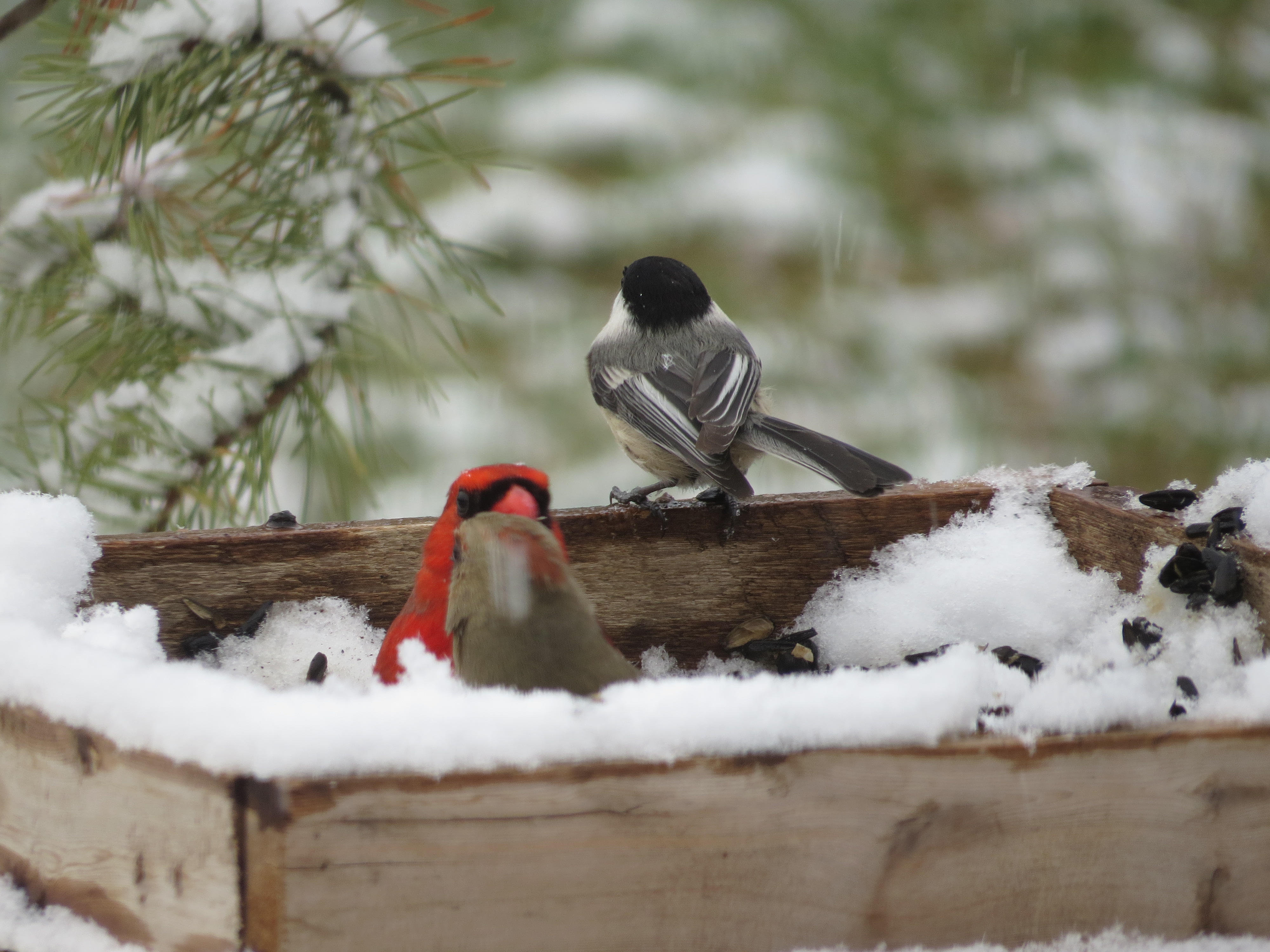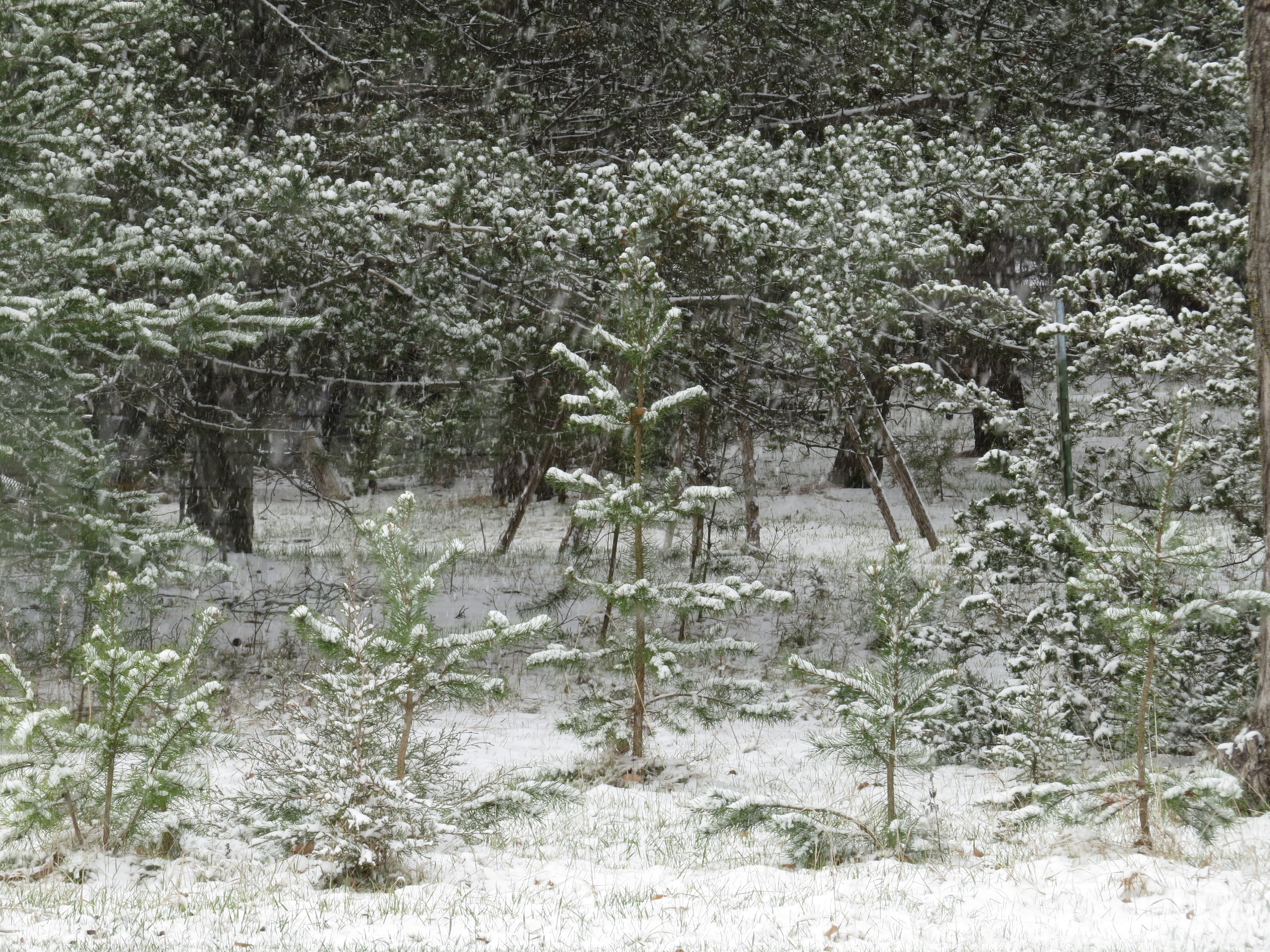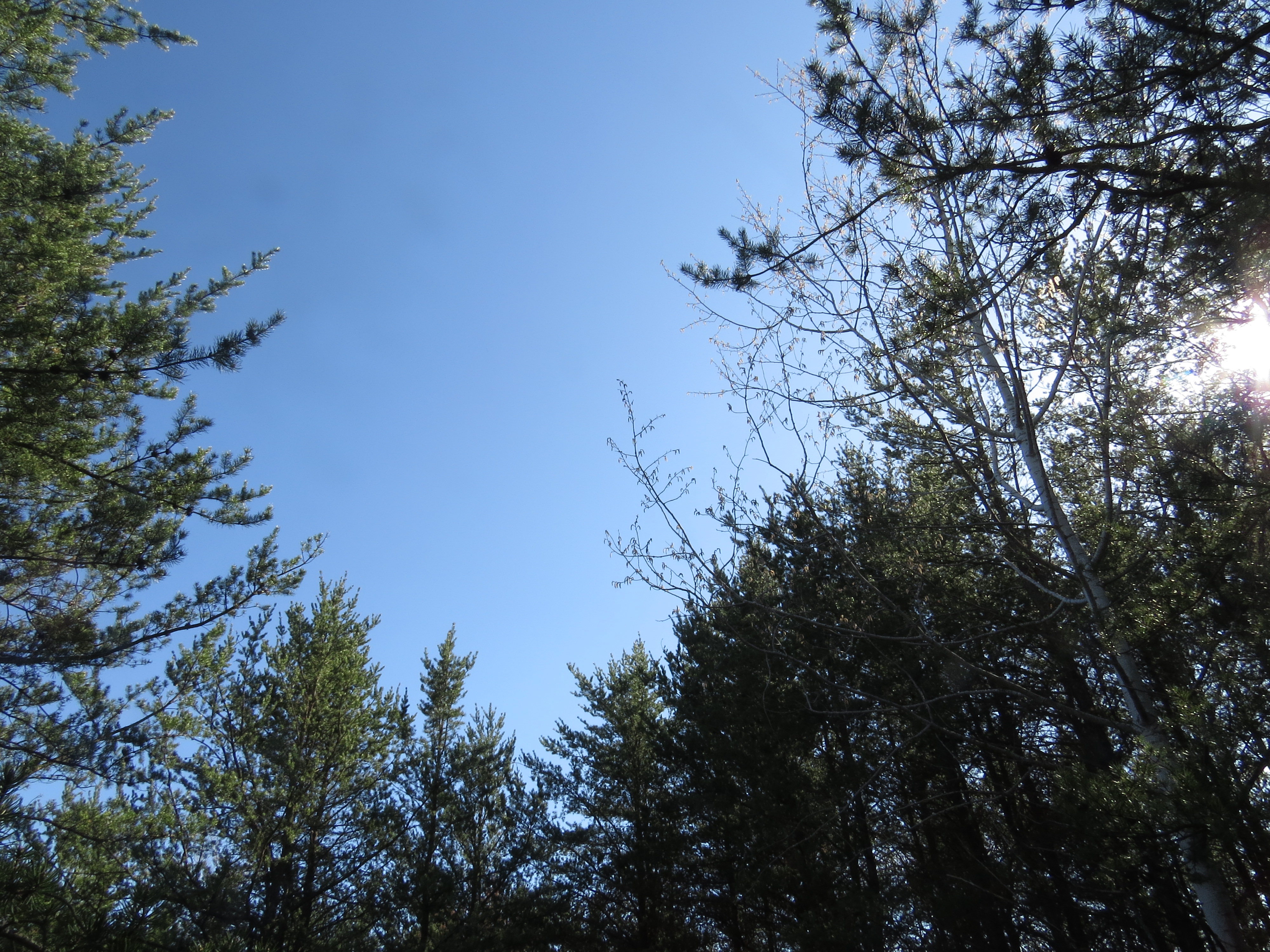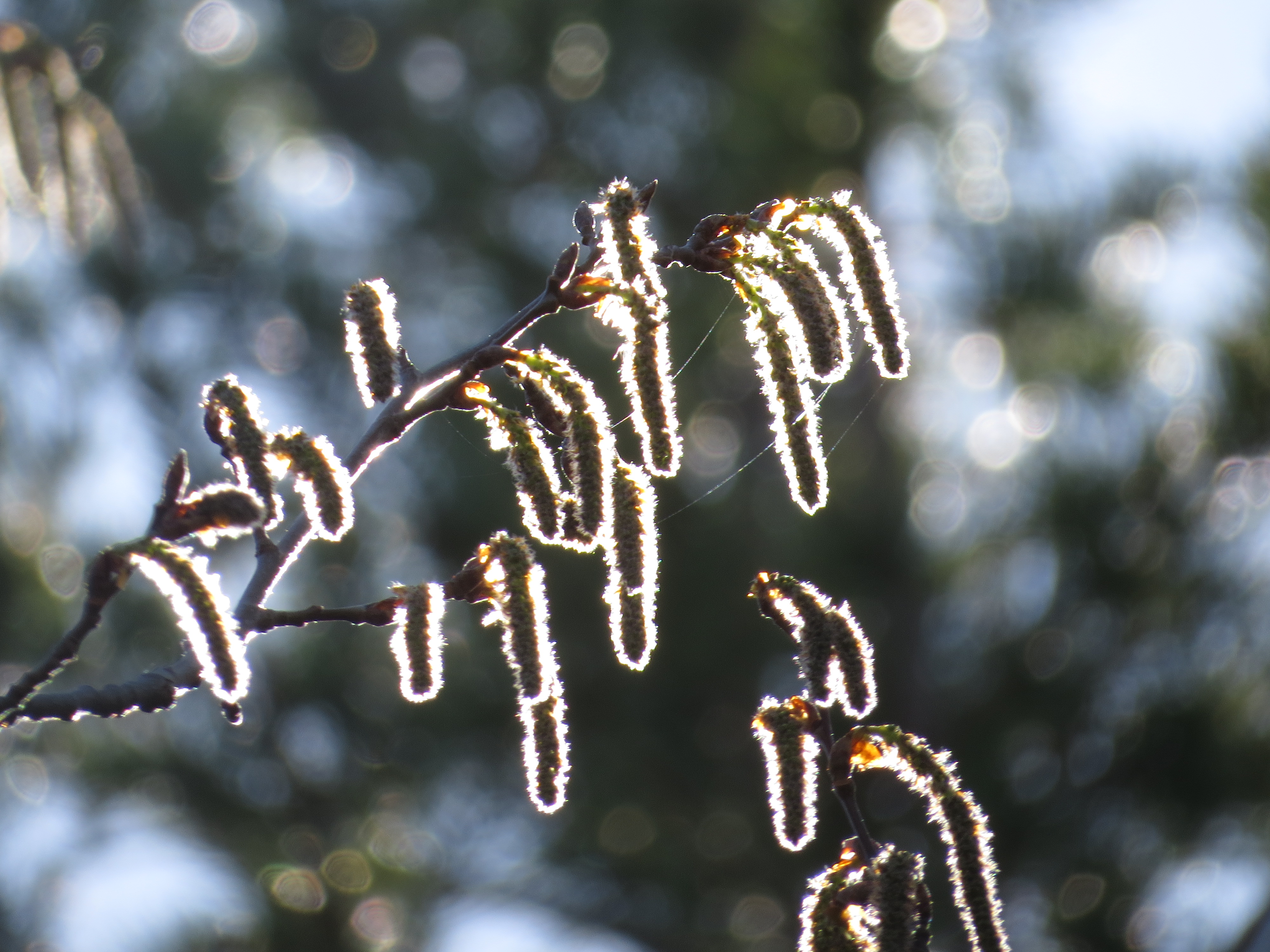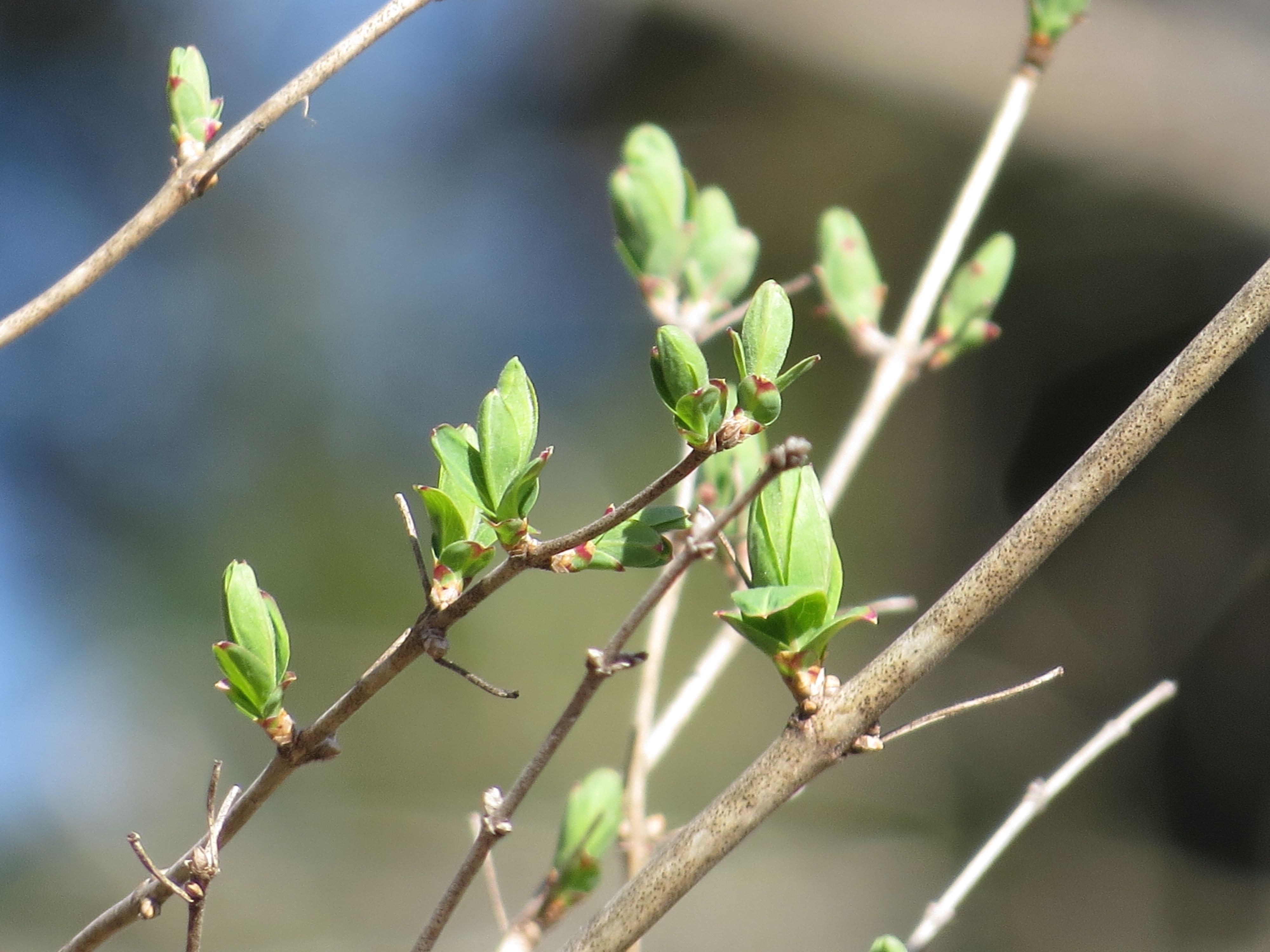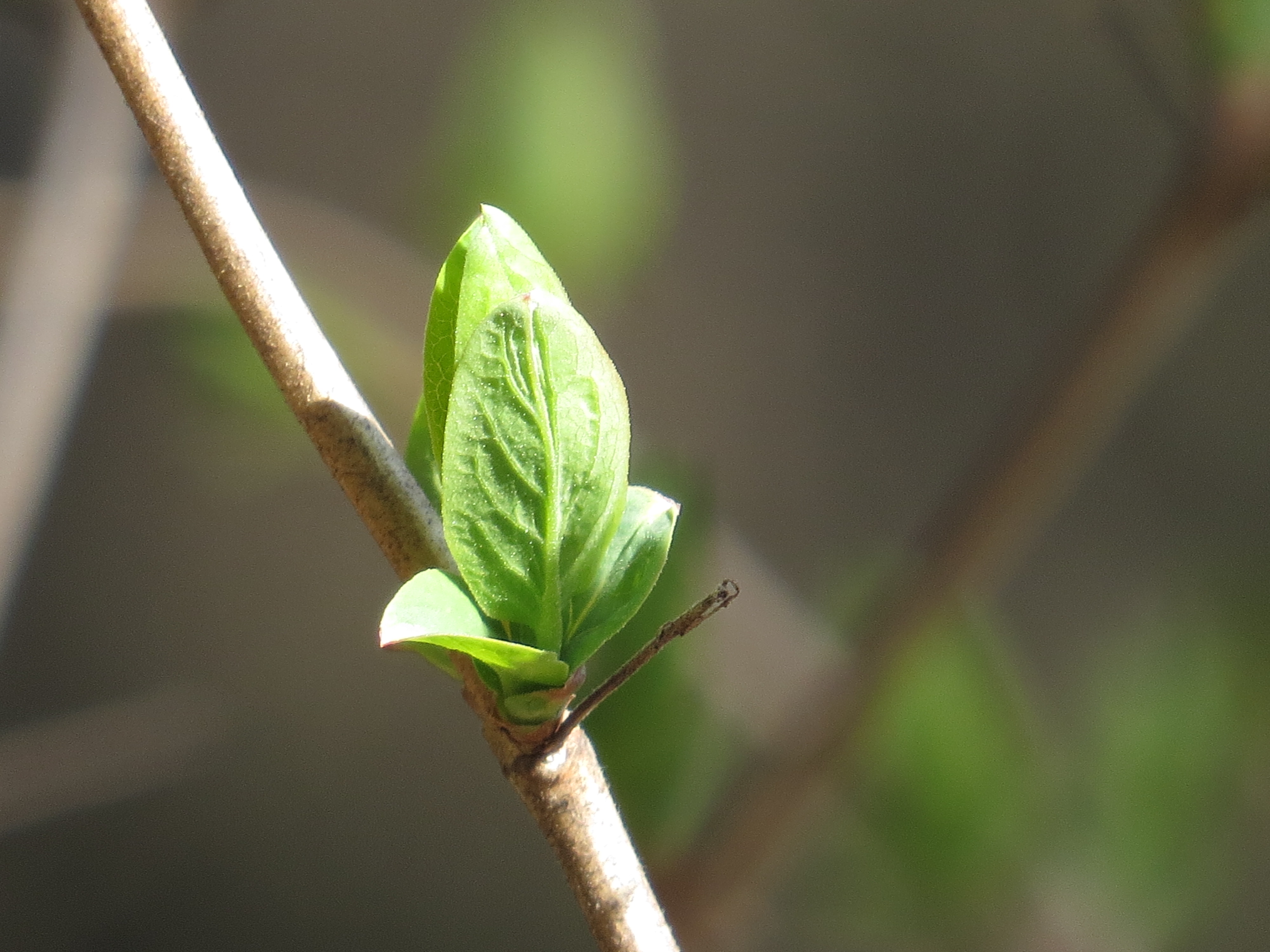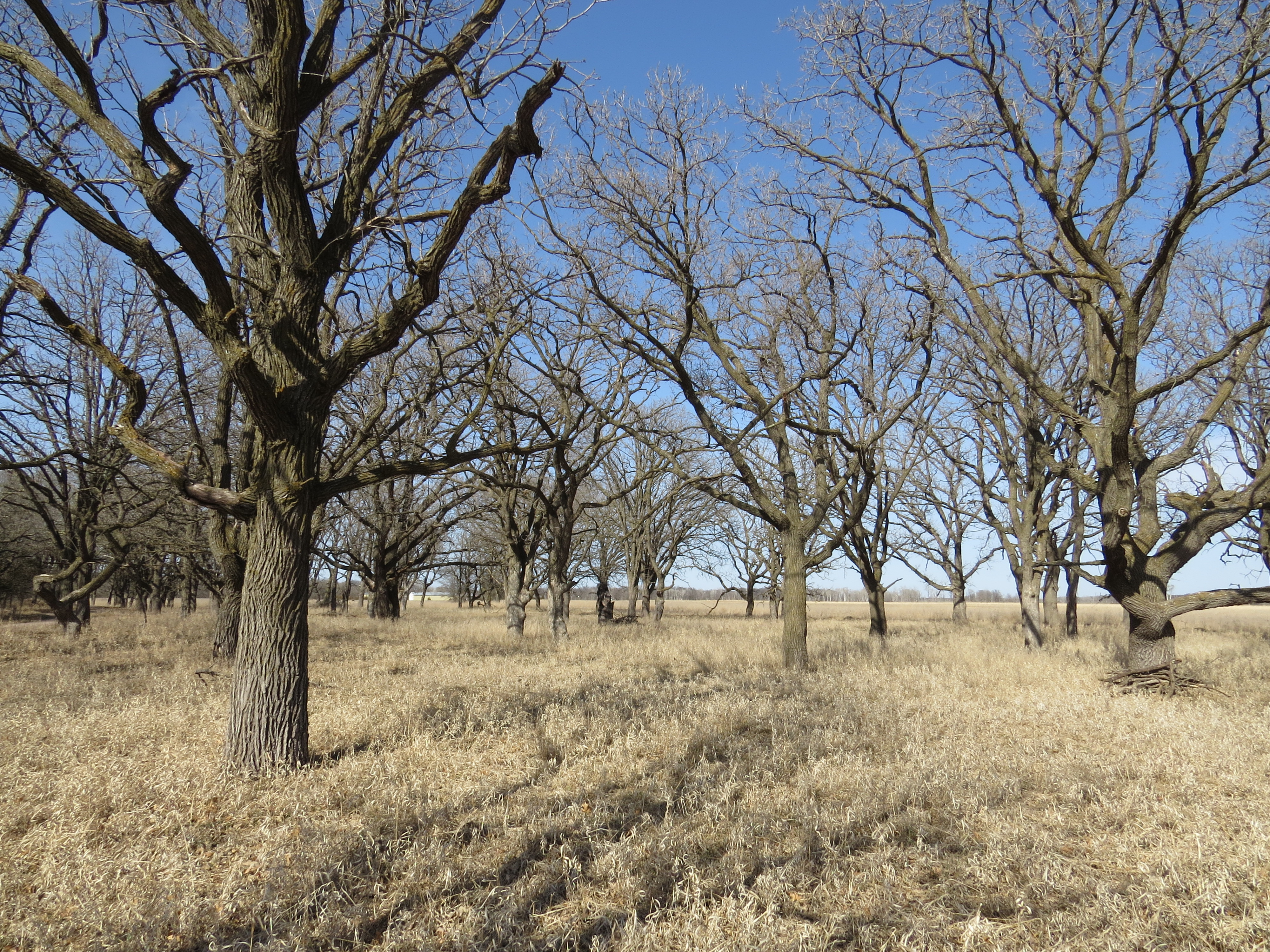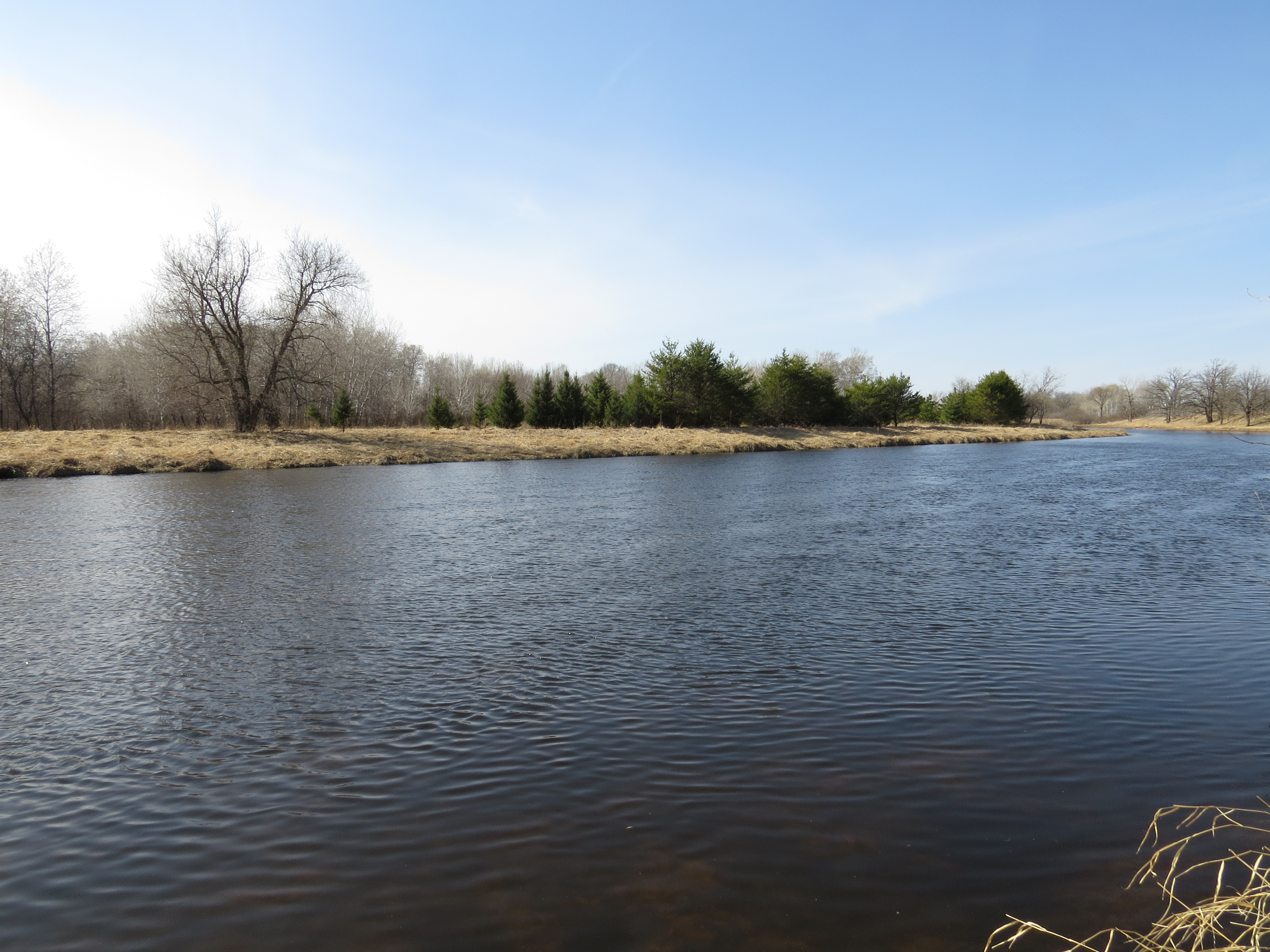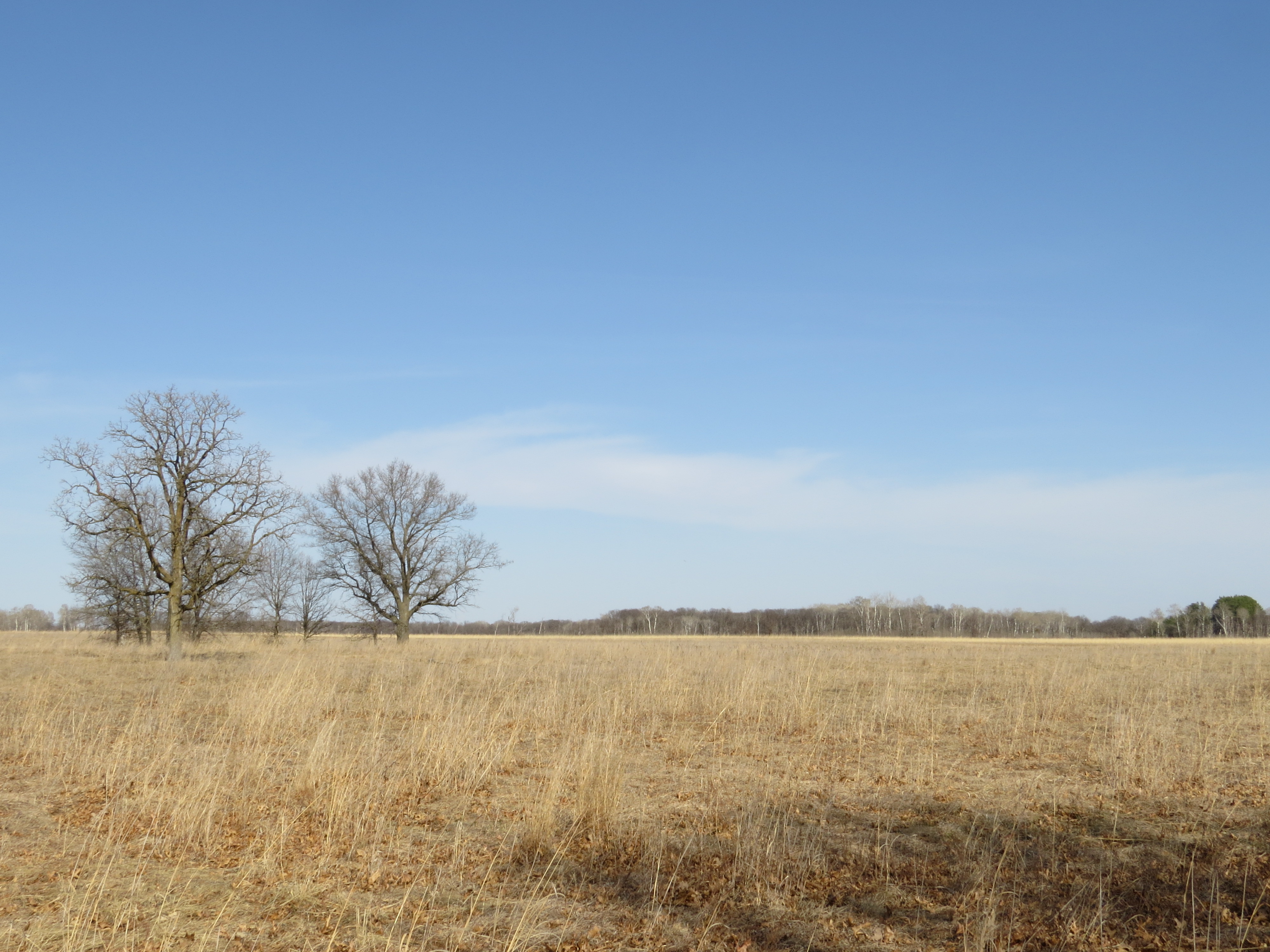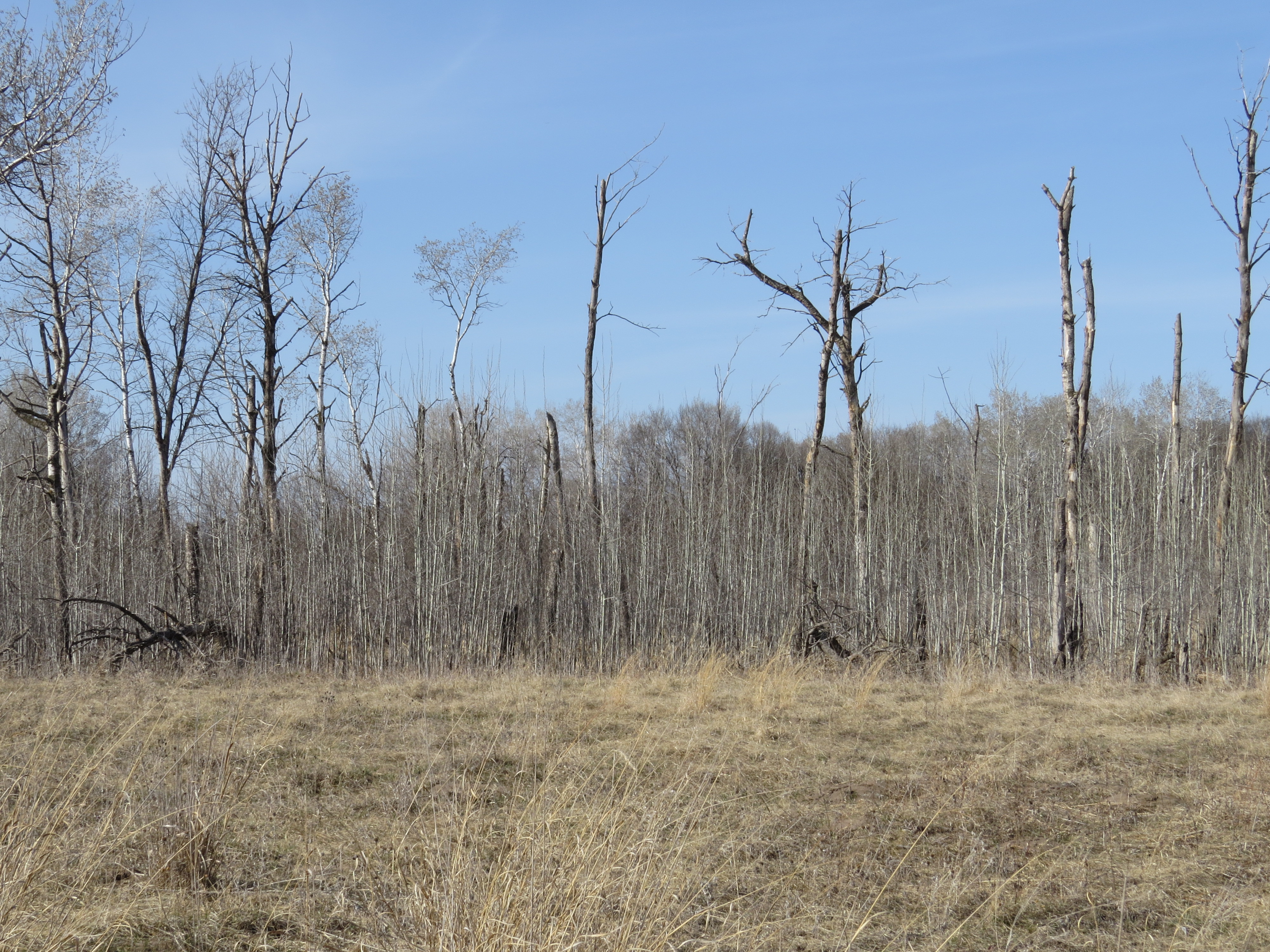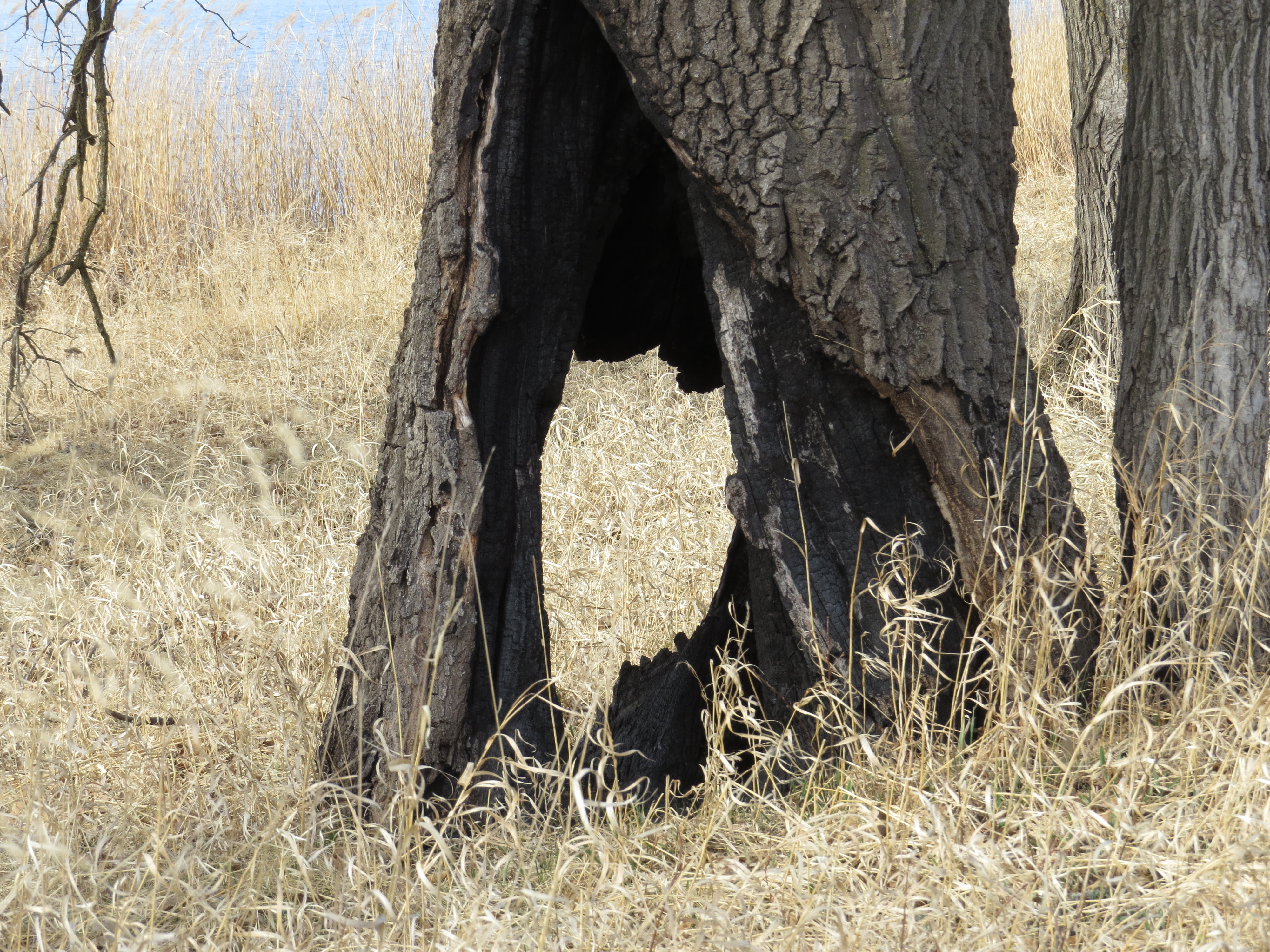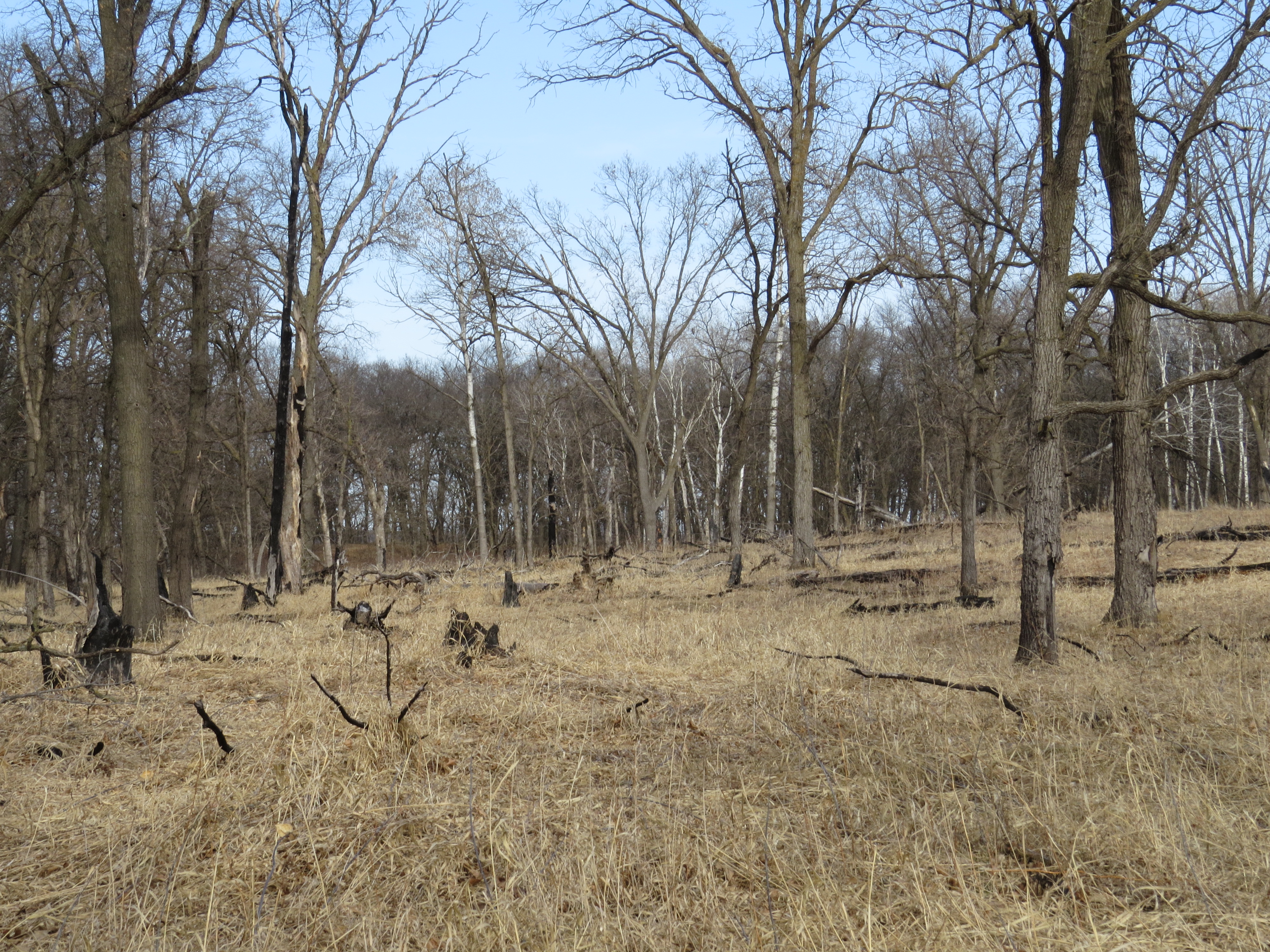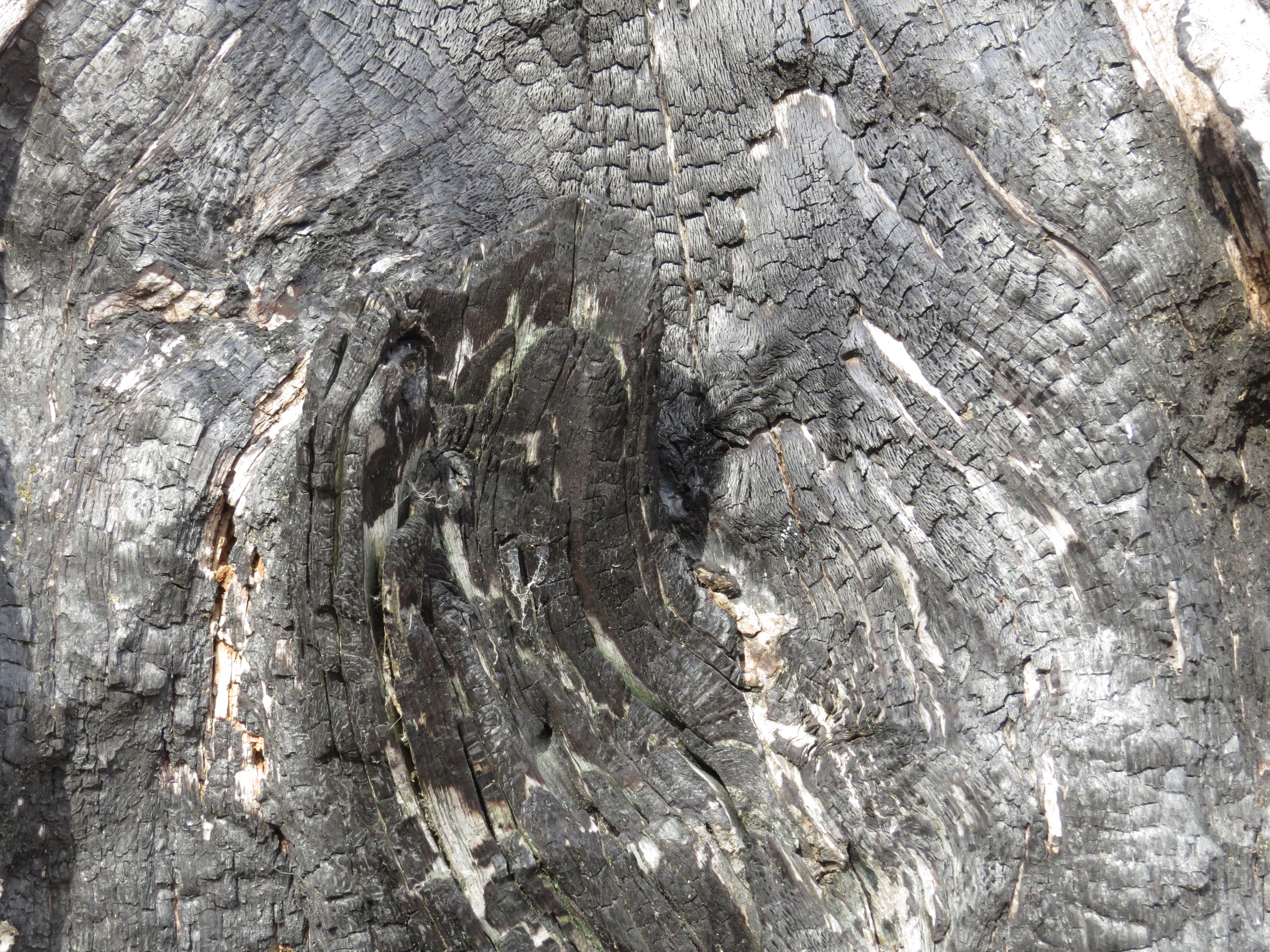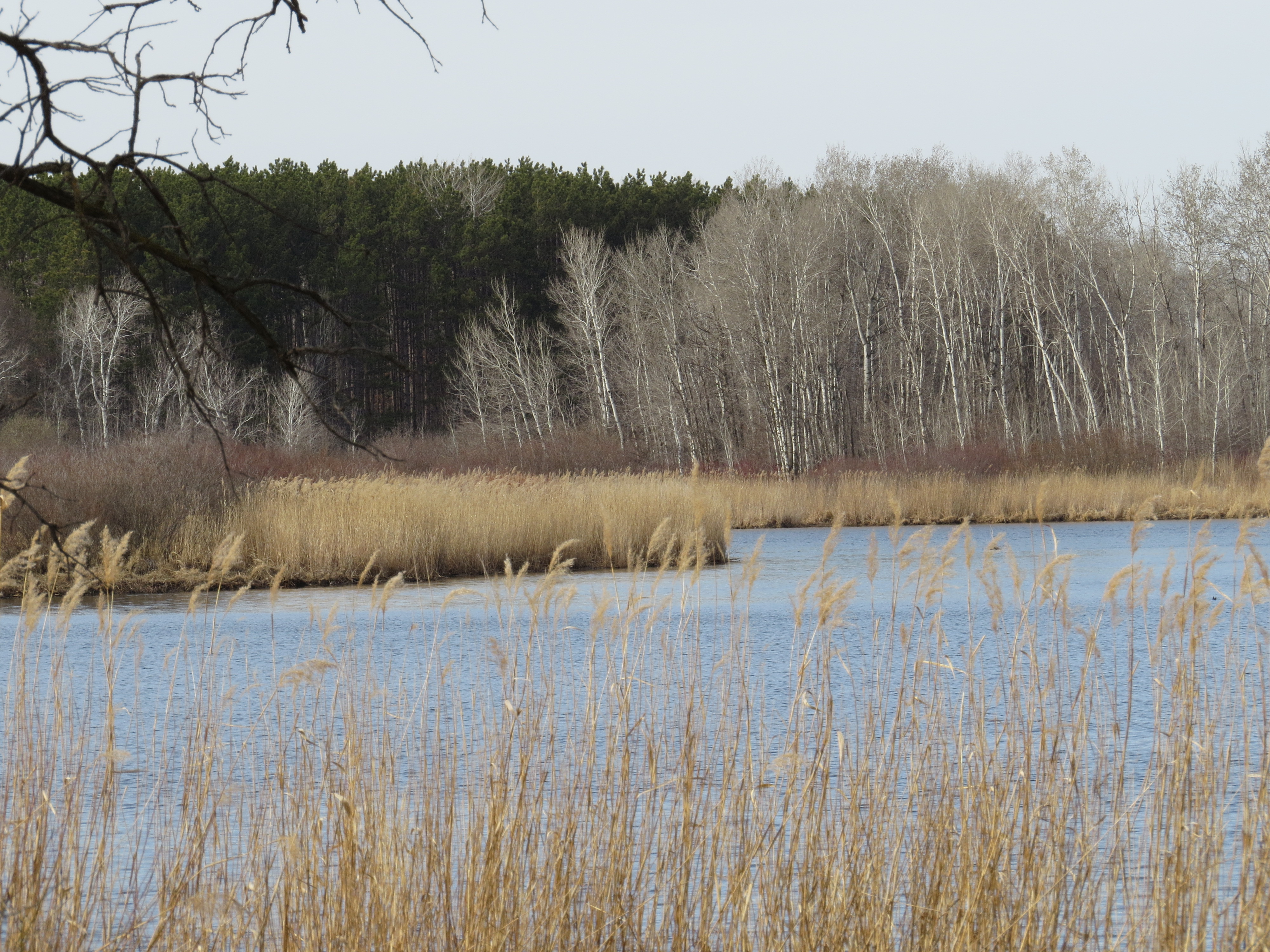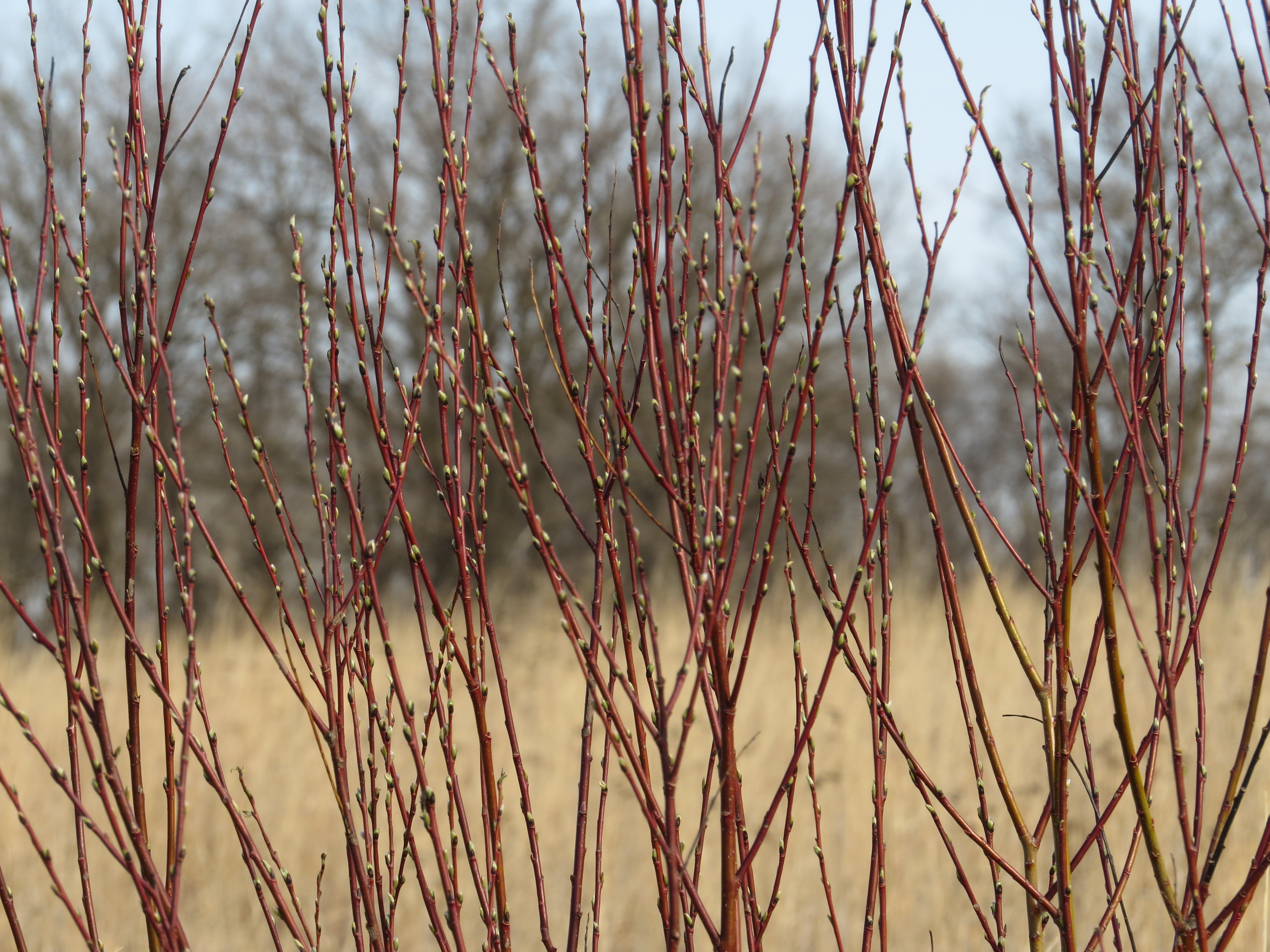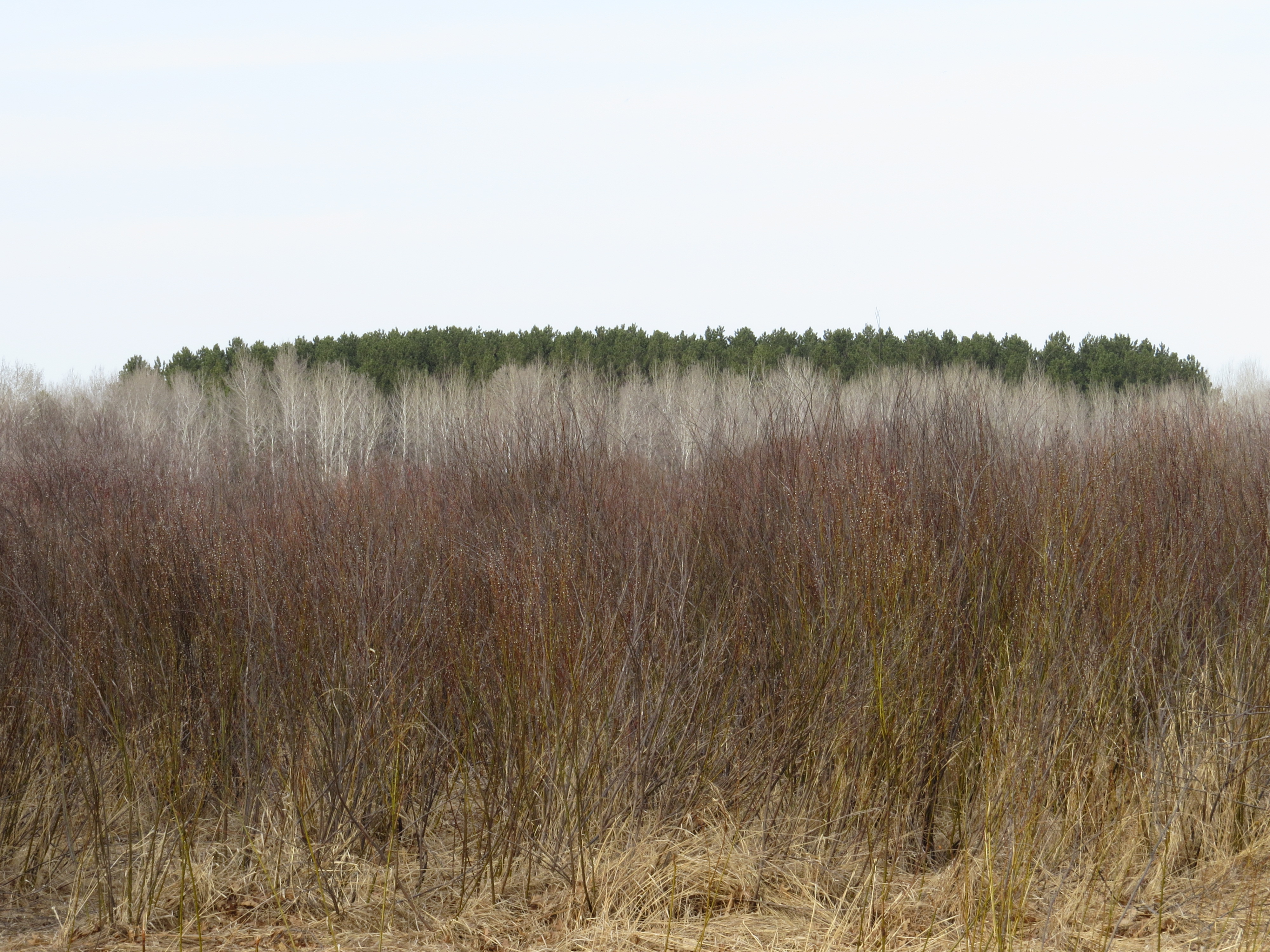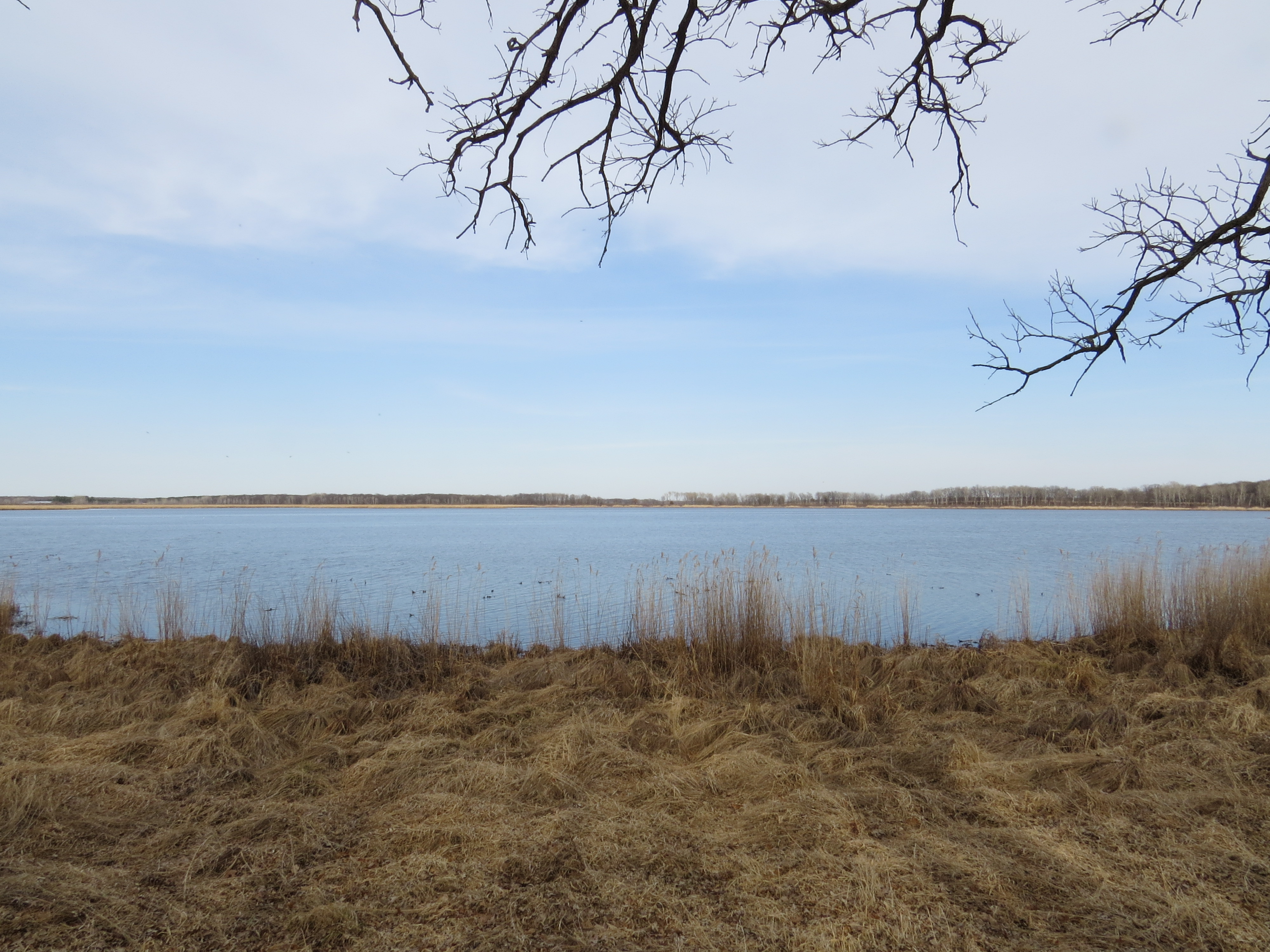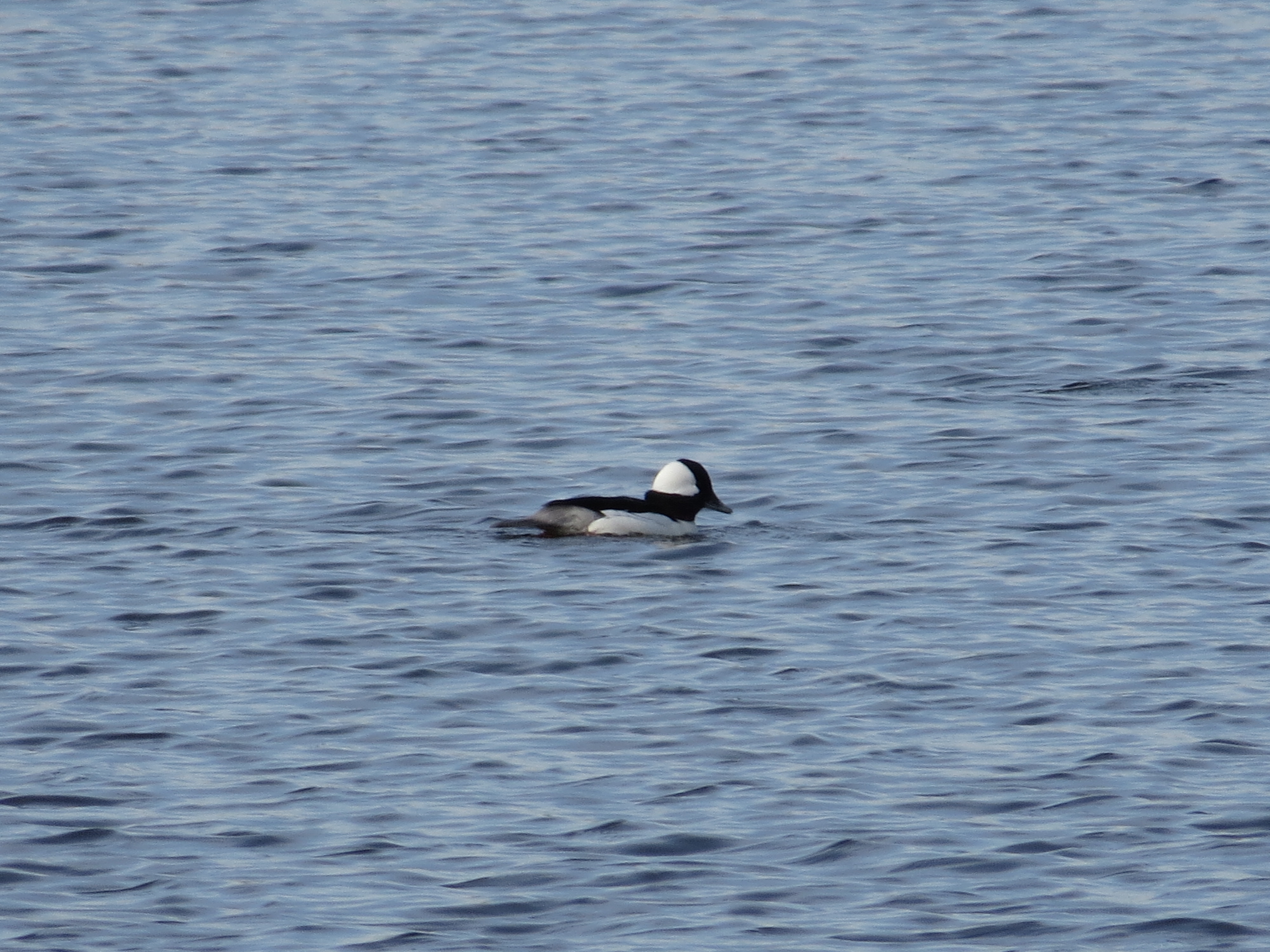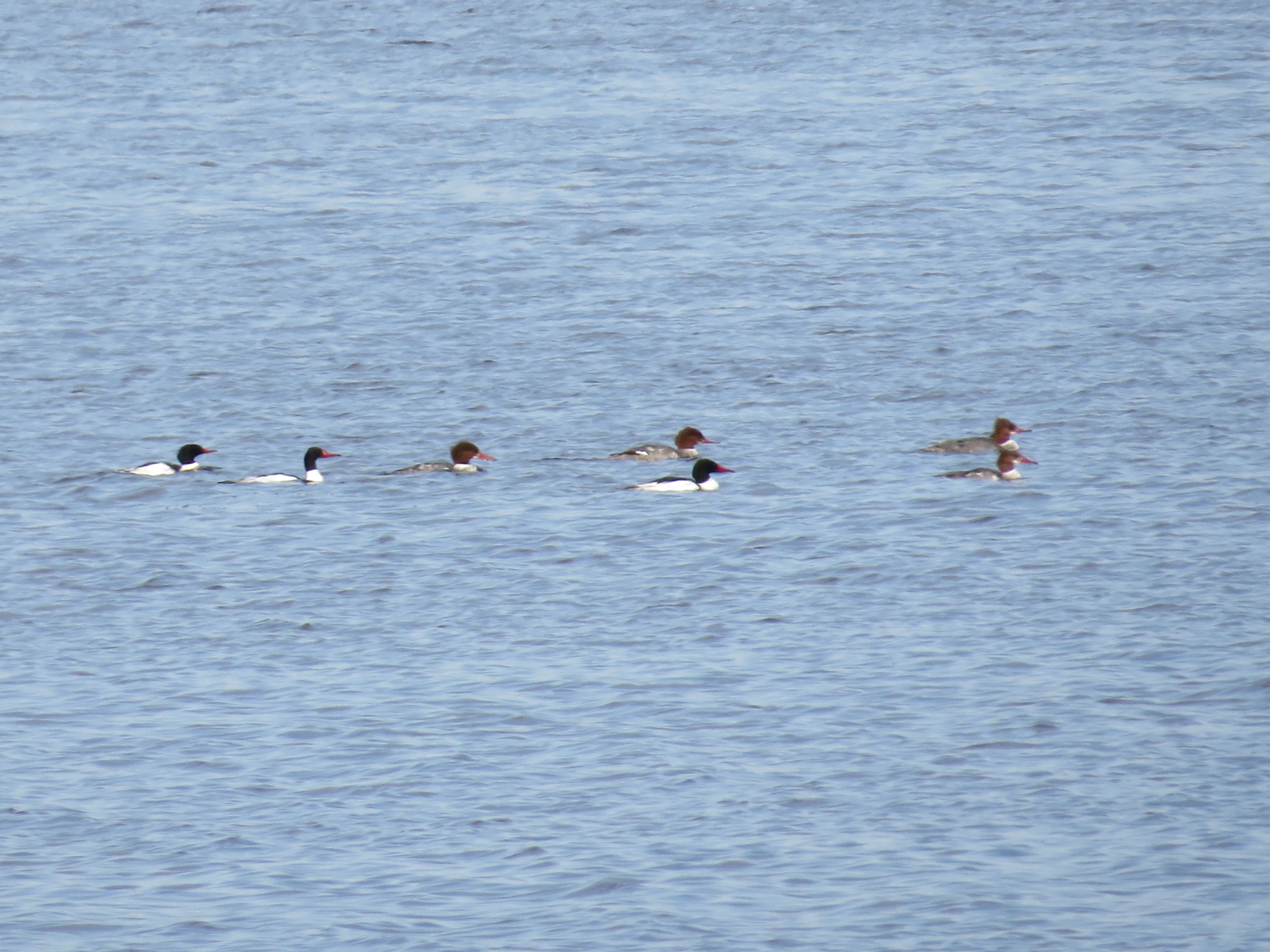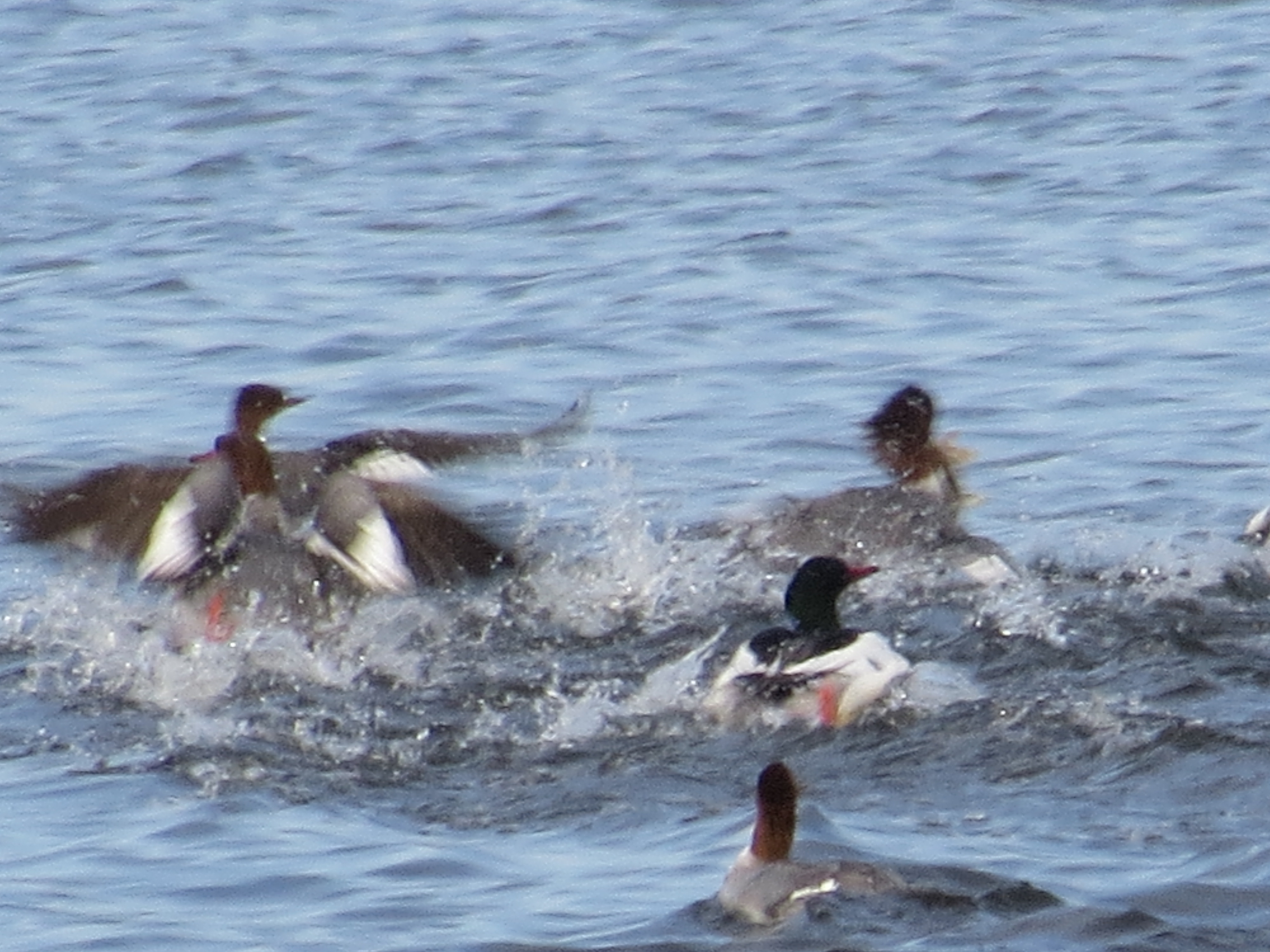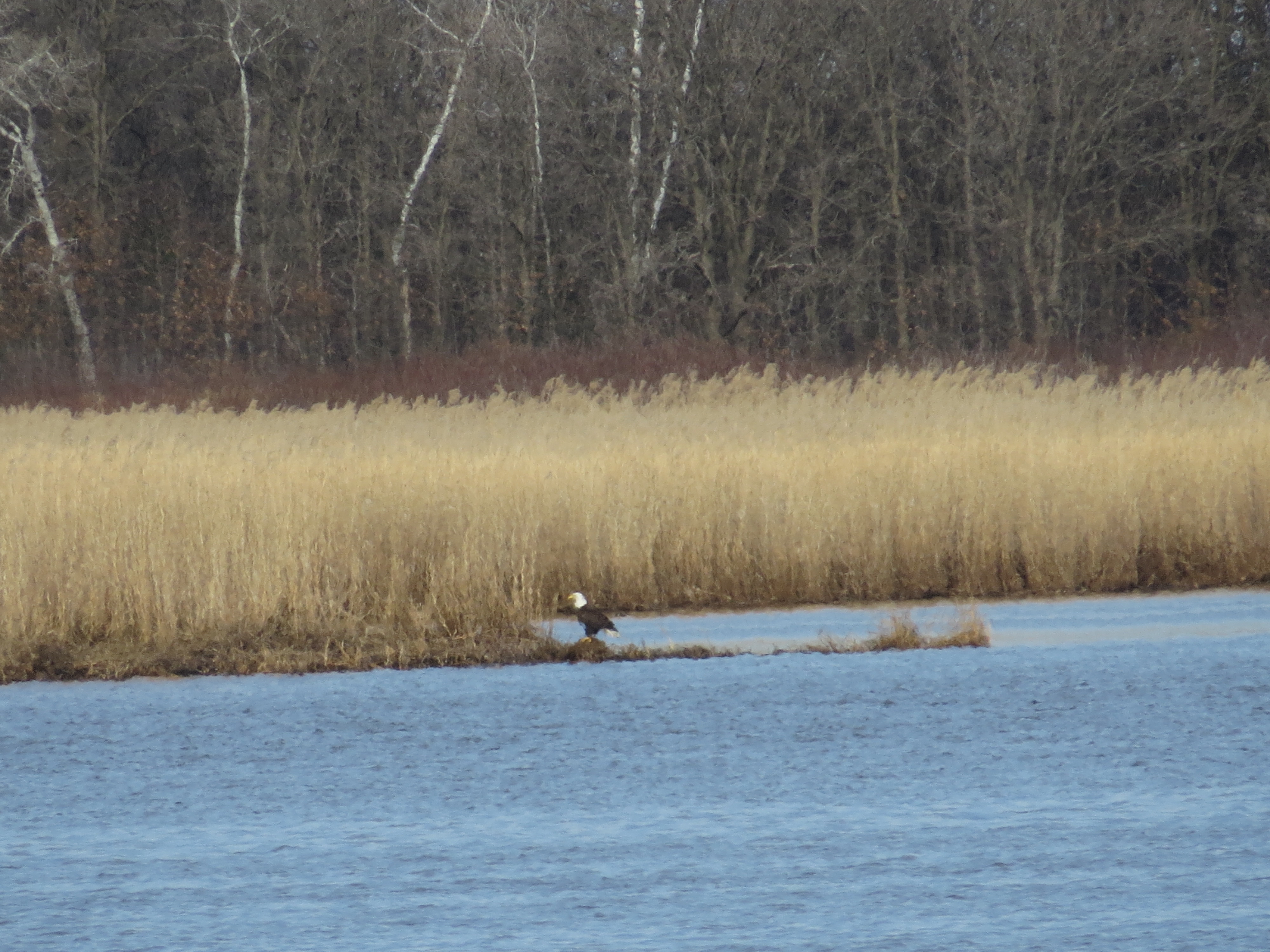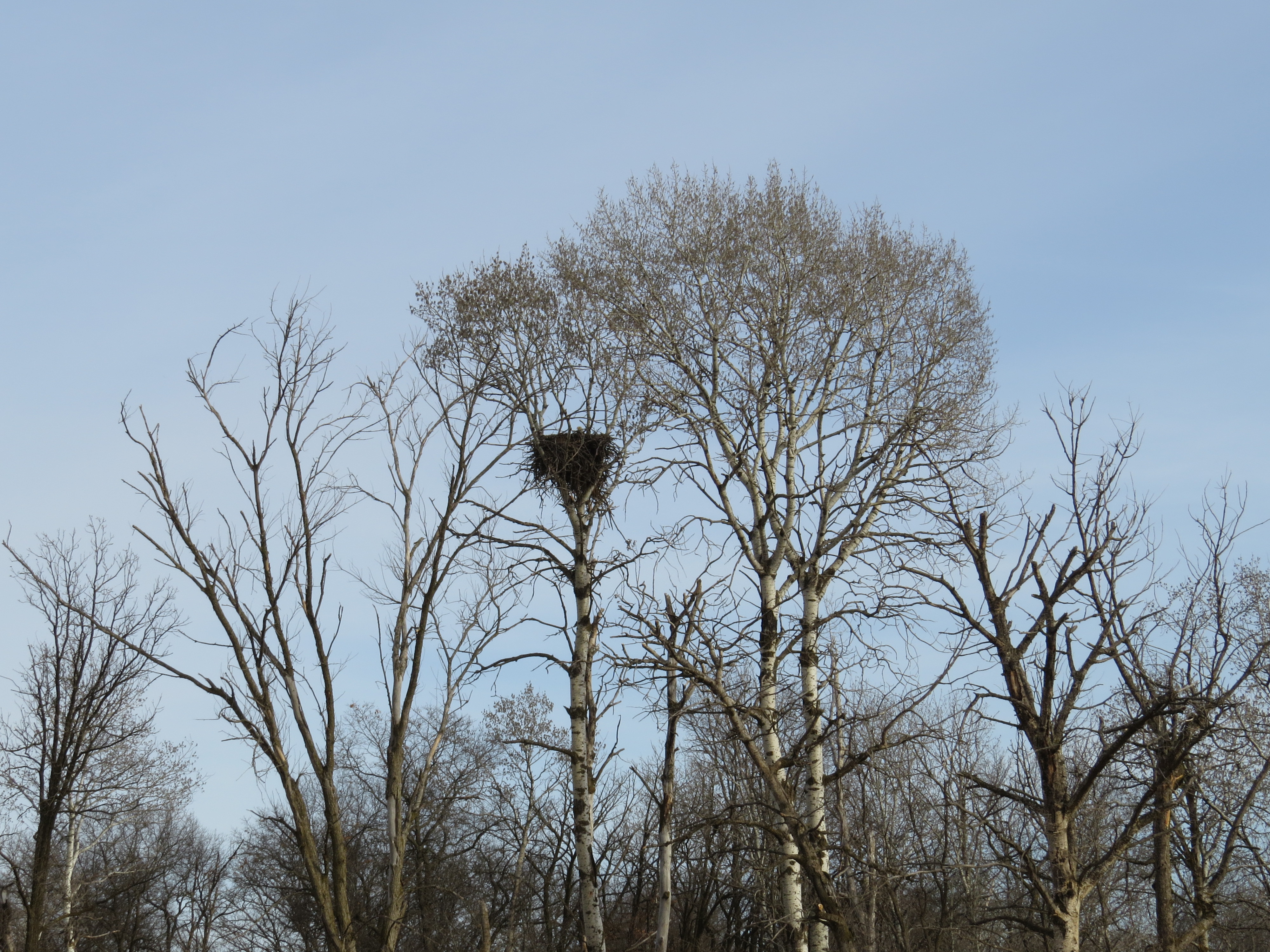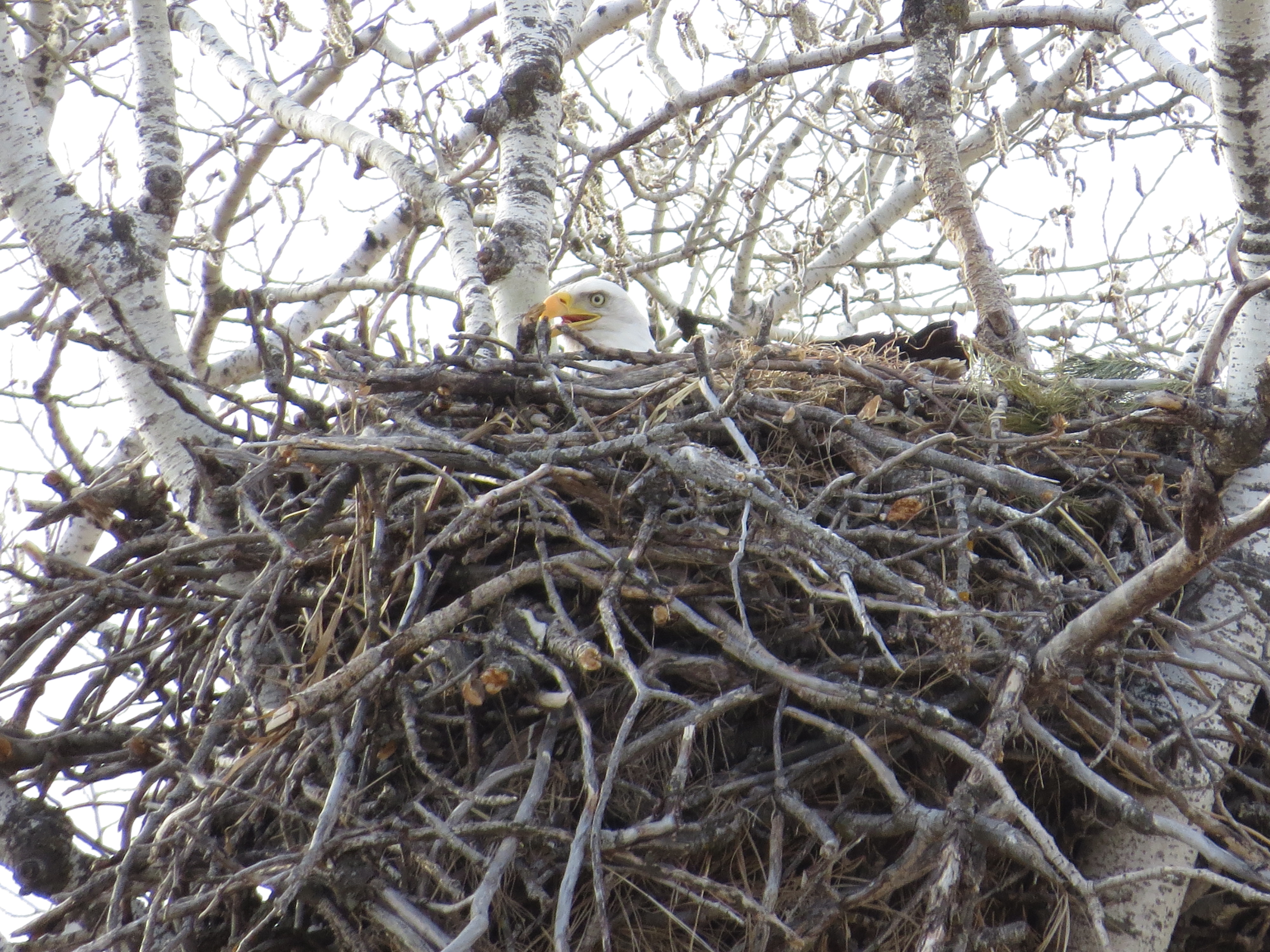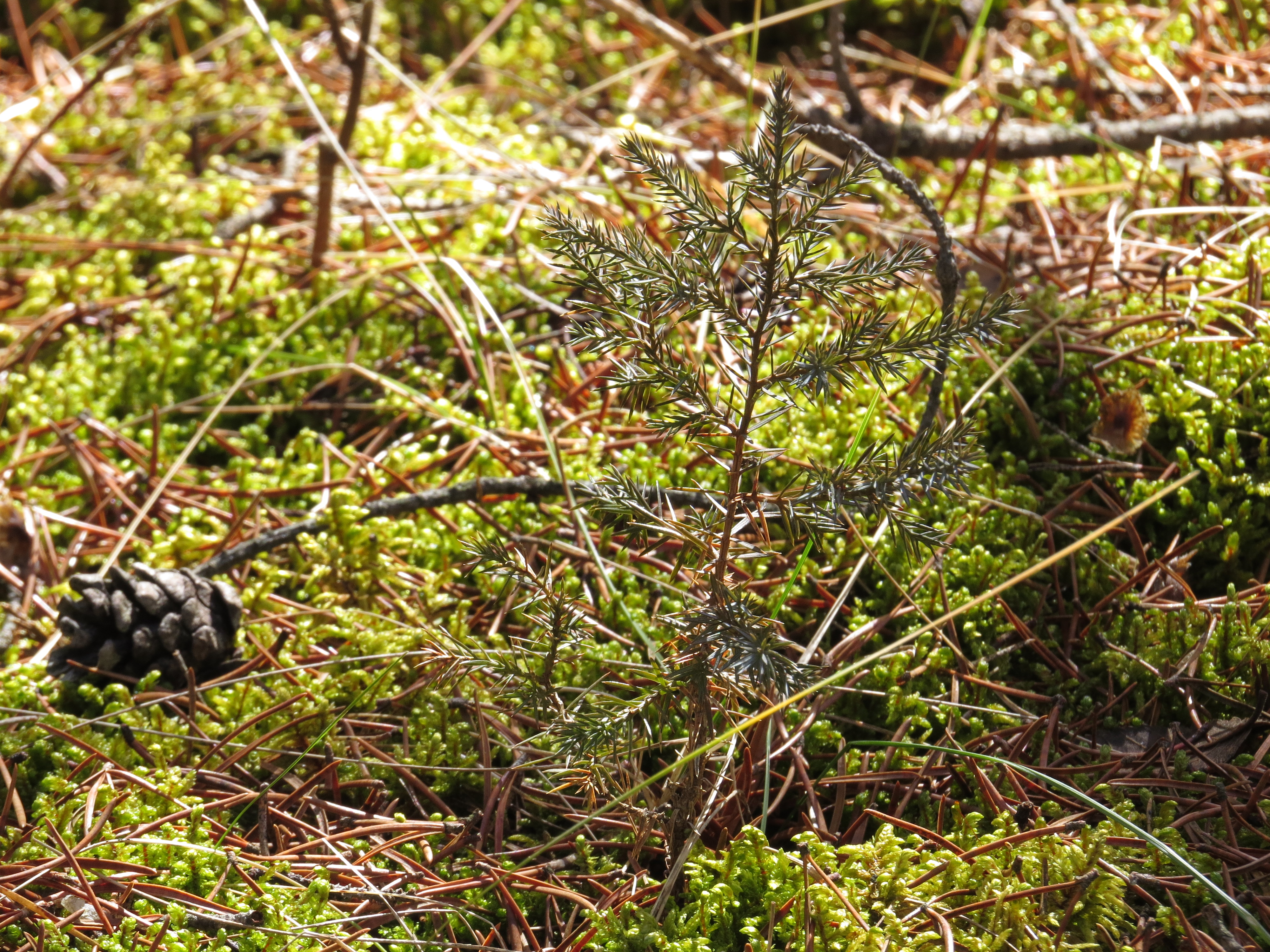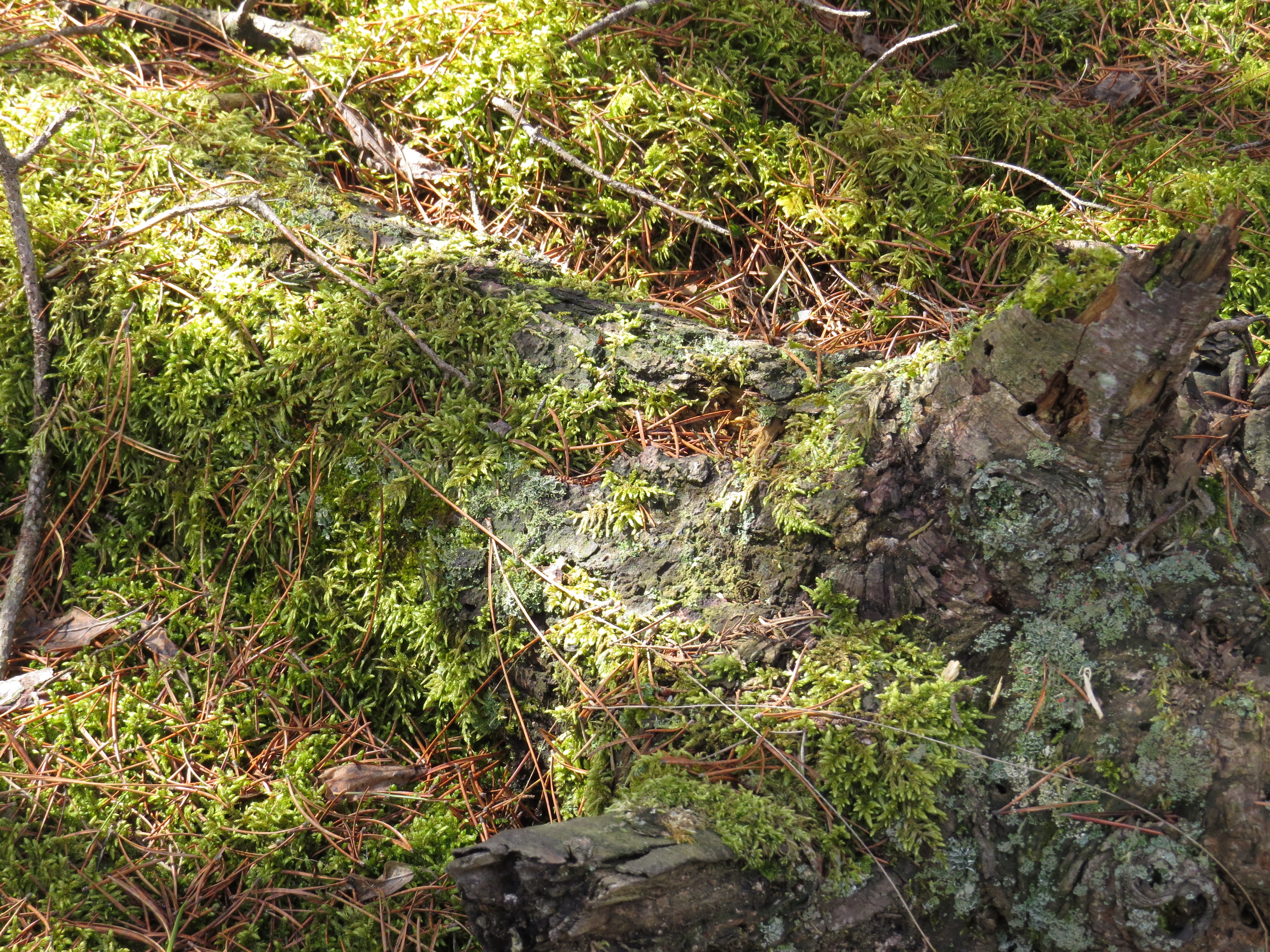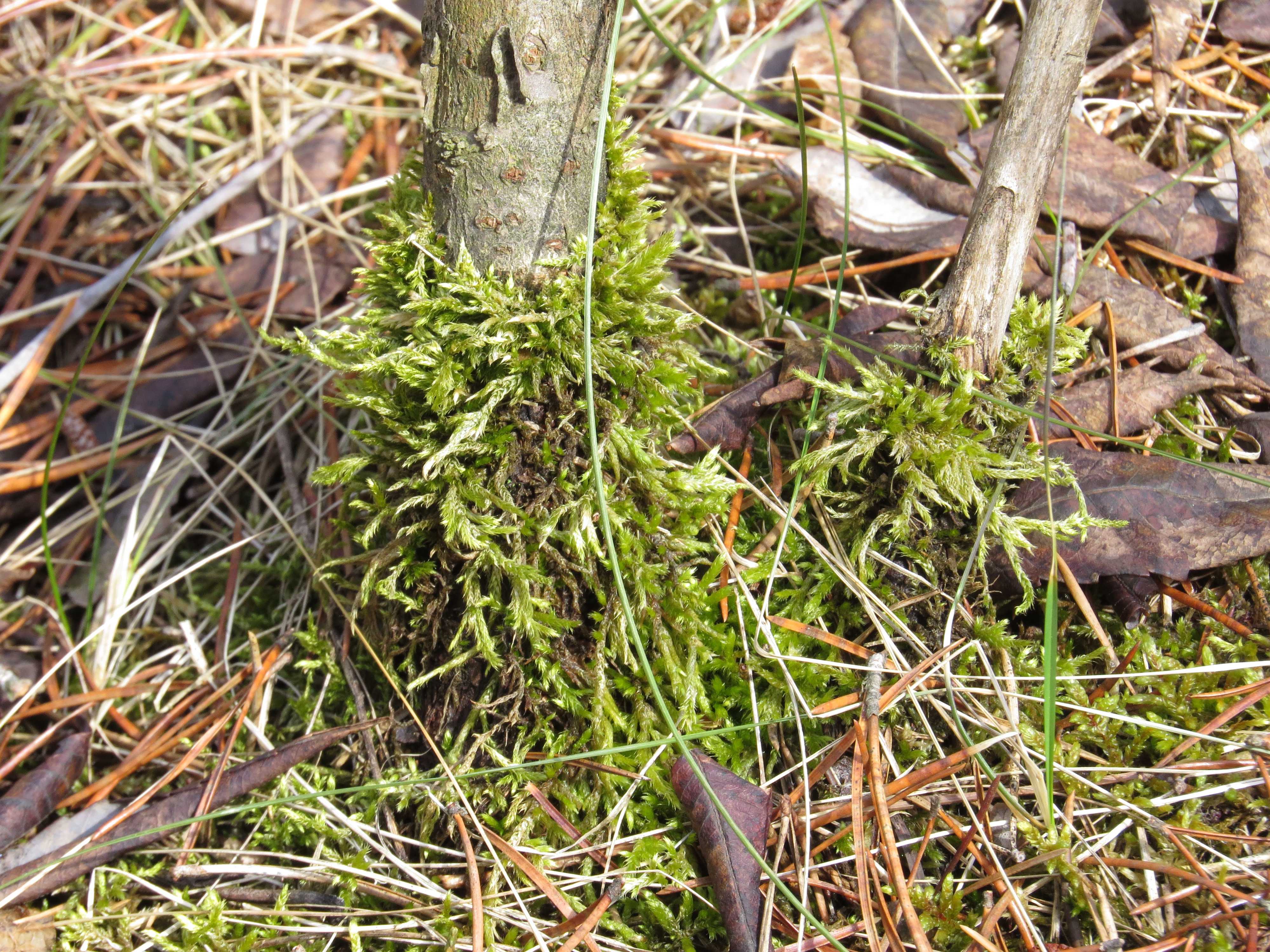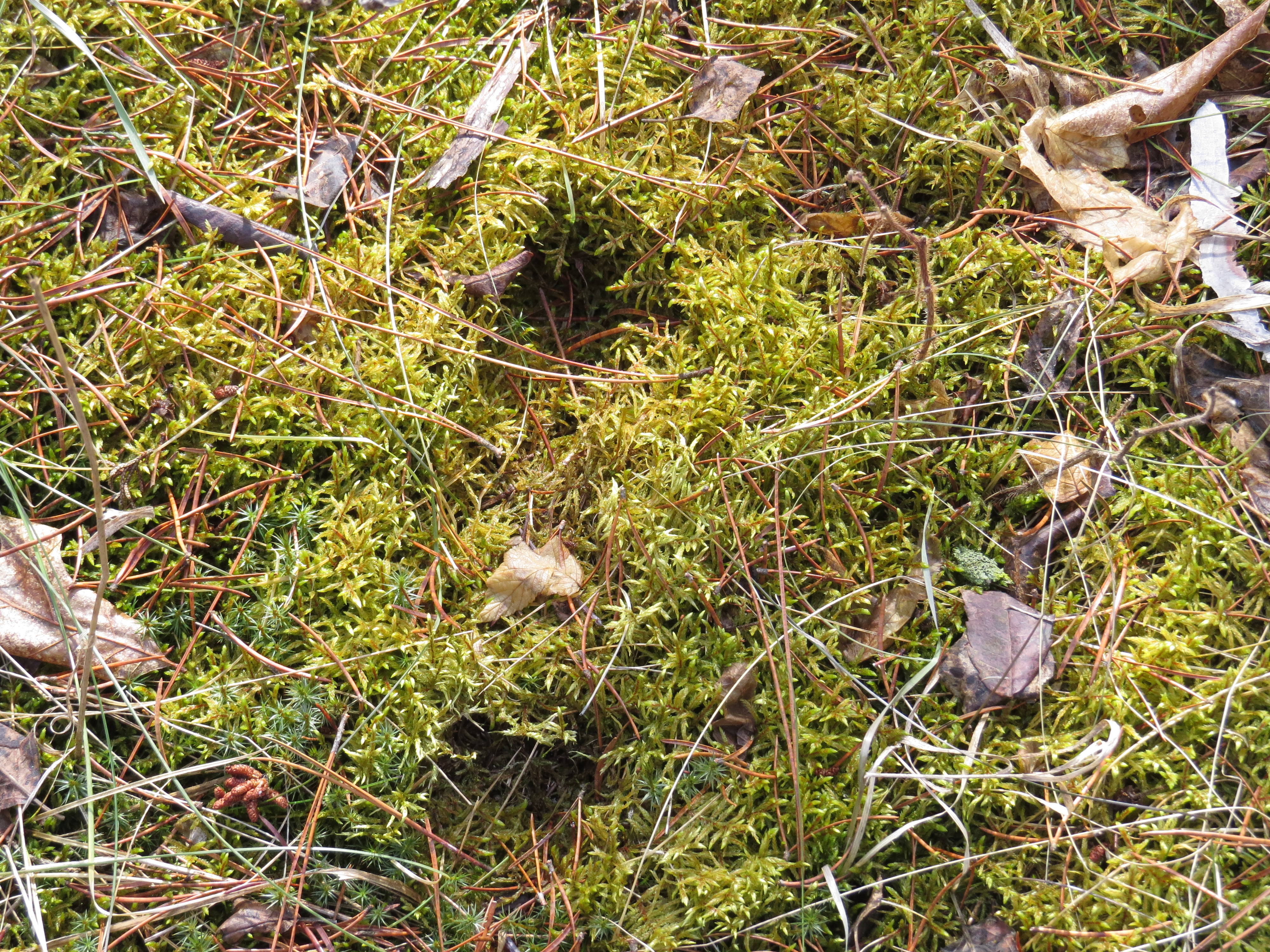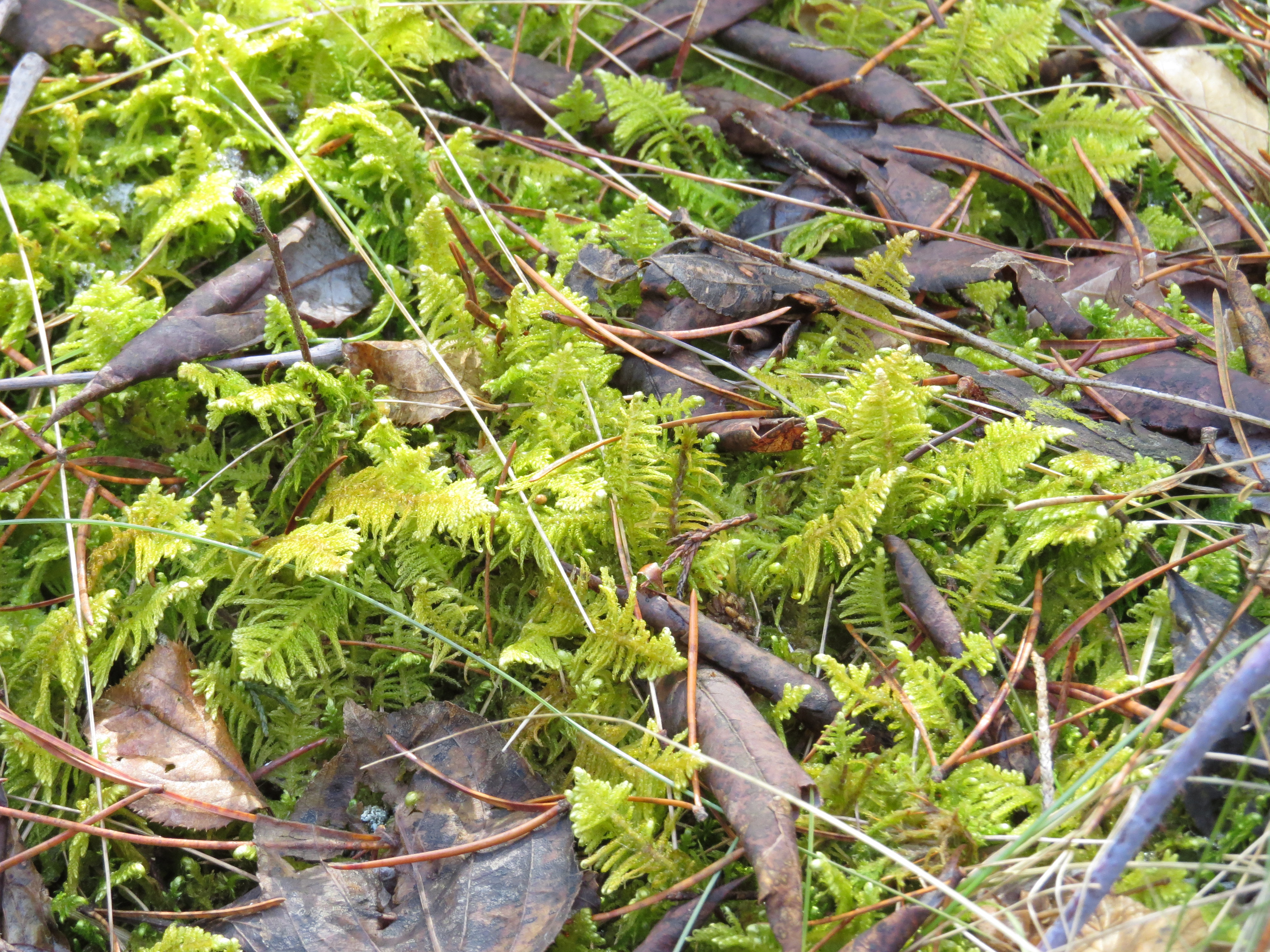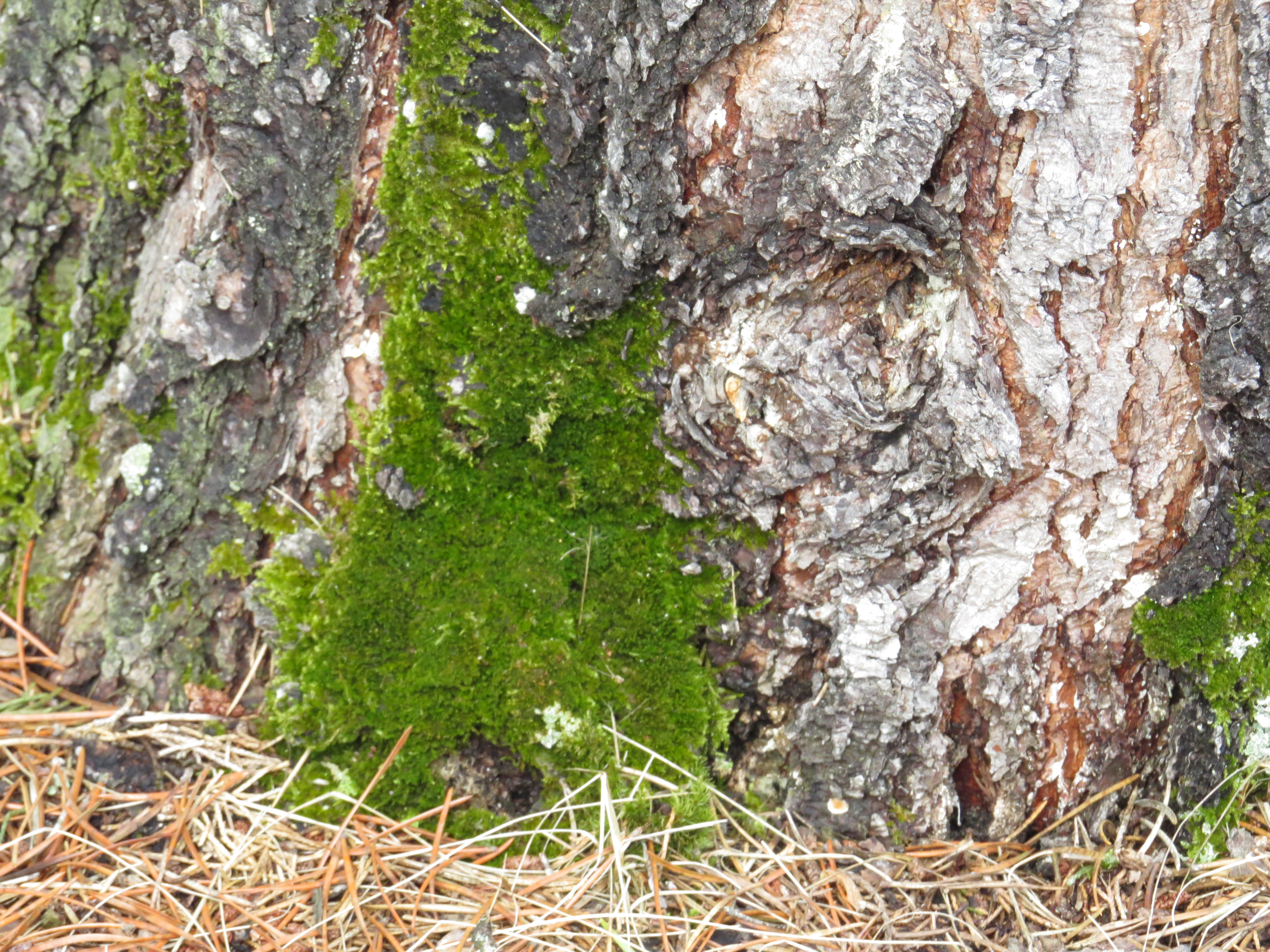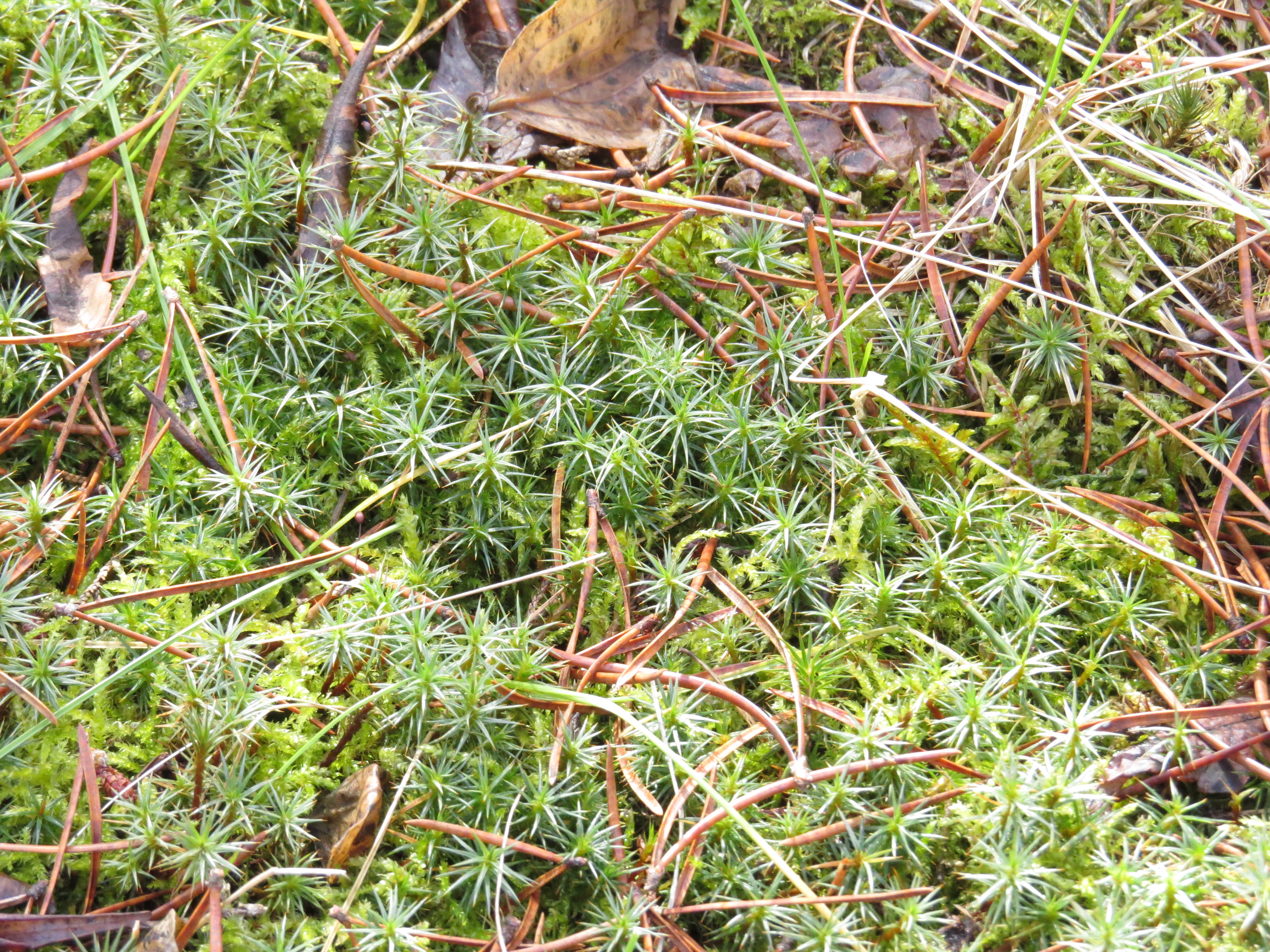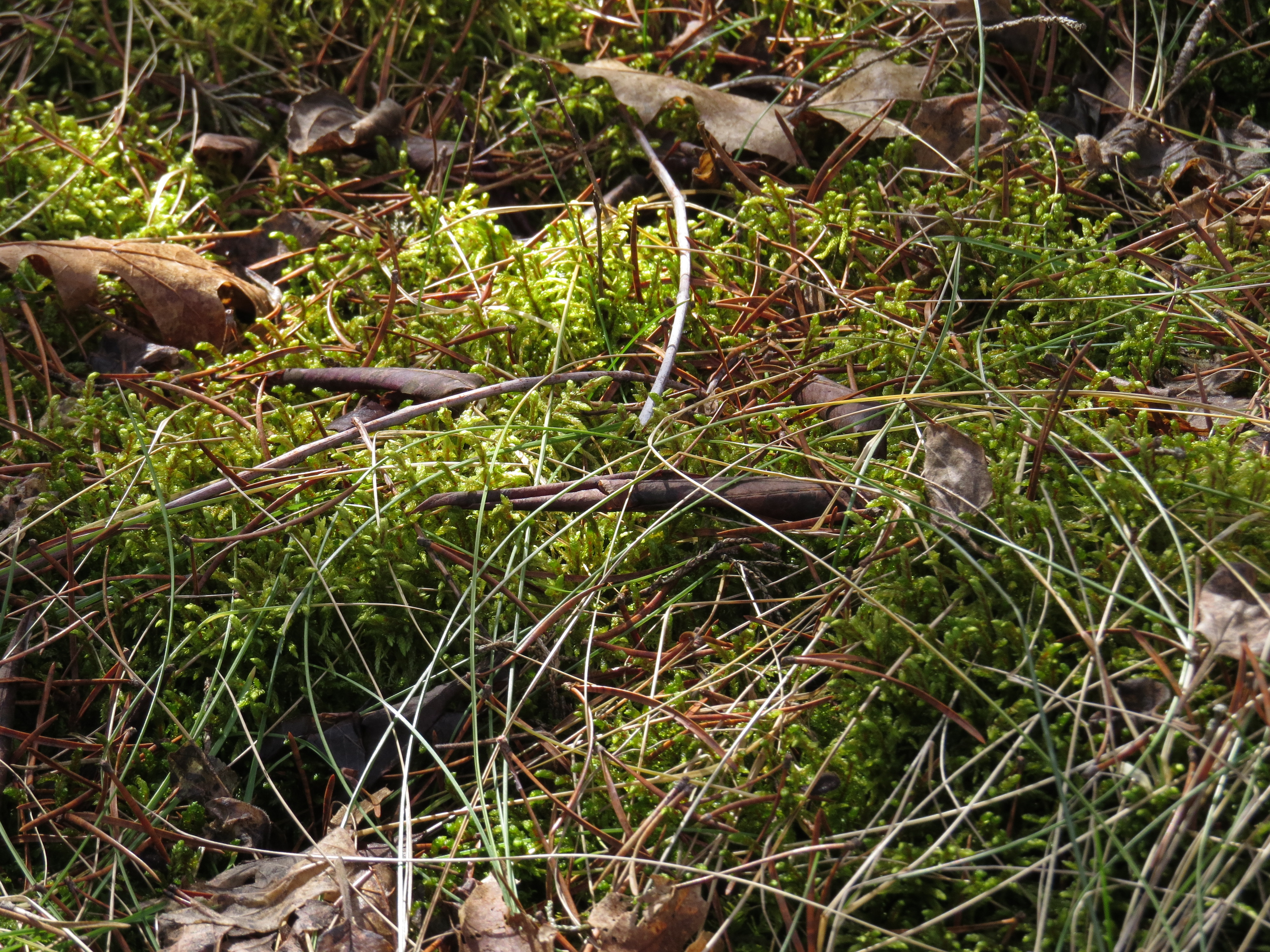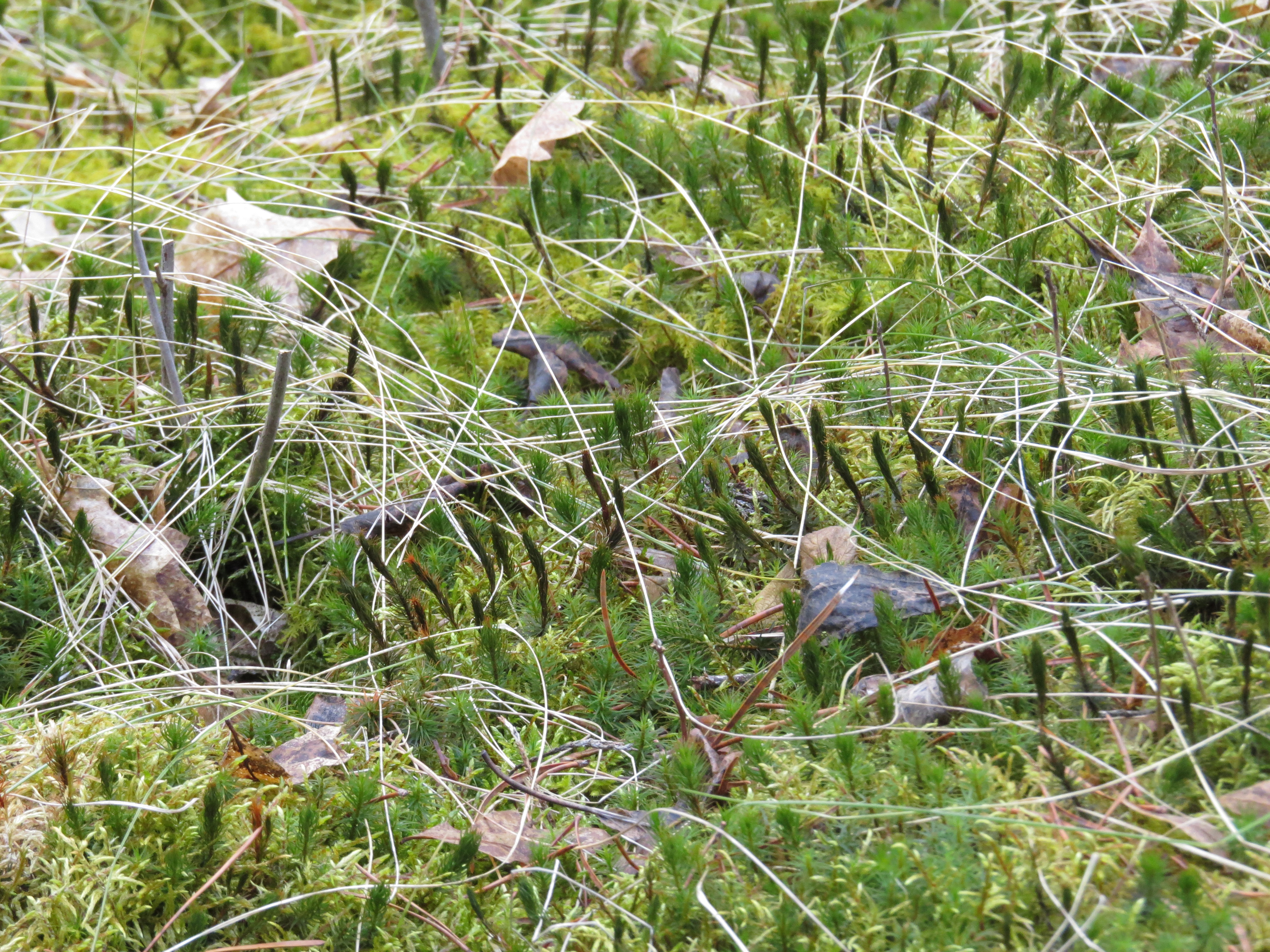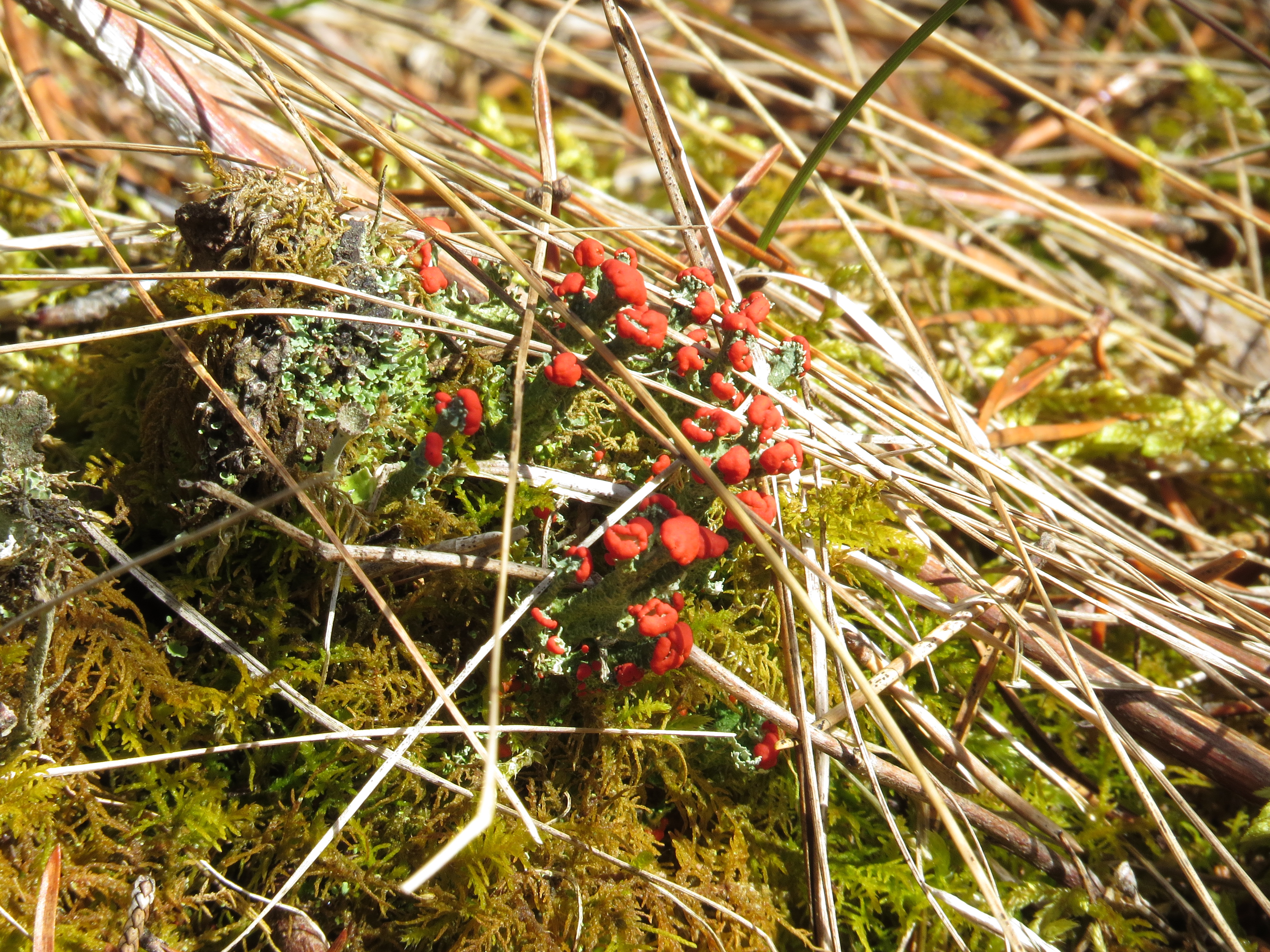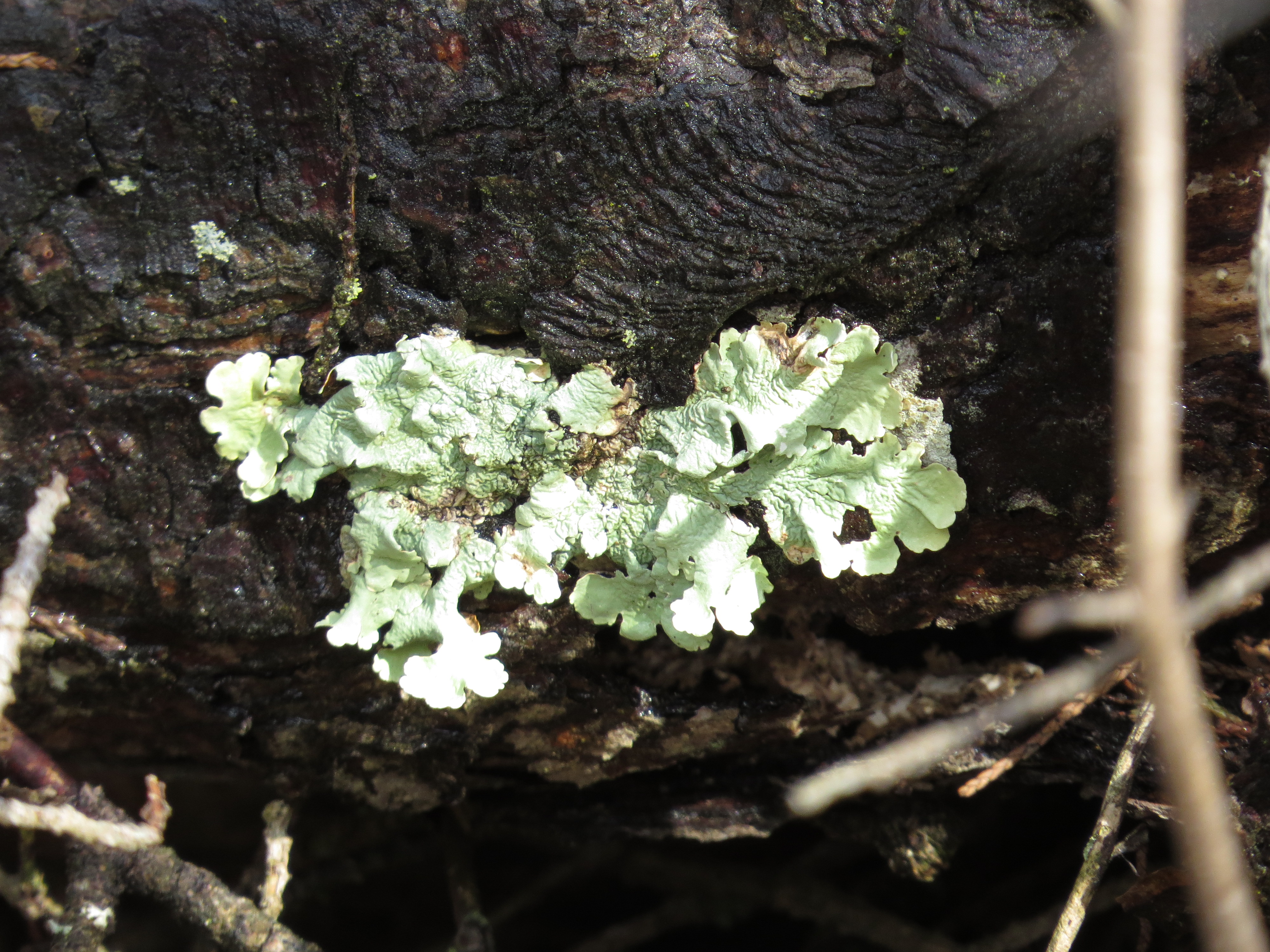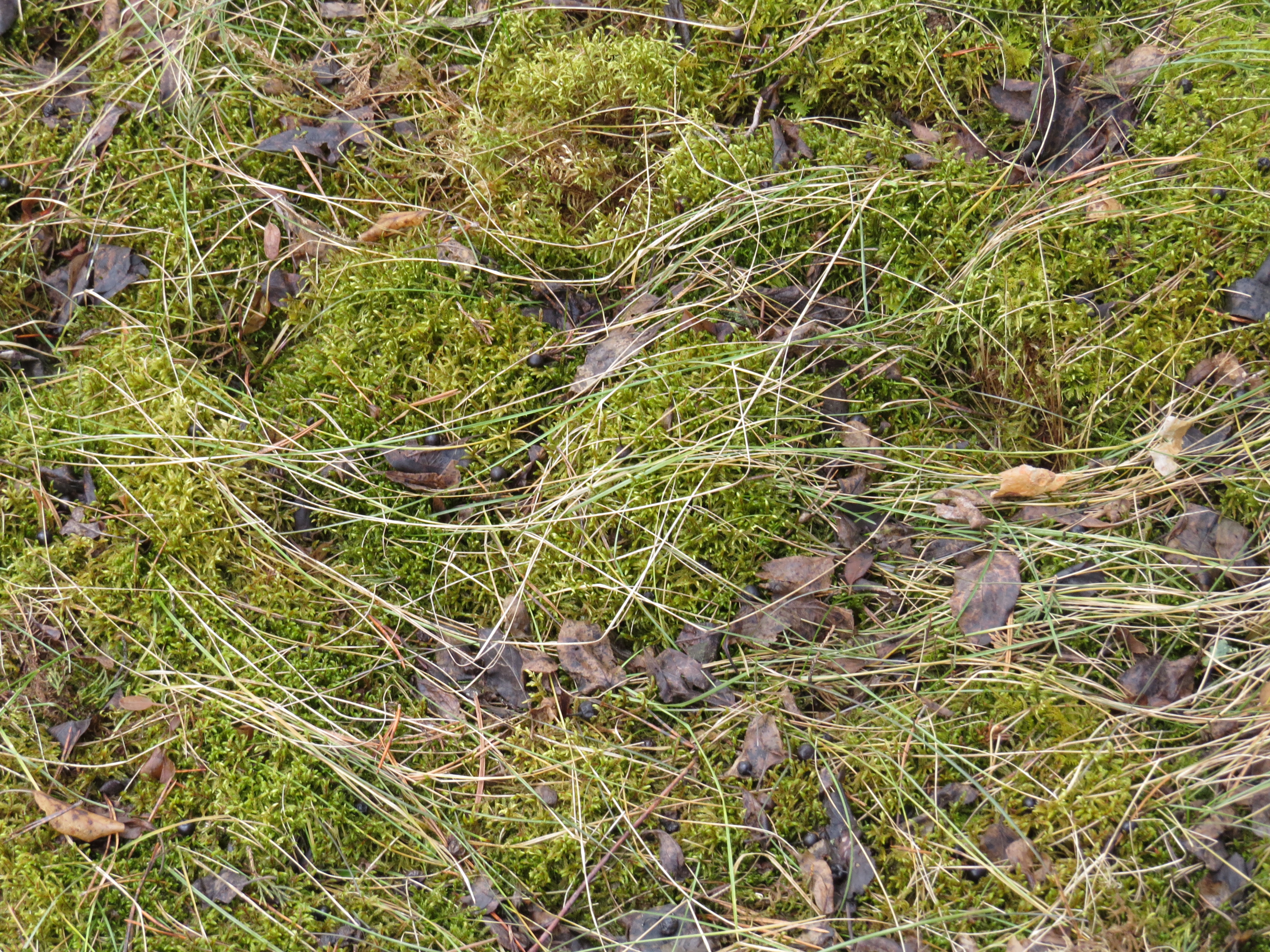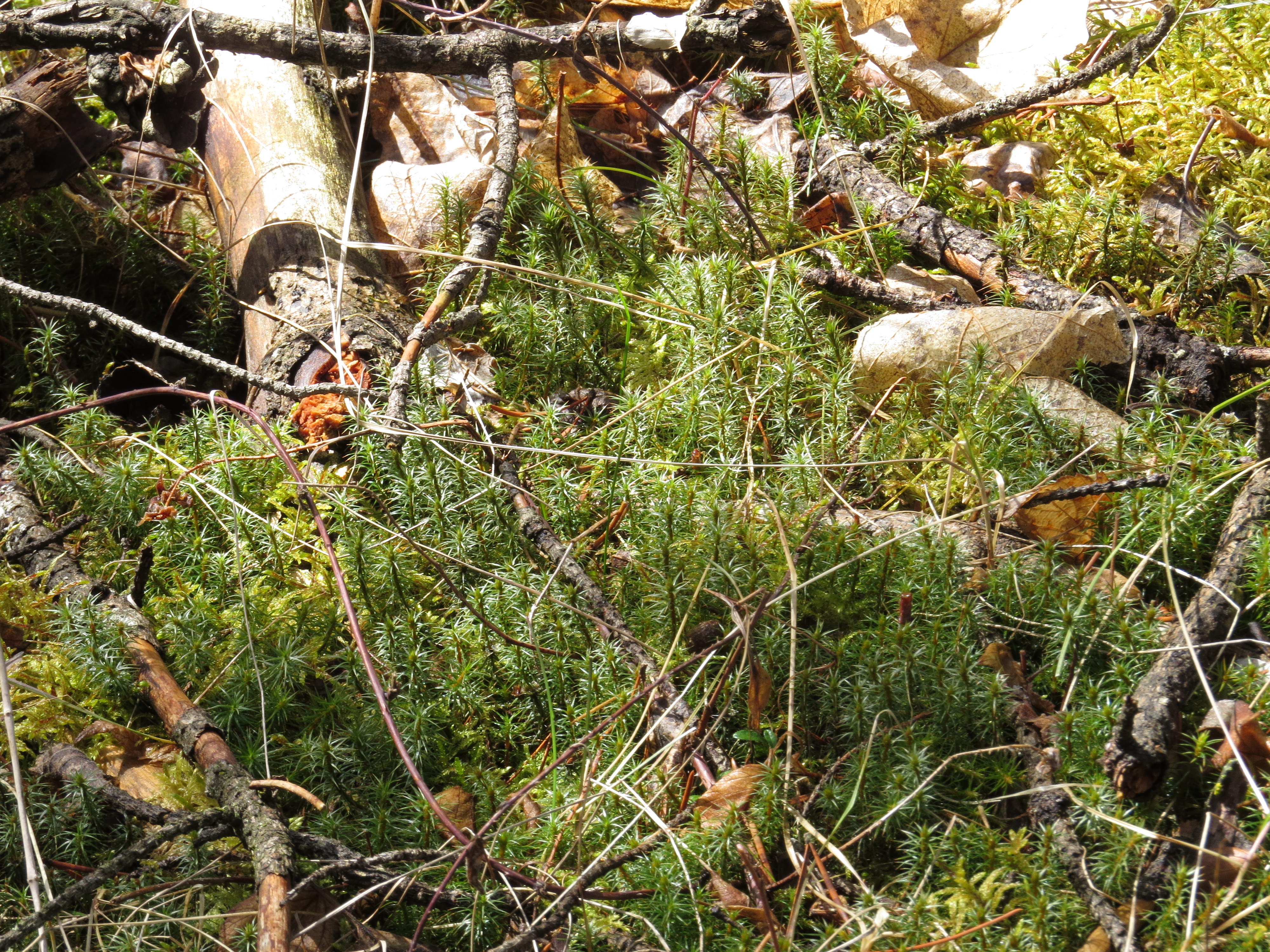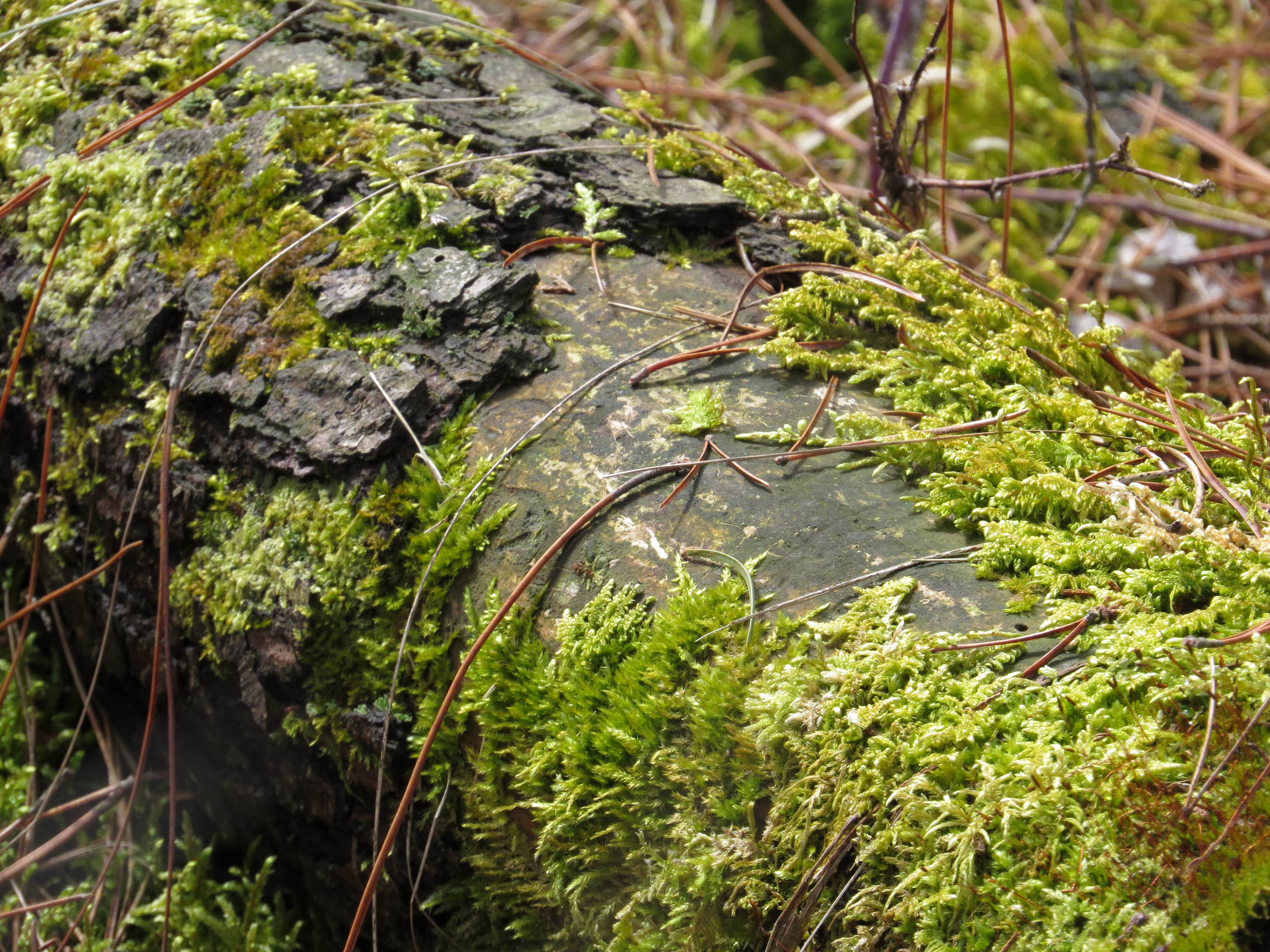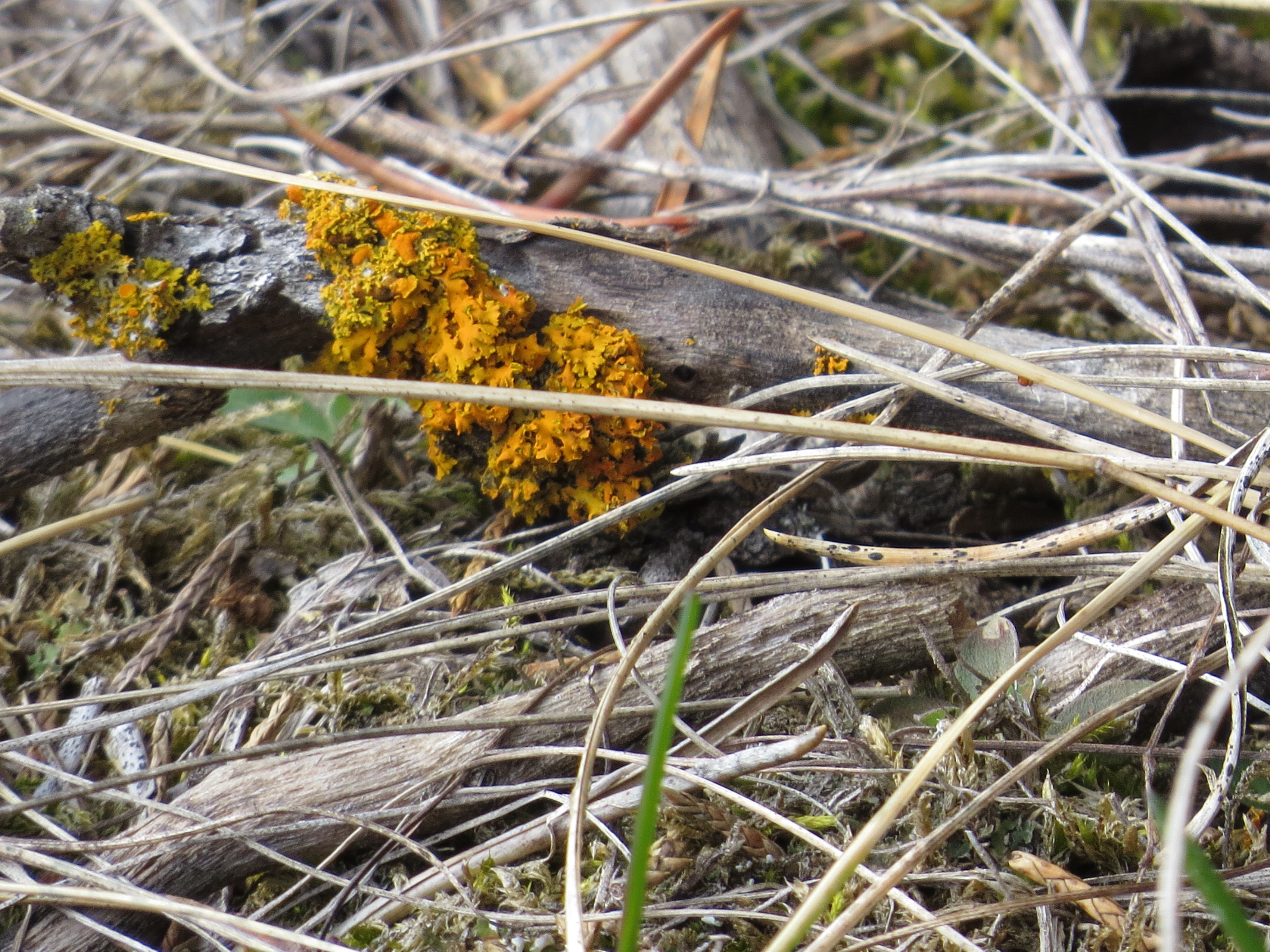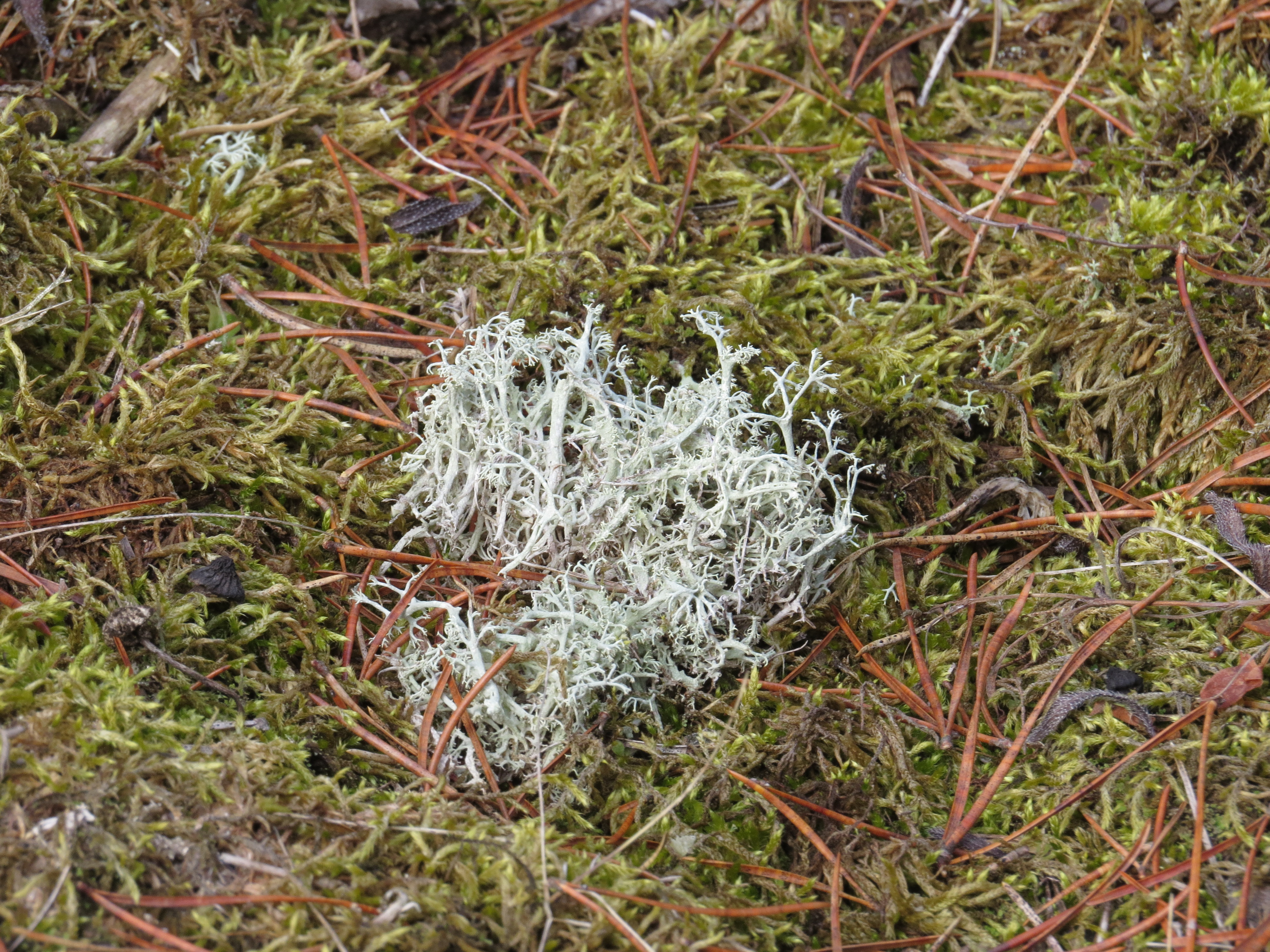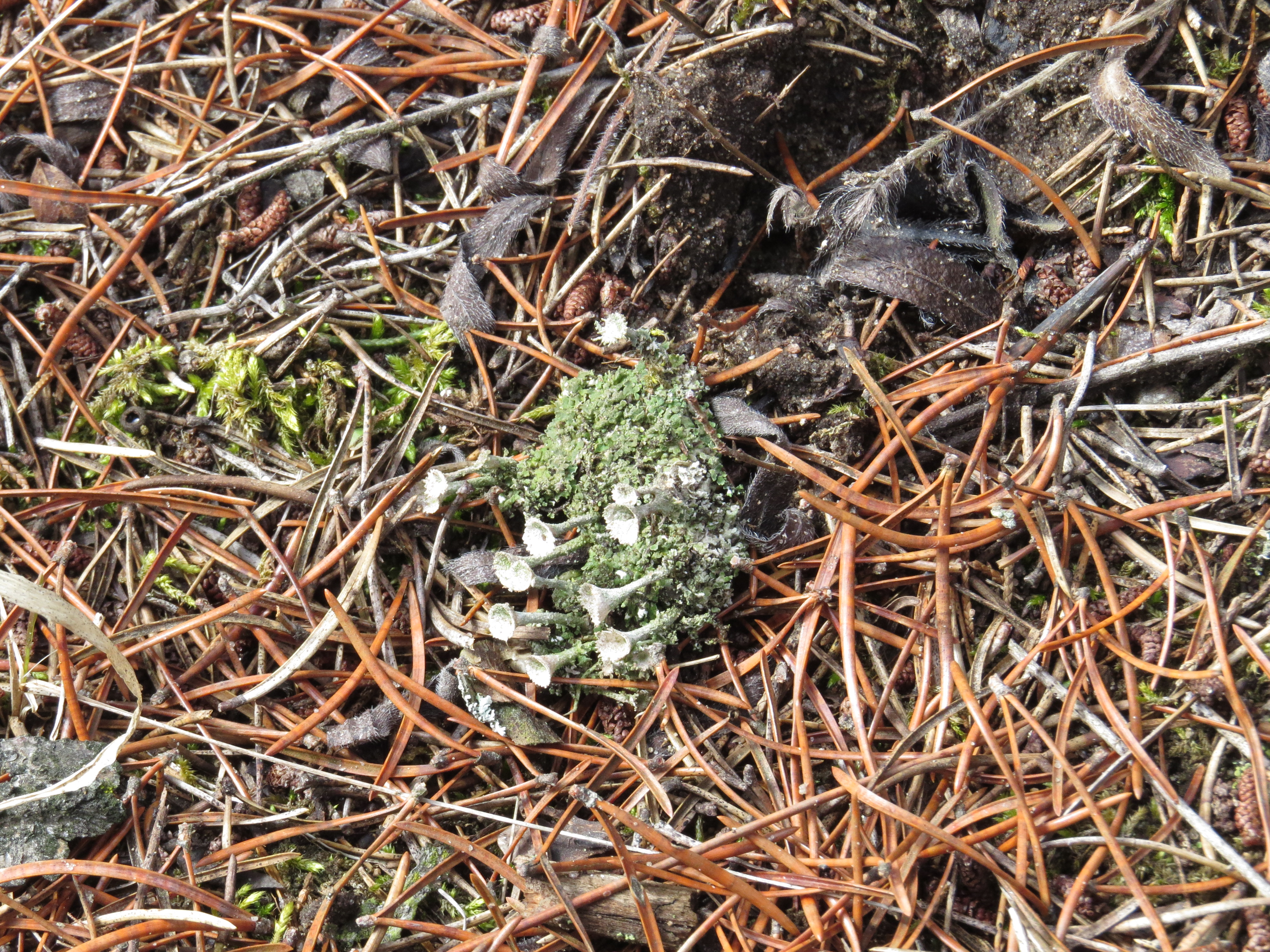“All is ephemeral—fame and the famous as well.” –Marcus Aurelius
We should all be famous for something, I think. Perhaps it’s for a delicious potato salad, or a penchant for perfectly coifed hair, or a subtle, truth-telling sense of humor. Fame is one of those things in life that is bestowed by the audience, the onlookers, the admirers, the wishful want-to-be followers, or in this day and age, even the haters. The intrinsic nature of fame is attention from the outsiders.
The park we went to last weekend had a claim to fame that was mentioned on a website, the signage, and the map—the highest point in Wright County, Minnesota! Yep, all 1232 feet! Two official markers embedded in cement were in place beside the trail, one with an arrow that pointed to the other. We were confused if the 1956 was the altitude or the year, then realized the map said we were 1232 feet above sea level.
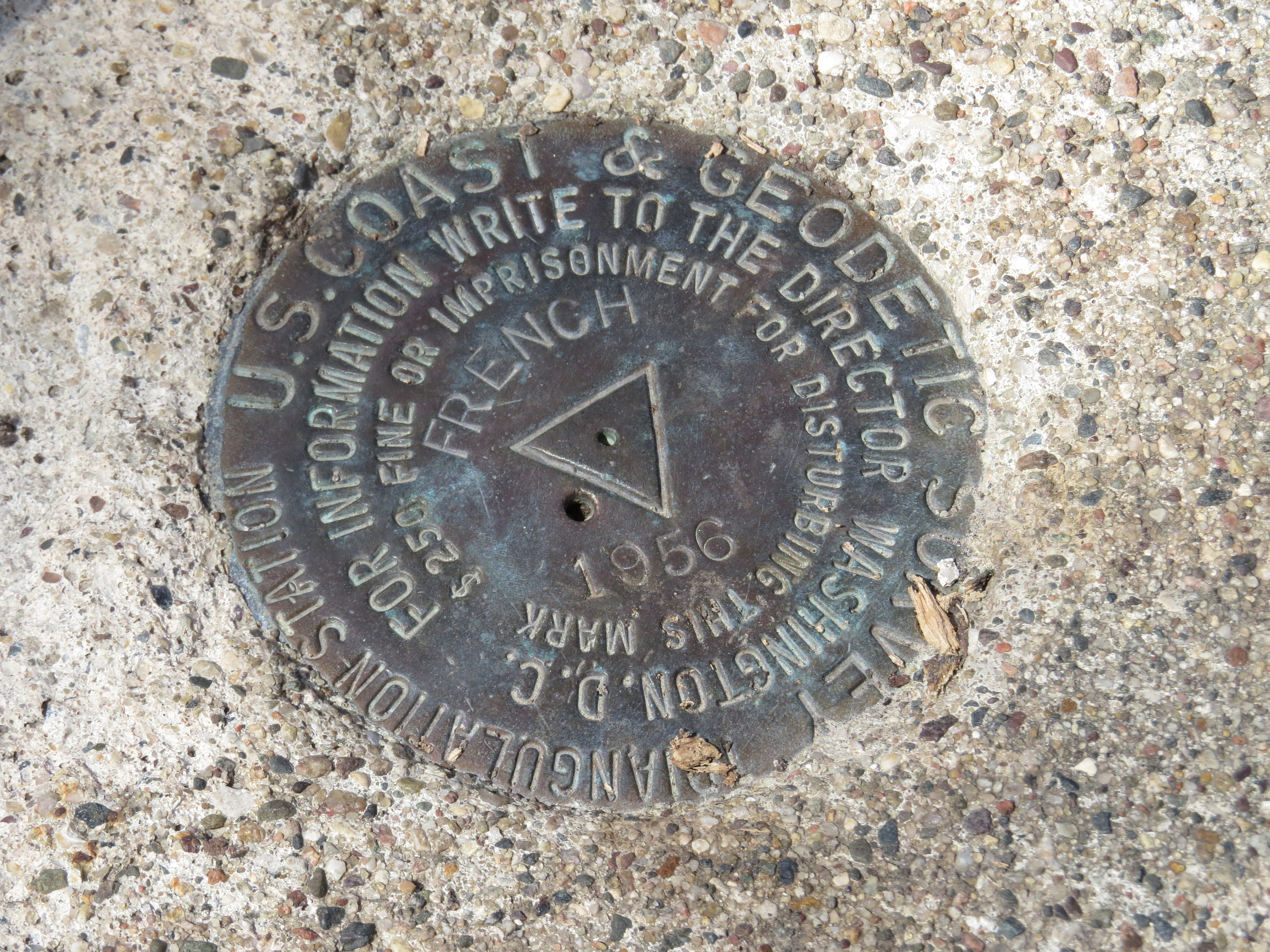
As we looked around from the highest point in Wright County, all we could see was trees—brown leaves and trees—brown leaves, blue skies, and trees. My fame fandom moment slipped away.
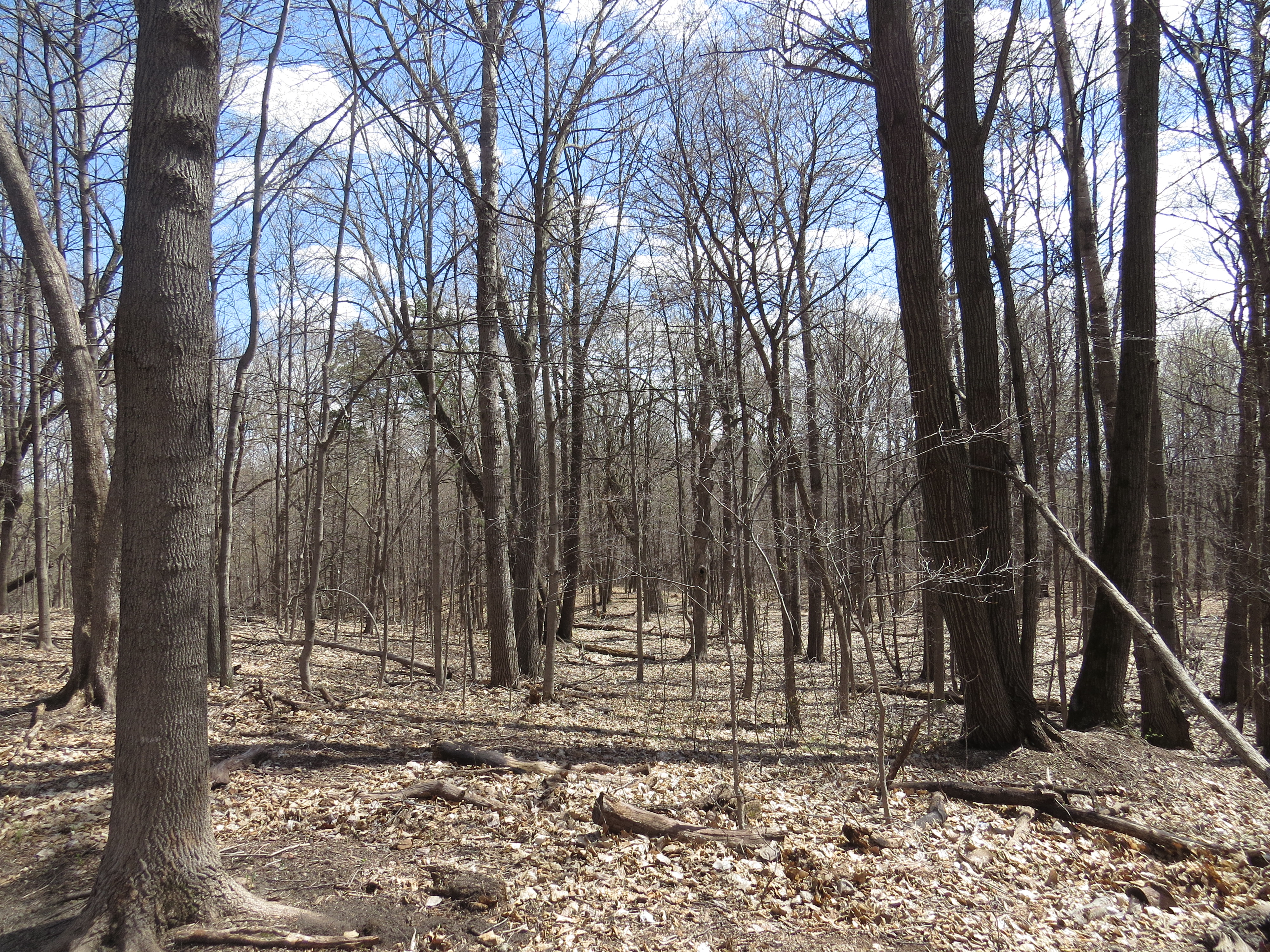
It was actually quite a beautiful forest of Oaks, Maples, and Basswood, even though the leaf buds were barely showing. At this time of year I appreciate seeing the topography of the land—the hills, lowlands, and gullies. One can get a sense of the ‘lay of the land’ when only gray trunks and brown leaves populate the landscape. And then we began to see signs of Spring—a glimpse of things to come that will change the landscape into a growing, vibrant, green oasis.
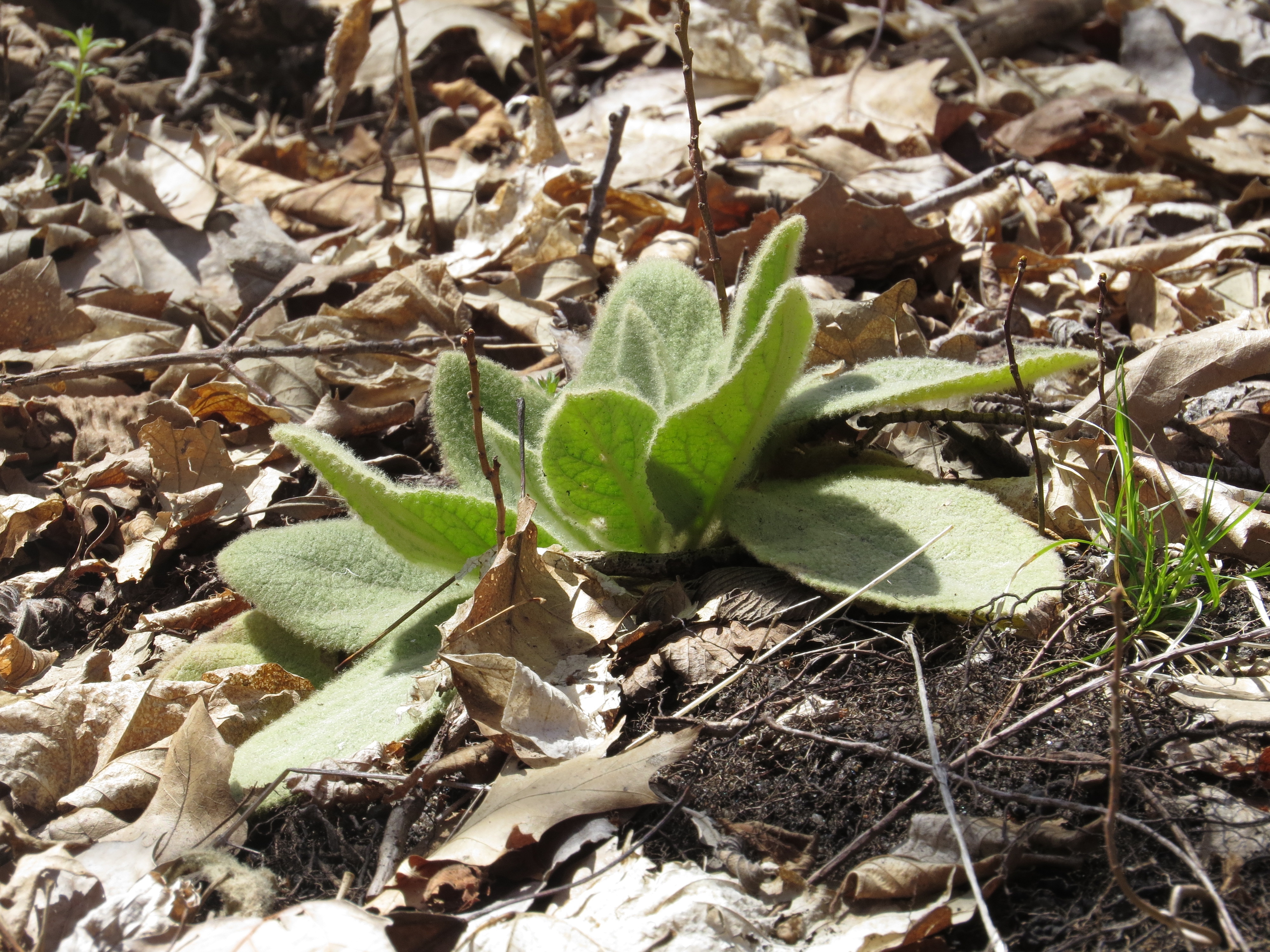
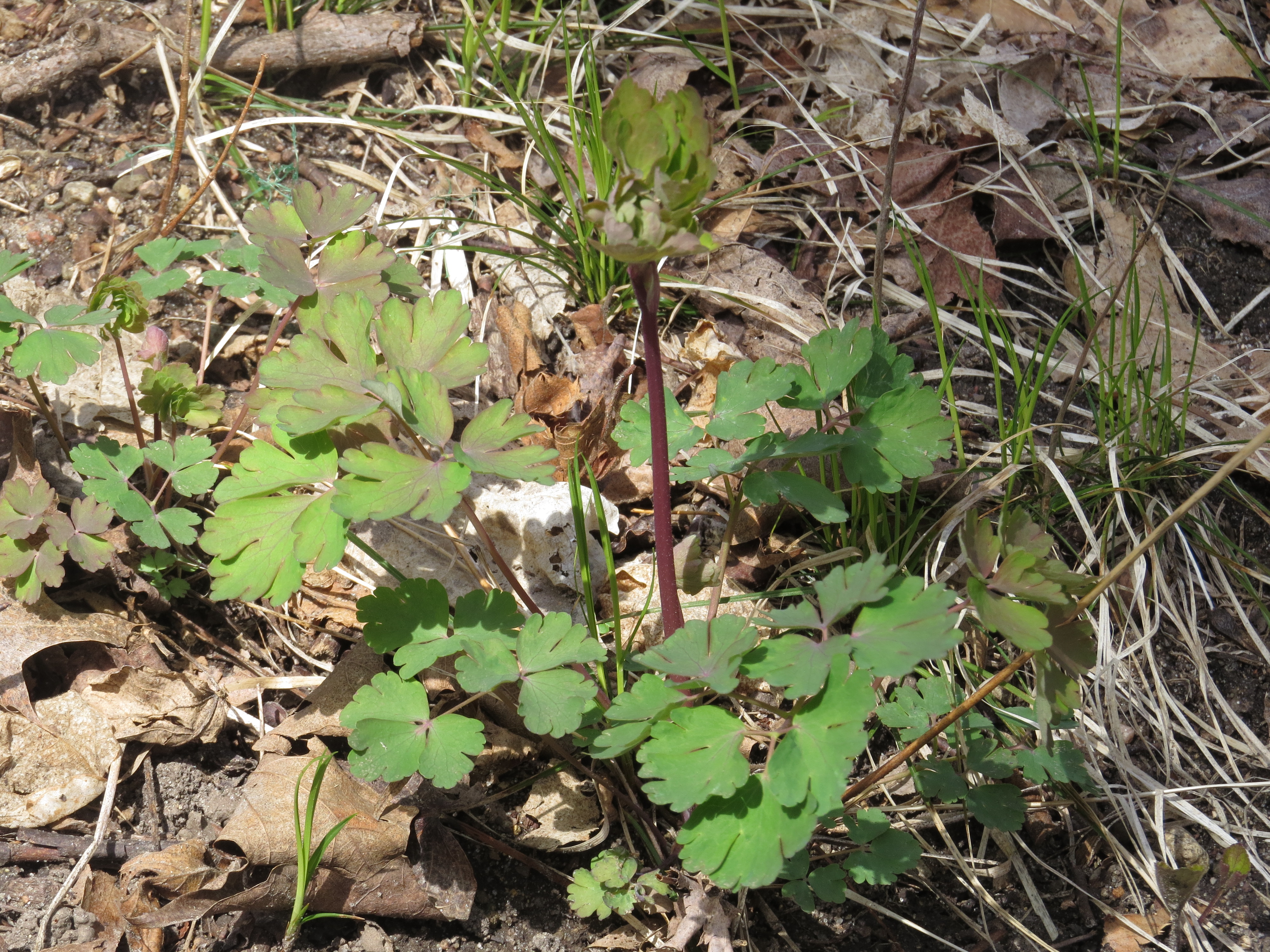
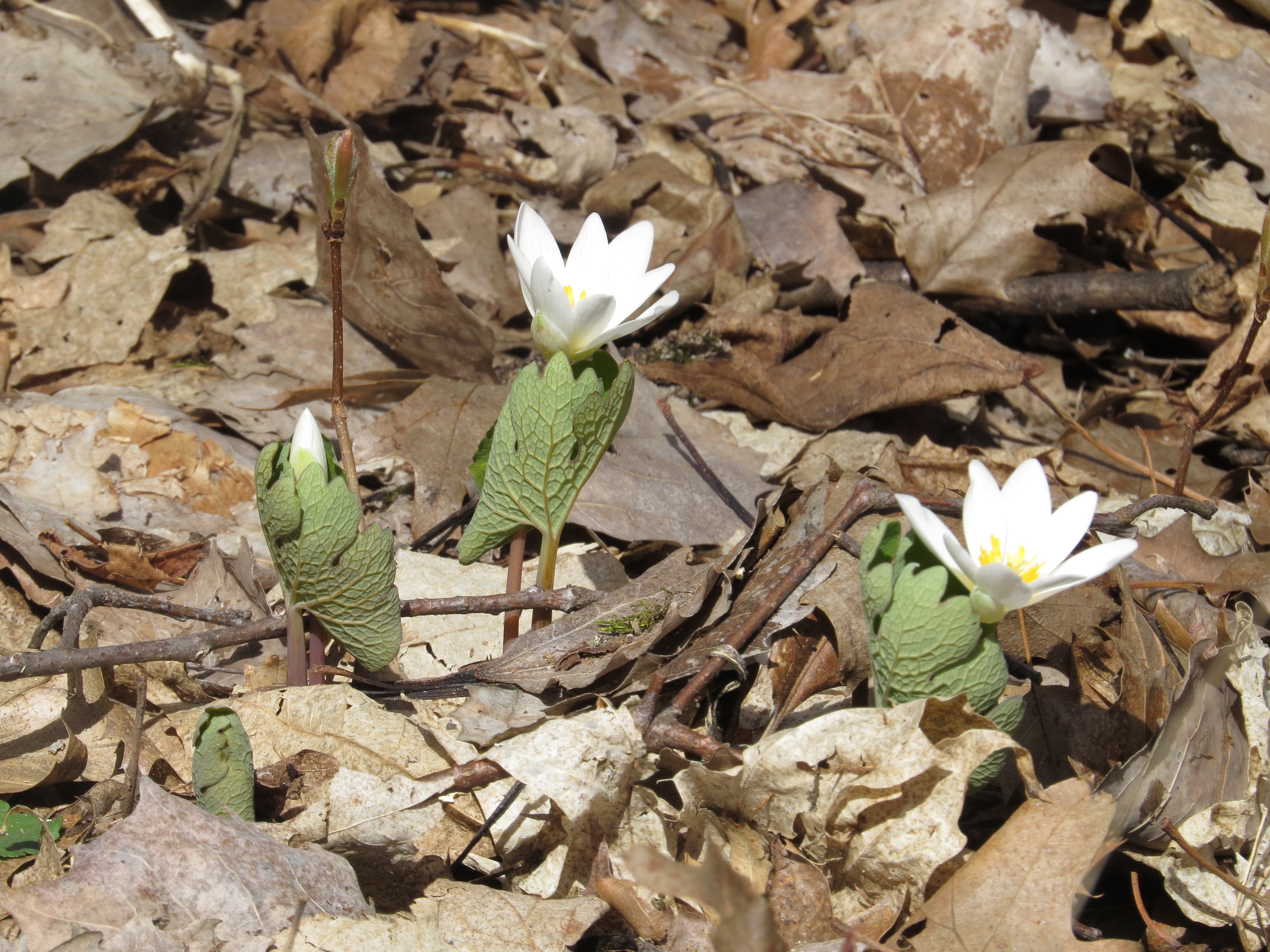
It is startling to see a butterfly so early in the season, but the Mourning Cloak hibernates in hollow trees and logs during the Winter and comes out on warm days to feed on Oak tree sap. They are called “Harbingers of Spring!”
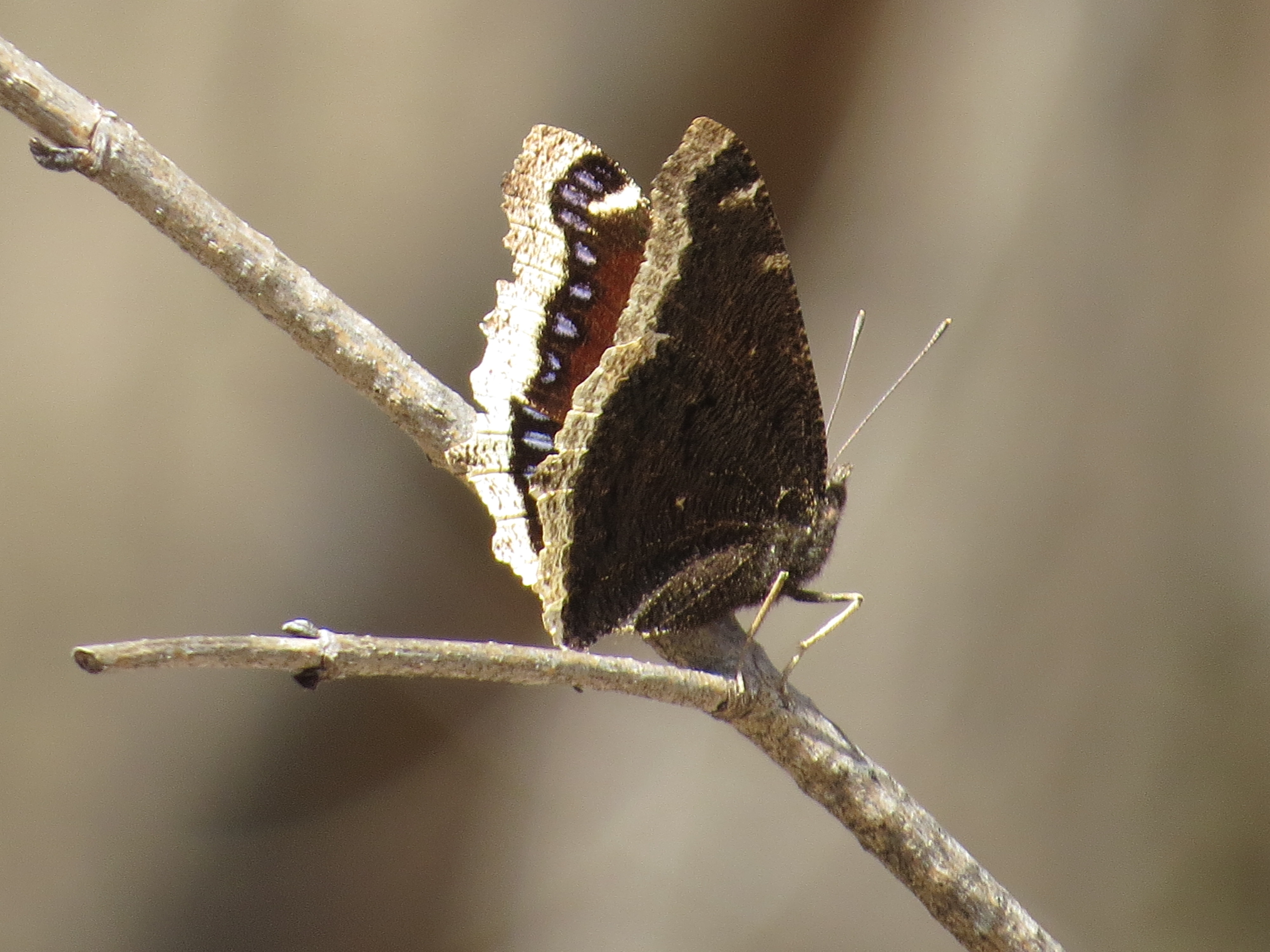
A decaying, uprooted tree looked like a work of art in the barren landscape. Nature teaches us that all stages of life and death are valuable and beautiful in their own unique ways.
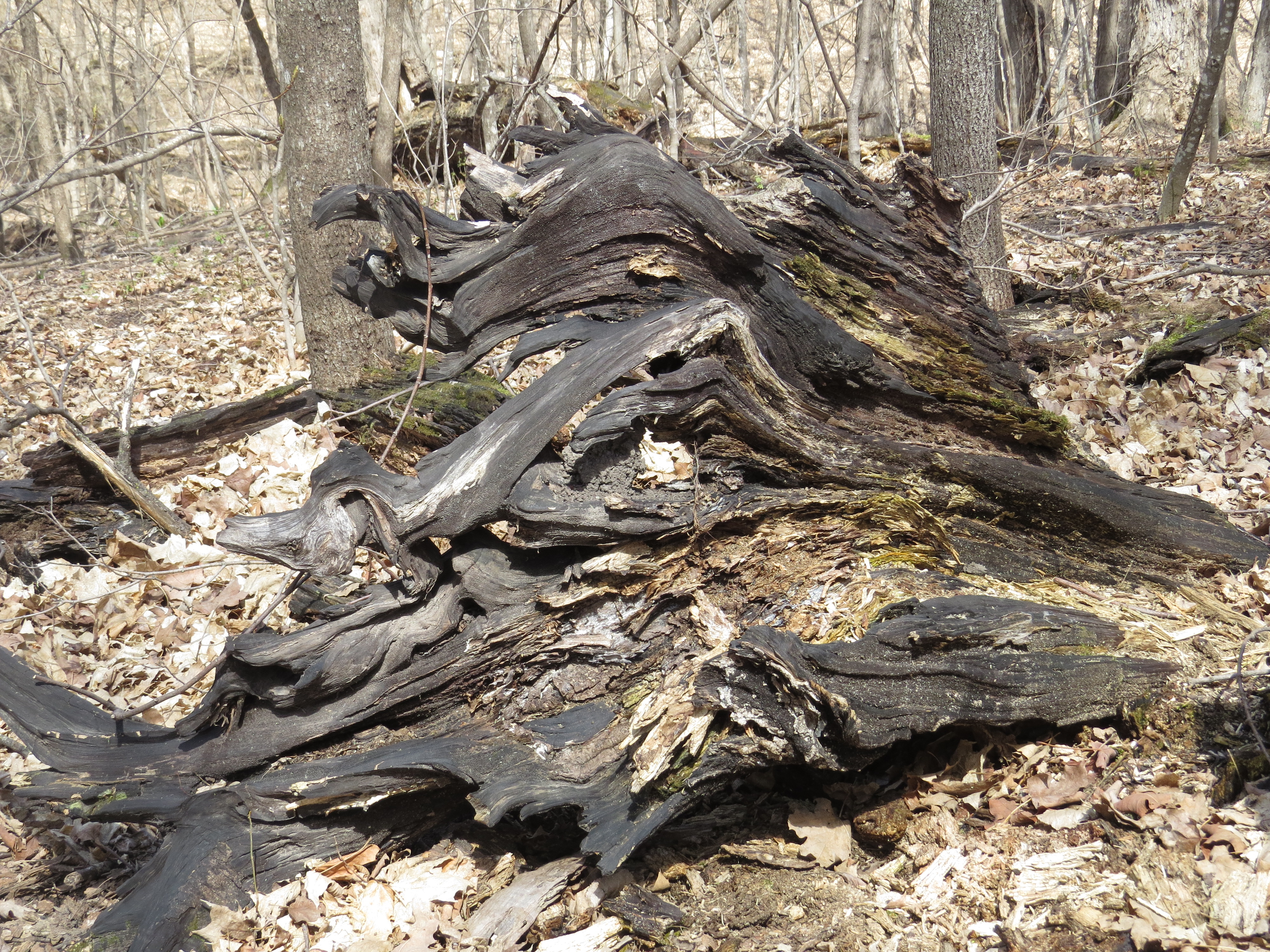
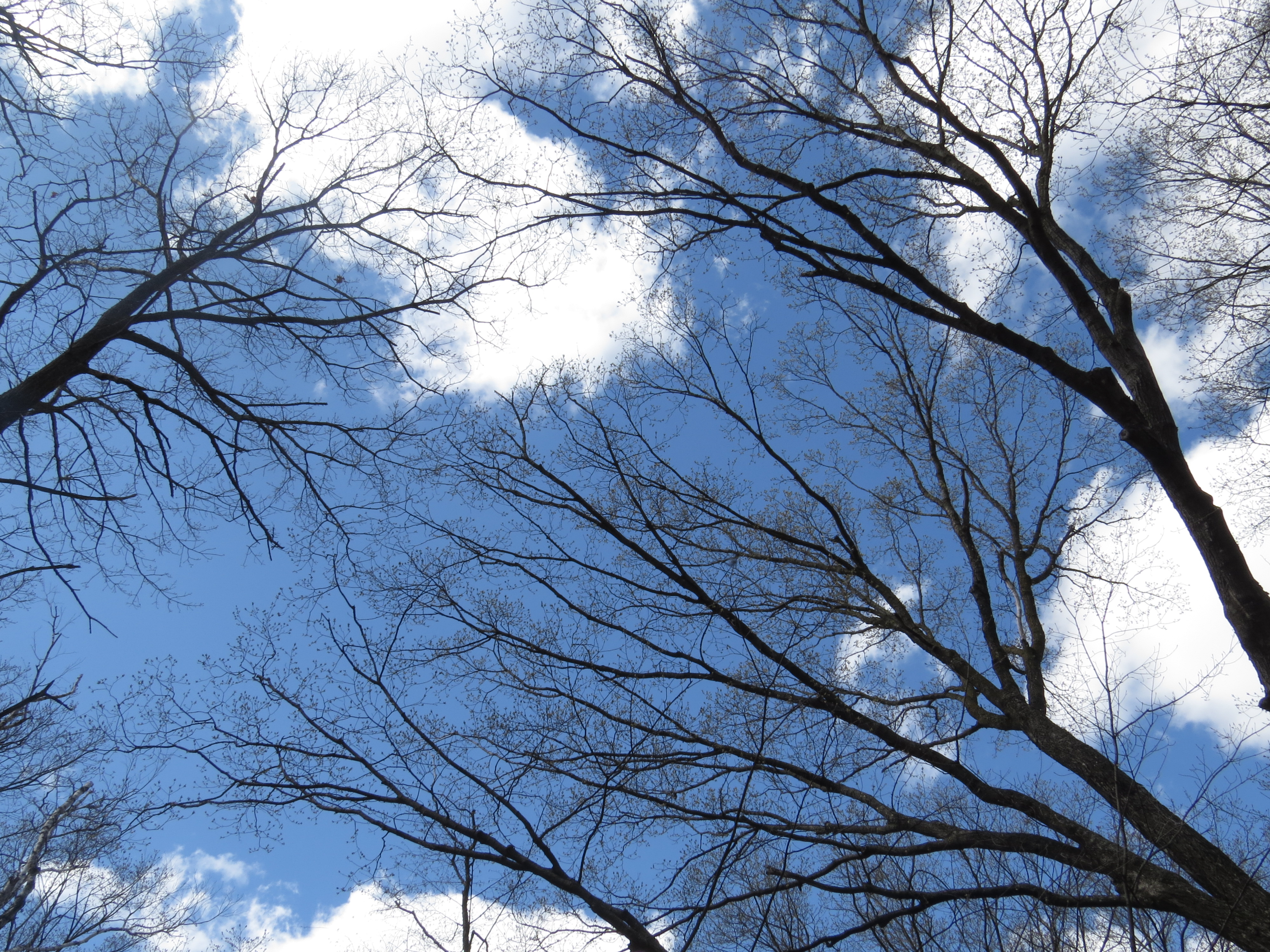
We took a spur of the trail to an outlook and picnic area. Under the brilliant blue sky and fluffy clouds, we ate our picnic lunch and warmed ourselves in the sunshine—human butterflies perched on a picnic table.

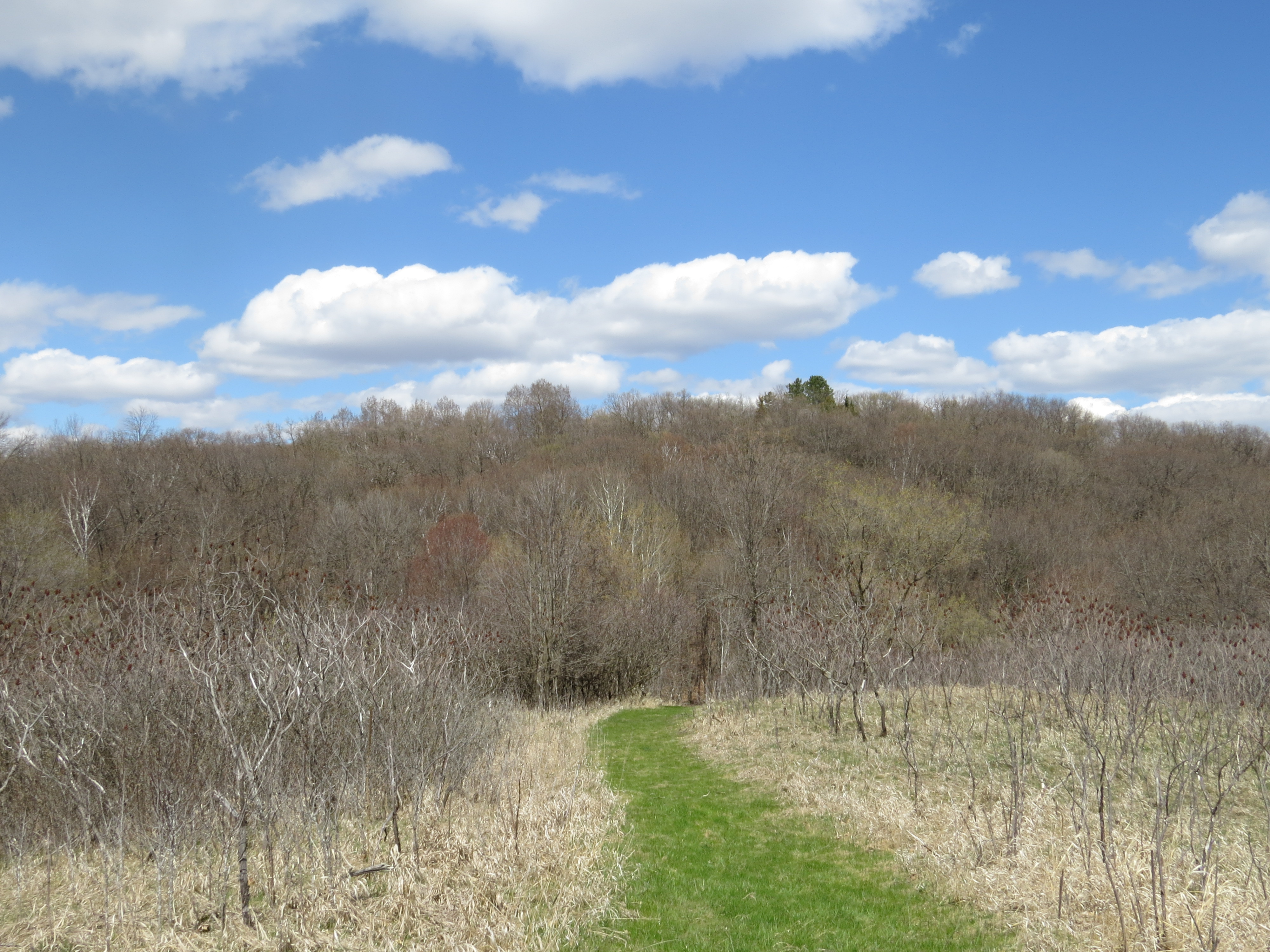
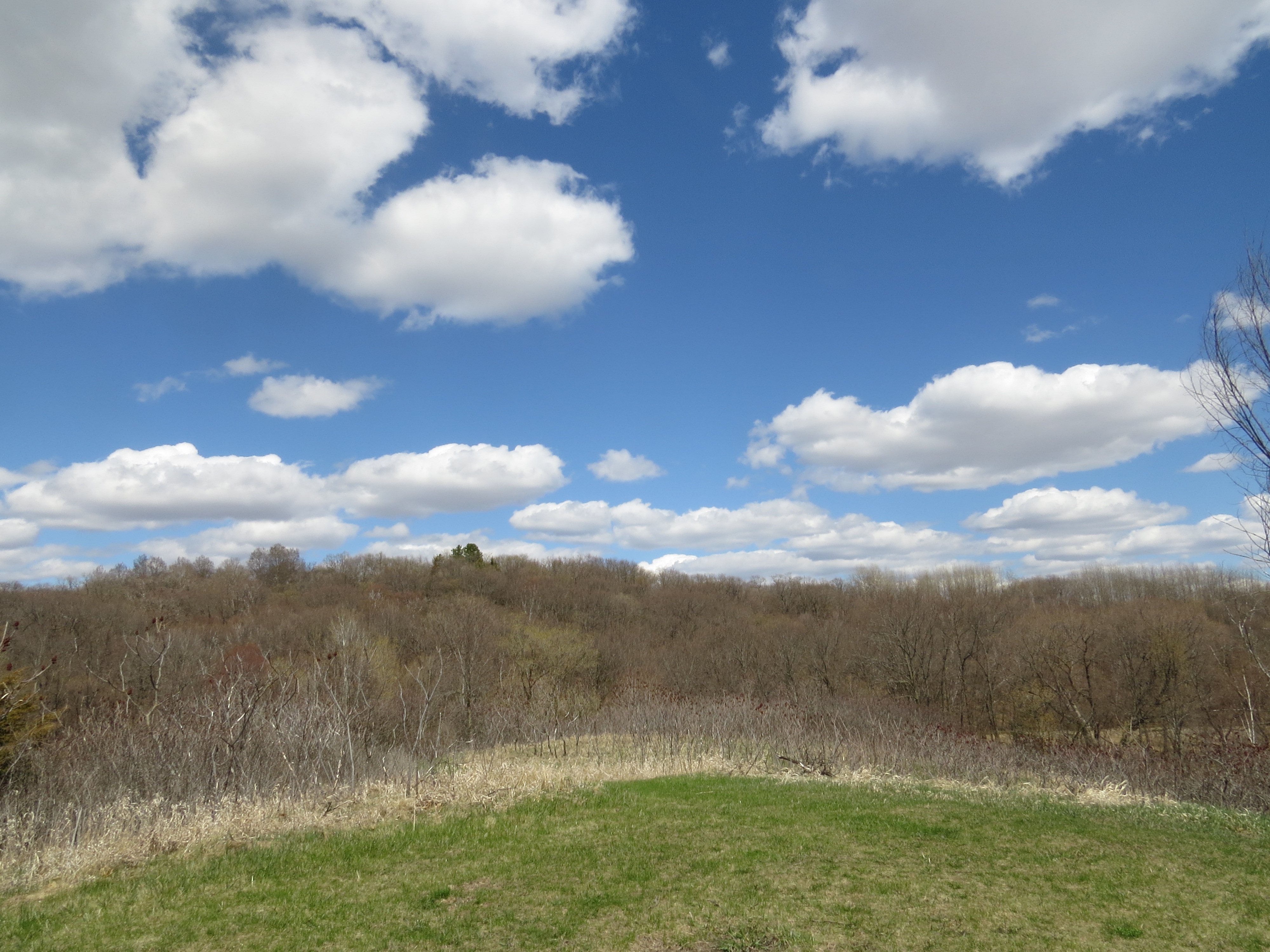
We only saw a few people the whole time we were there, so we shared the woods with the trees and the Spring Peepers who serenaded us during most of our hike. It’s such a sweet sound!
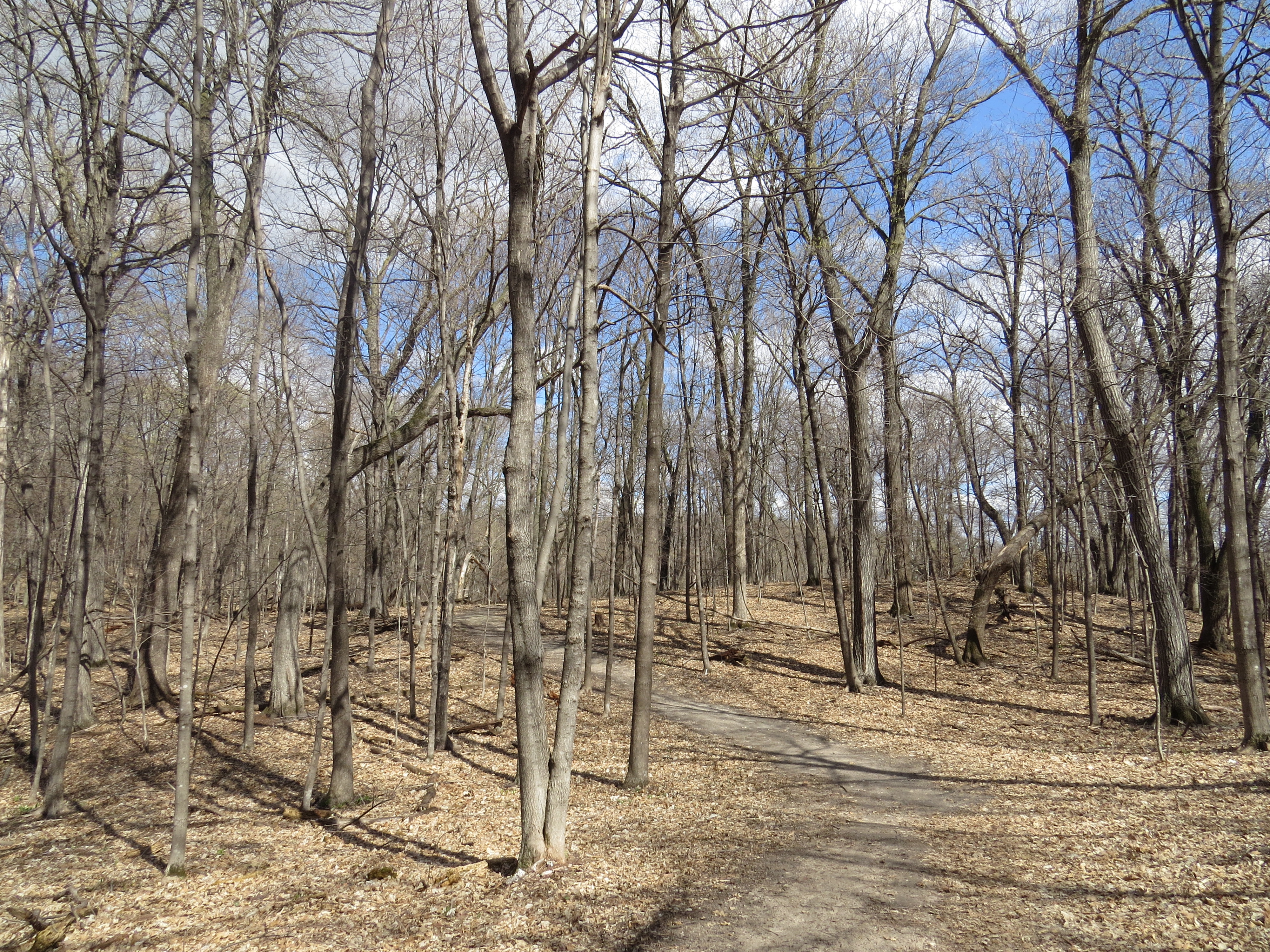
They are cautious little Peepers, because when we finally got close to the lowland water where they lived and sang, they silenced themselves when they heard our voices!
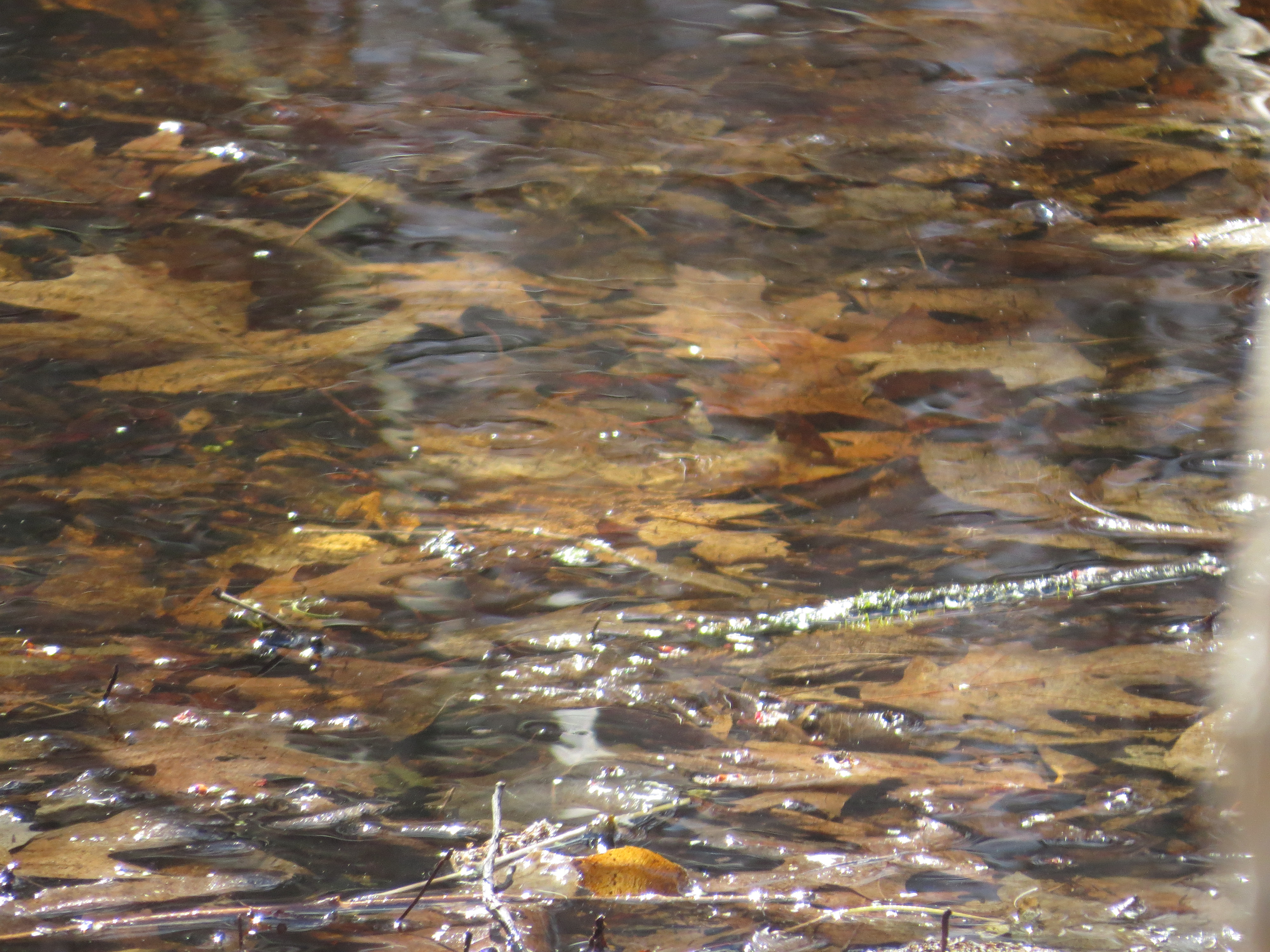
We saw more woodland art on a boulder. I suspected the origin of the etchings were from a machine that blazed the trail, but that didn’t detract from the fact that it was interesting.
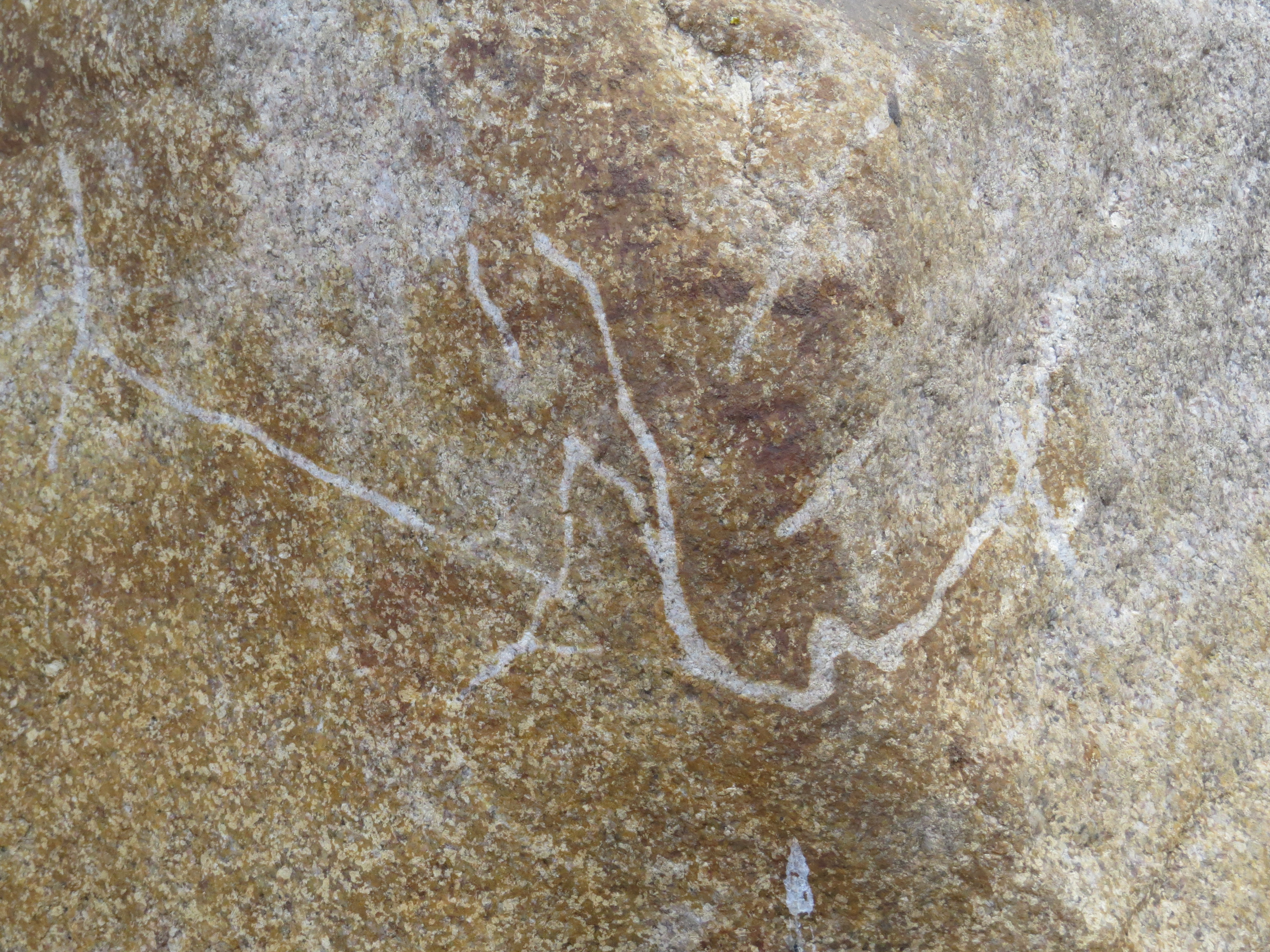
There were a few stands of Pines throughout the deciduous forest that rose in green to the blue sky. They whispered and sang in melodious concert, orchestrated by the wind.
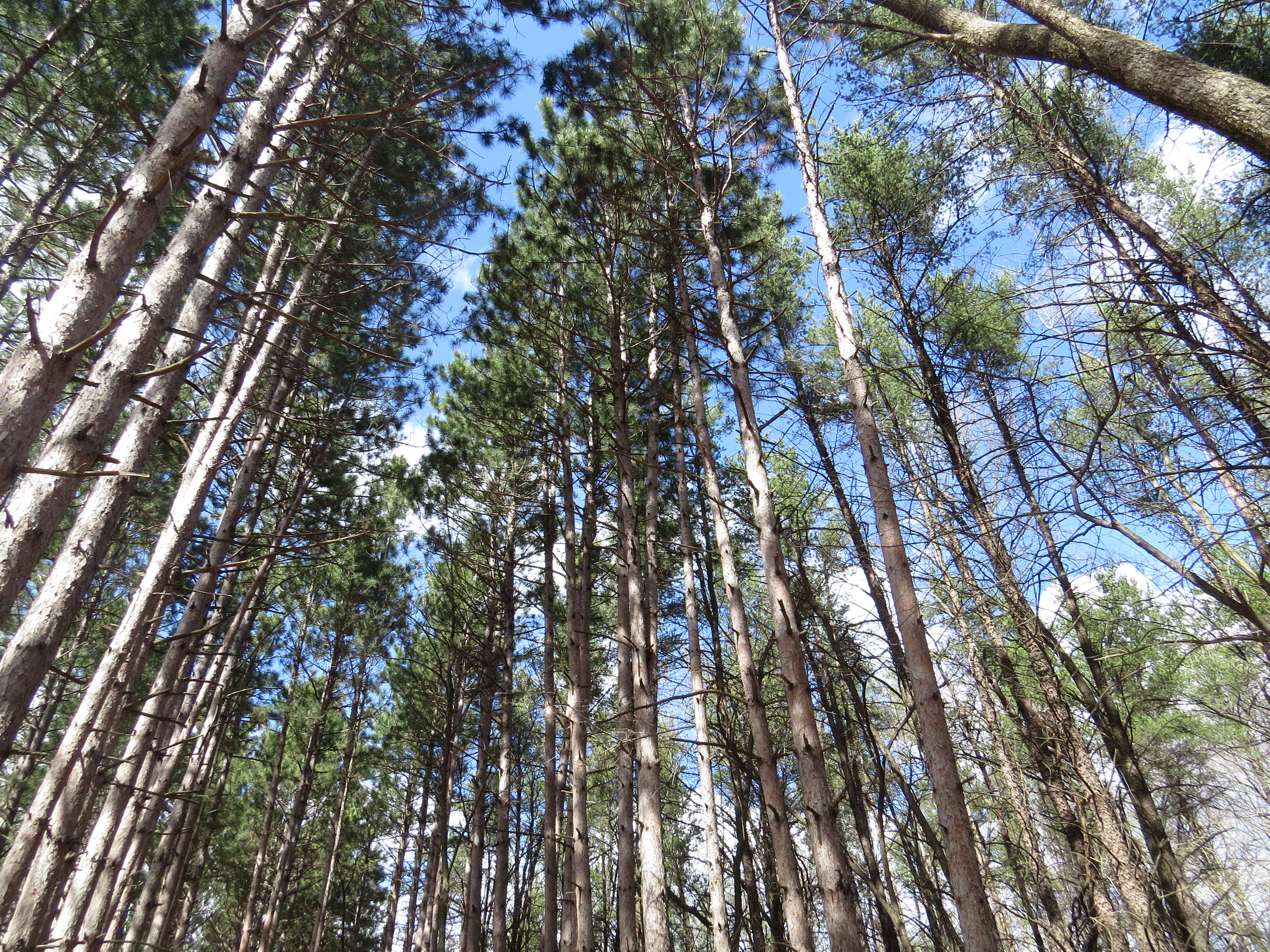
Bloodroot flowers had been unfurling in small patches or singularly by warm trees all along the trail. They are amazingly pretty white flowers that bloom while still cloaked in the curled leaves that protect them from the cold. The sap from the plant is red-orange and has been used as a natural dye. The seeds of this early-blooming flower are spread by ants, Mother Nature’s tiny workers.
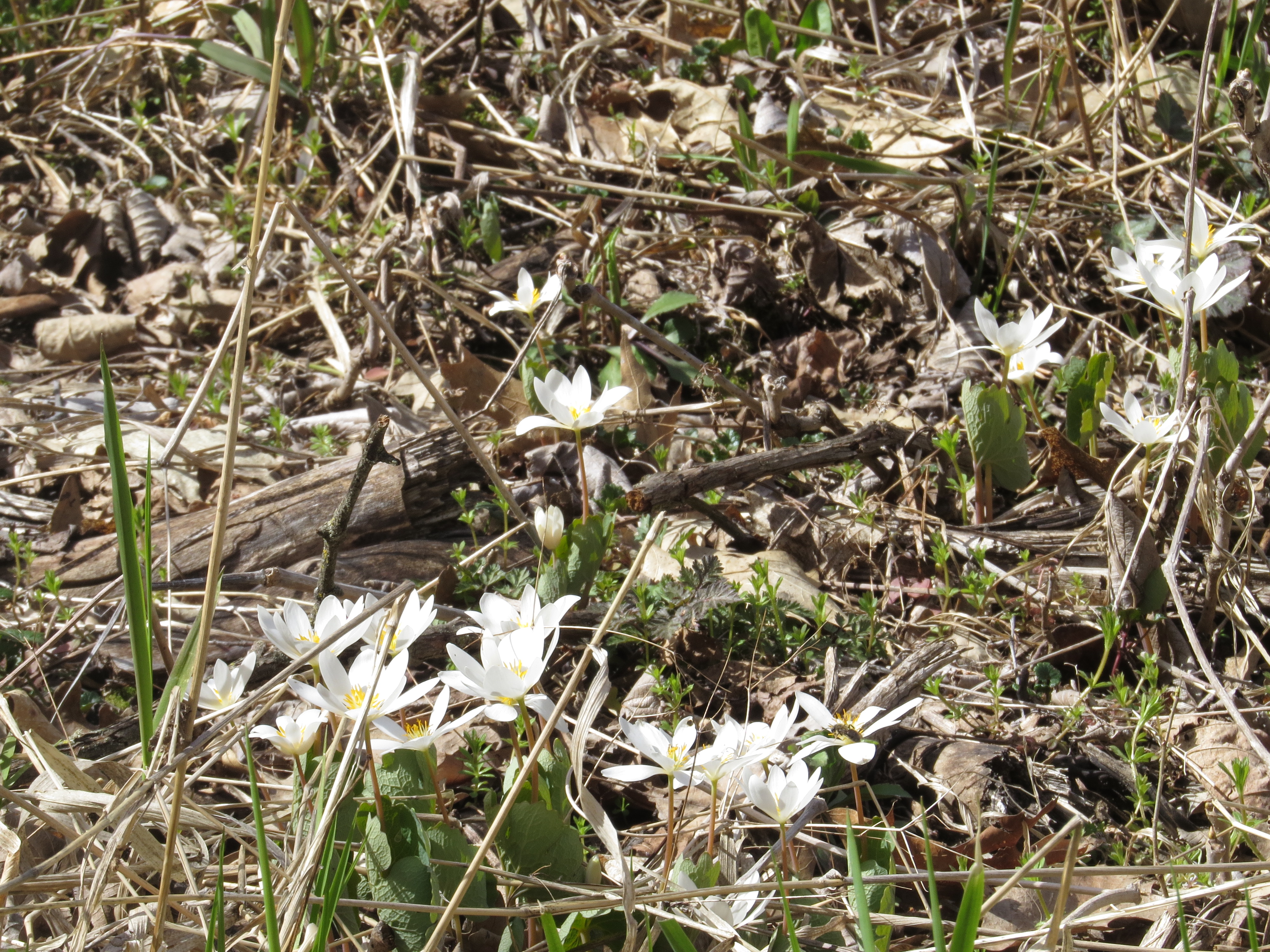
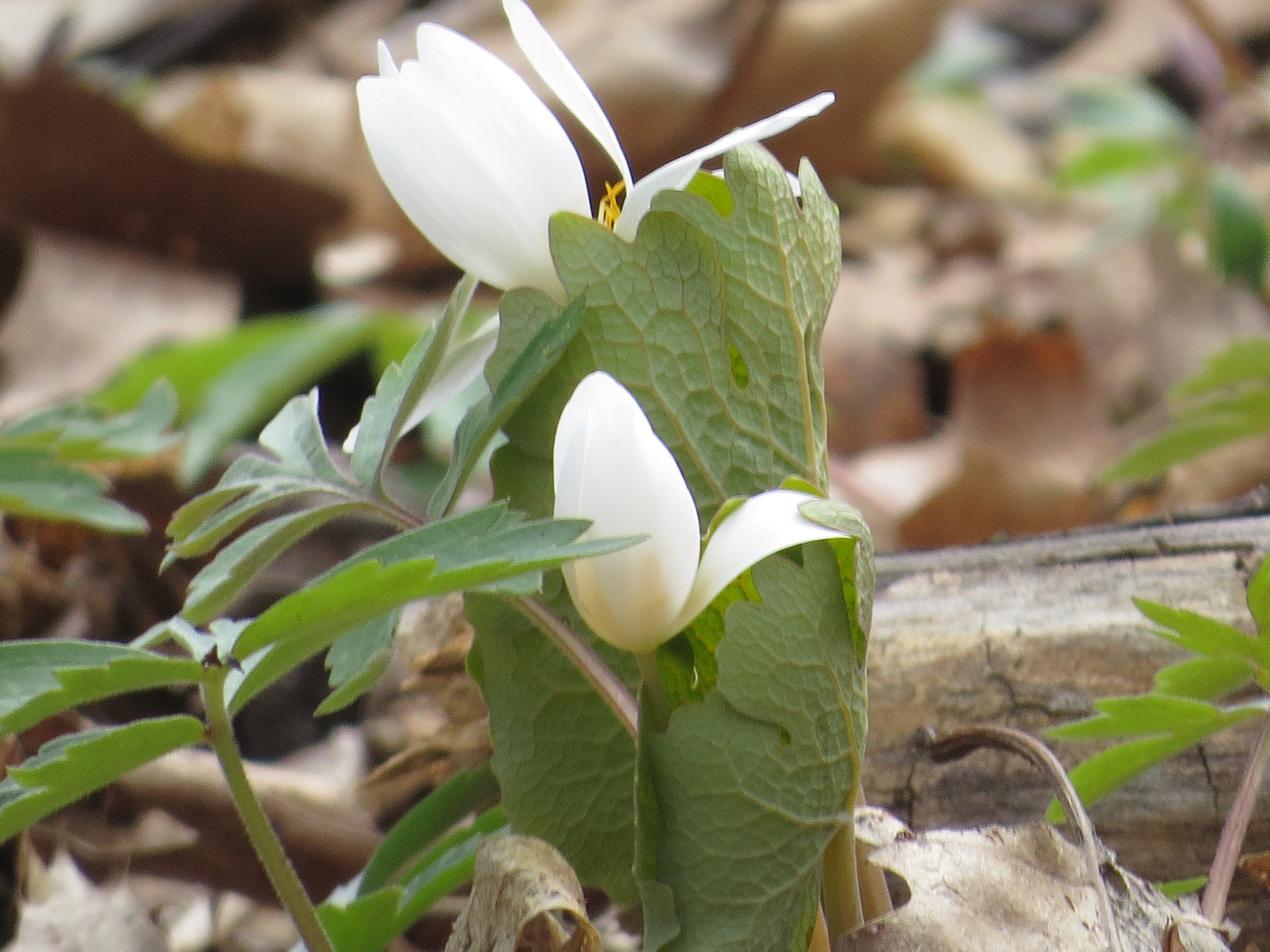
While Bloodroot is probably the first woodland flower to bloom, I was looking for other Spring ephemerals, too. About two-thirds of the way along the looped trail, I finally saw the gorgeous Sharp-lobed Hepatica bursting from the leaf litter! Like many other early-blooming flowers, Hepatica has fuzzy stems to protect them from cold nights and occasional snowy days.
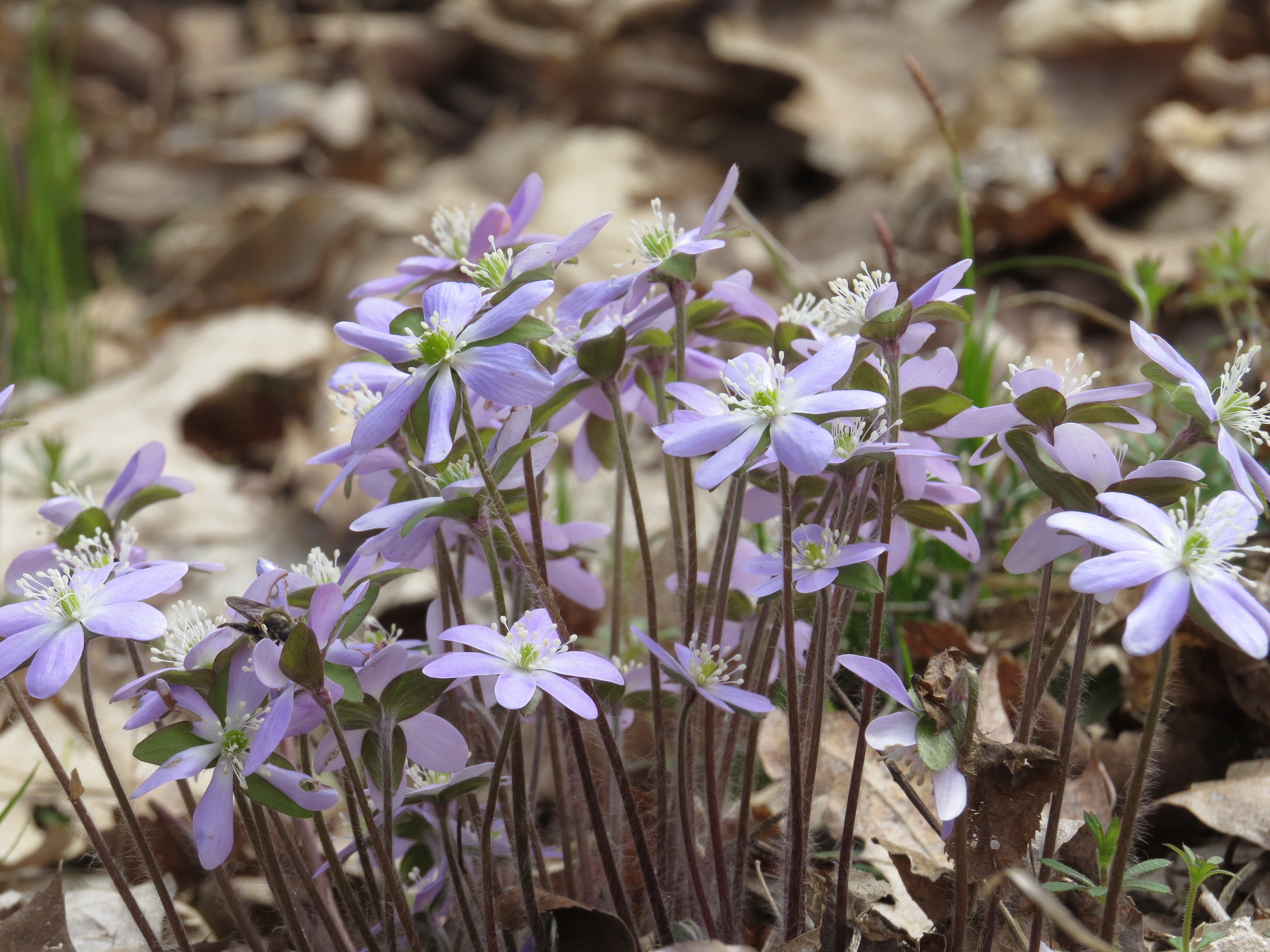
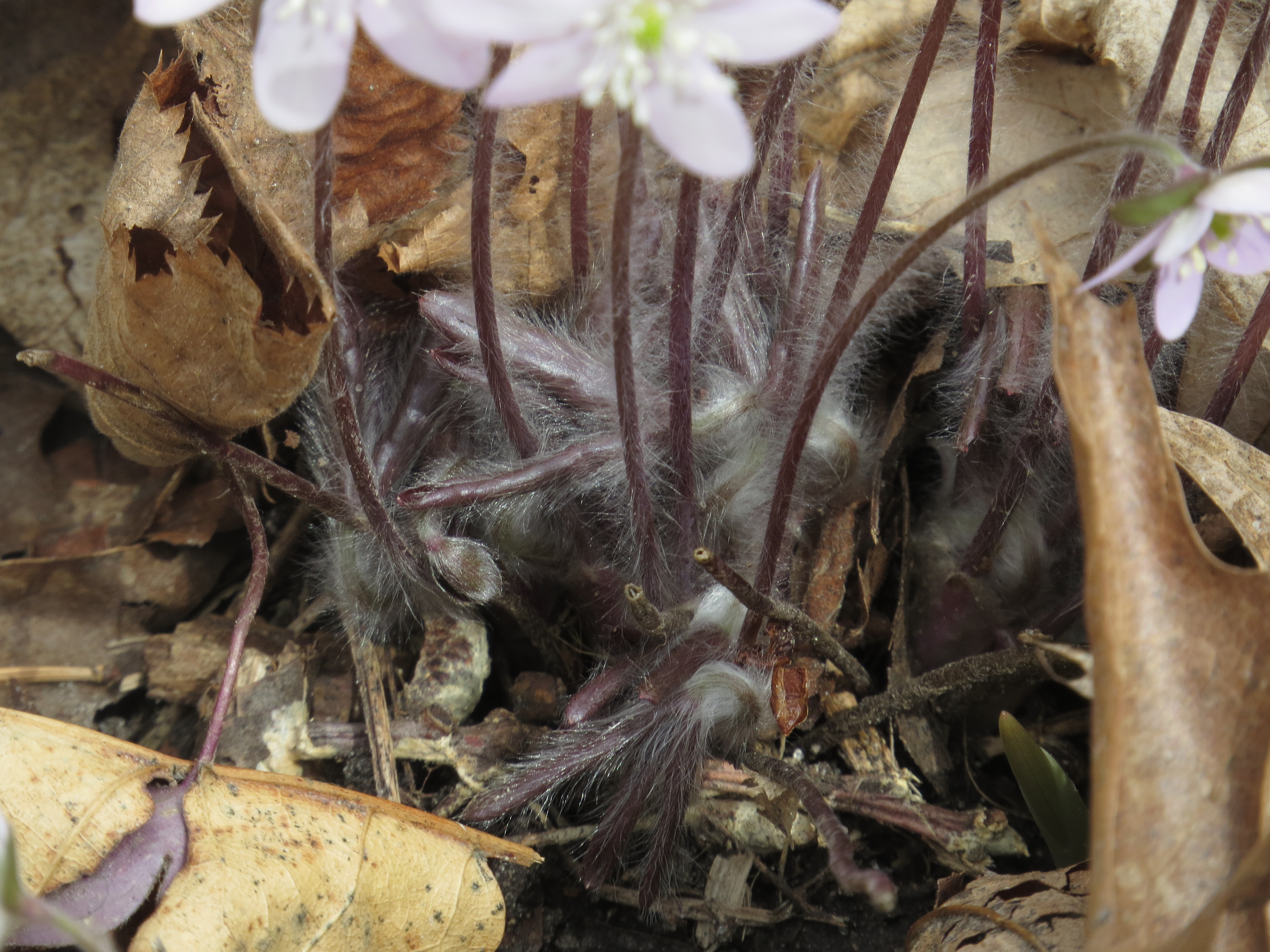
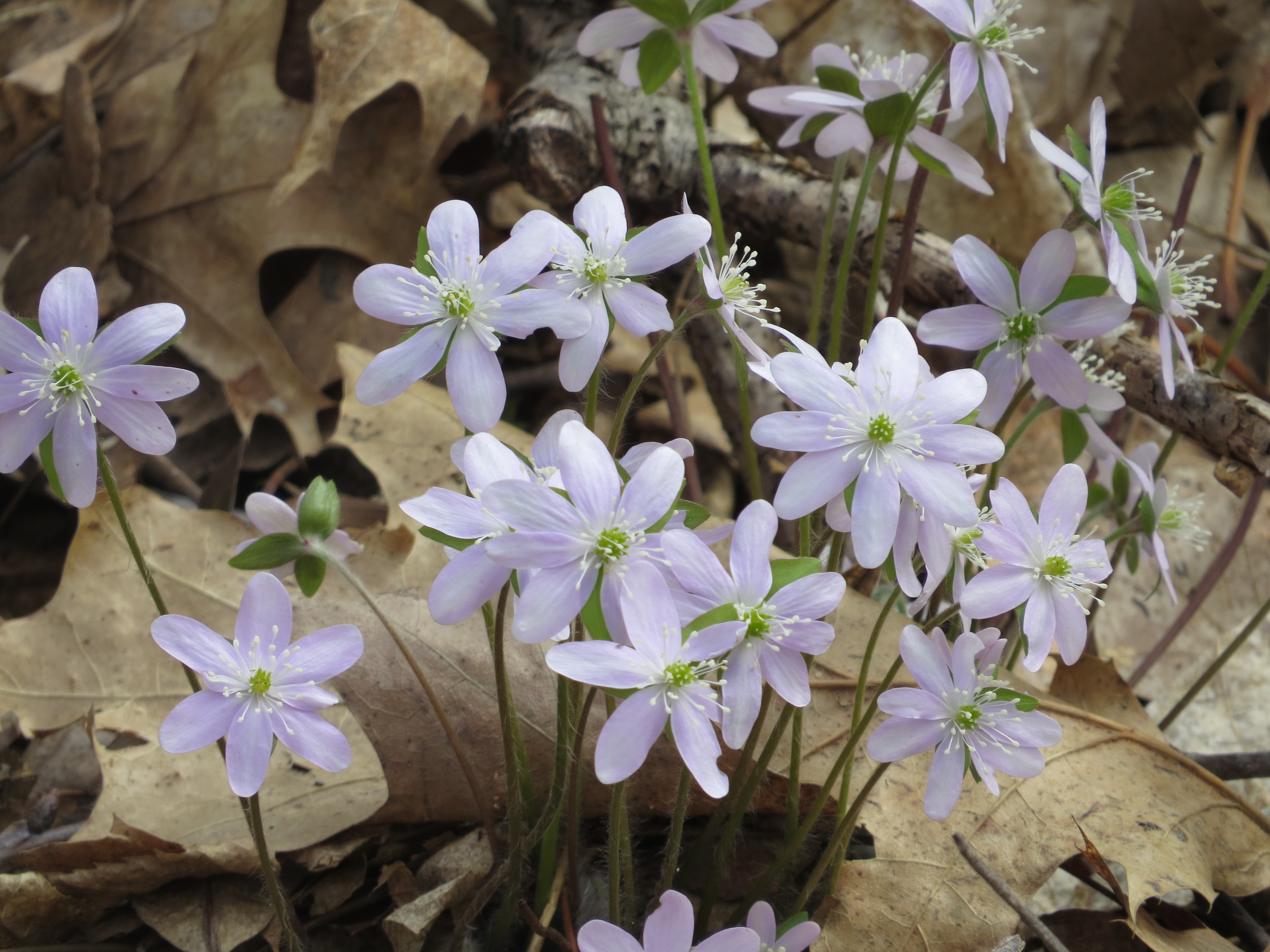
On the woodland floor, the leaves of Hepatica are usually hidden under the old leaf litter, but beside the warmth of a large tree trunk that is flowing with sap, the flowers are displayed with old and new leaves.

Fame is something many aspire for, perhaps even more so in this YouTube/TikTok age, but many who have acquired fame lament how it impacted their lives. Albert Einstein said, “It is strange to be known so universally and yet to be so lonely.” Elvis Presley is quoted as saying, “Fame and fortune, how empty they can be.” When fame comes from the outside, whether that is from media coverage of George Floyd’s death or millions of followers on social media or the latest, greatest singer (both of which I have no idea who that is since I don’t follow things that way), the story is written by the outsiders. Imagine for yourself a life of fame from the inside.
“Fame for me is not external, it’s internal. So I’ve been famous for a long time.” –Lady Gaga
What are the origins of our internal fame? Our personalities, our God-given talents, our penchants and skills, and the qualities that were nurtured in childhood all add up to make each one of us an interesting and compelling person. We are each famous in our own unique way, no matter how many ‘fans’ we have. So we have to ‘own it,’ and I’m talking to myself here. The ‘famous’ highest point in the park was the least interesting thing about it! Look closely at yourself. Find your beauty. Listen to your subtle song. Appreciate your gifts. Claim your fame.

